Cafeteria anxiety: Walking around without company is probably the most difficult part of the cafeteria adventure
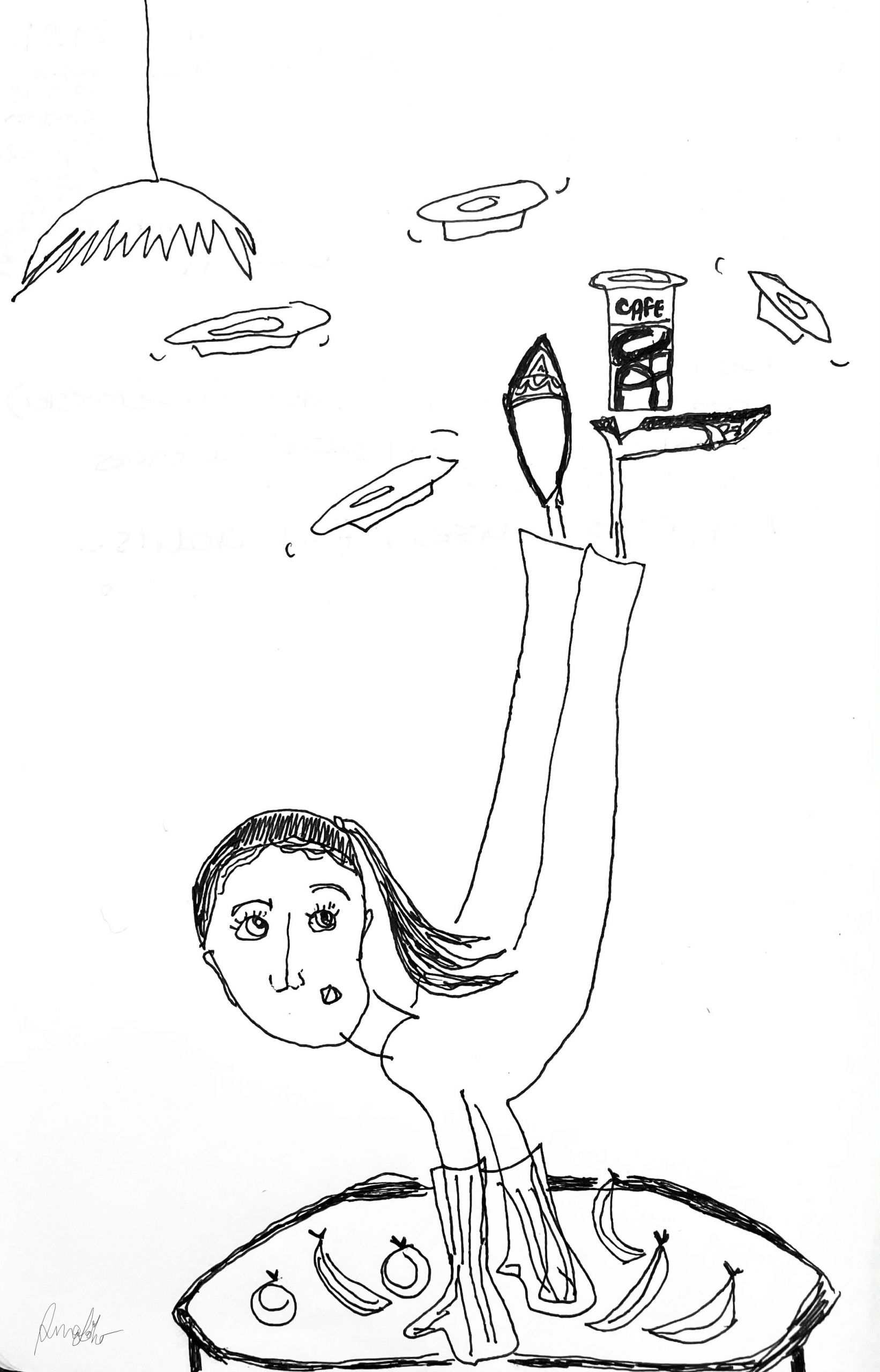
(Illustration by Anna Loehr)
With campus opening again, the cafeteria is unavoidable. It is a student magnet. When the rain is pouring down outside and you have been at CBS since eight in the morning, a coffee feels lifesaving. When you are on a break in class, and you are running out of small talk, you are happy to walk to the cafeteria. When class is over, and you have just exactly too little time until the next lecture to go home, a lunch and study session proposes itself.
However, the rosy image of the cafeteria as a place of refuge is stained by a bitter aftertaste. The feeling of being watched and judged.
Last year when I started at CBS, I came straight from a folkehøjskole (boarding school), where I spent most of my time in the dining hall. Even though I connected dining halls with cozy tea sessions, chess games, and Sunday brunch, when I walked towards CBS cafeteria at Dalgas Have, I could not help thinking of one moment that still makes me blush.
On my first kitchen duty at the folkehøjskole, my task was to collect all the dirty plates. I piled plates upon plates on the assigned wagon. The tiny threshold on the way to the kitchen seemed to be no further risk, and so I dragged the overloaded wagon towards the kitchen. But, with a big crash, the plate pile fell. Down, to the side, away. Nothing broke but the whole dining hall went silent, heads turned, the kitchen staff was about to yell, and I was as red as a tomato. So, I was lucky to find that at CBS at least, the coffee comes in paper cups.
Instead of getting coffee, I could also get that fancy water with vitamins, which must be much healthier
Once inside the cafeteria, I am tempted to walk the path marked in red, as a way out. But no, to keep out of mischief, I follow the green line along beside the coffee machine, and towards the food display.
I find myself to be indecisive. The filter coffee costs less, still there is a risk of it having an unbalanced water ratio, and tasting more like tea. Also, I am already spending money, so maybe I will just go for the Café Latte? Small? Or large? Hectically, I try to orientate myself by what others are doing. Instead of getting coffee, I could also get that fancy water with vitamins, which must be much healthier, and also has some caffeine.
Glancing across the assortment, sandwiches, and salads and cakes catch my interest. They look a lot better than the ryebread with hummus I packed this morning, two minutes after I woke up, and two minutes before I grabbed my keys and left. And a real sandwich would at least offer some competition to my friends’ nicely packed healthy, vegan influencer lunches. Still, I probably should not get the sandwich with meat, since I respect the environment and the animals or at least I respect the people who do.
The checkout machine starts blinking. My payment did not go through. Is it my German card?
I find myself at the checkout machine with a filter coffee and a salad. This seemed like the right mixture for my consciousness, even though the ghostly image of a trash can full of paper cups that you encounter when finally leaving a classroom, appears in my mind. The checkout machine stares at me.
Denmark is probably the only country where that system works and students actually pay for what they take. Well, Danes also leave their strollers including babies outside restaurants. The checkout machine starts blinking. My payment did not go through. Is it my German card? Do I still have money on my card? Yes, I must have. Or? I’m thinking about who to ask for money when the kitchen staff appears and unlocks the machine. Without further problems, I check out, but all of this has taken a while, and my friends have strolled on, leaving me with the impossible task of choosing where to sit.
Walking around without company is probably the most difficult part of the cafeteria adventure. Vulnerably, I walk past several tables, hoping not to run into some former date, or people I had awkward breakout room conversations with.
Of course, I feel like everybody is talking about me, but I know that really nobody cares about who I am. We are a group of 20,000 more or less strangers at CBS, and even if I am not wearing a white, tidy, businessy shirt, I do not stand out. Finally, I spot my friends in the very last corner, and my steps gain confidence.
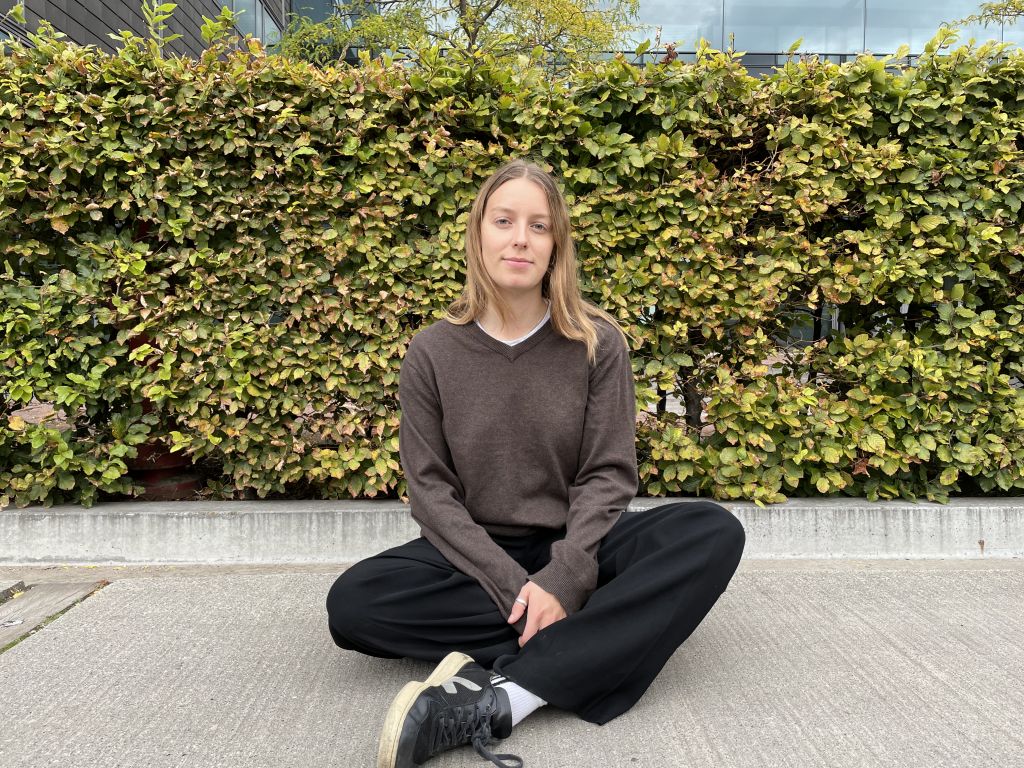
Anna Loehr. (Foto by Mette Koors)
Still, I play with the thought of sitting somewhere new today: maybe with those who I have not really talked with since Corona separated our class in November. I almost stop, but then I hear them speaking only Danish, and before I drink that coffee, I do not have the energy to follow a Danish conversation.
So I smile, nod, and pass. This is not all too bad, and nothing like the American boarding school I once attended. There football boys, dancer girls and the nerds were distinctly divided into those choosing the salad bar and those who ate two hamburgers for brunch.
As I finally sit down with my friends, I have acknowledged that university cafeterias are not like the ones in American high school films: There is no potato mash, and there is no ranking of the cafeteria levels at Solbjerg Plads. The only thing all students get really excited about is free food.



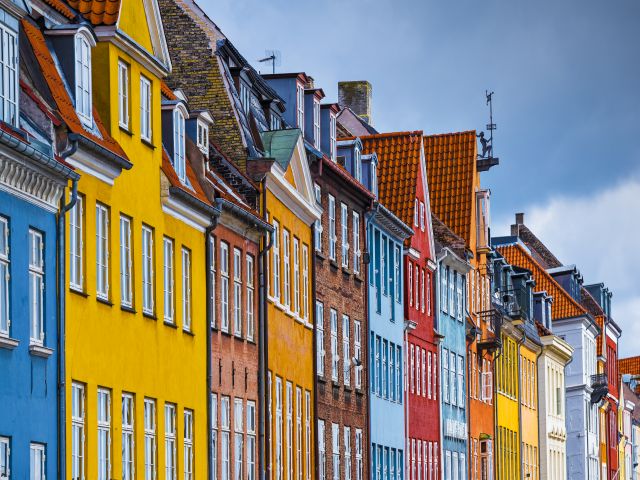
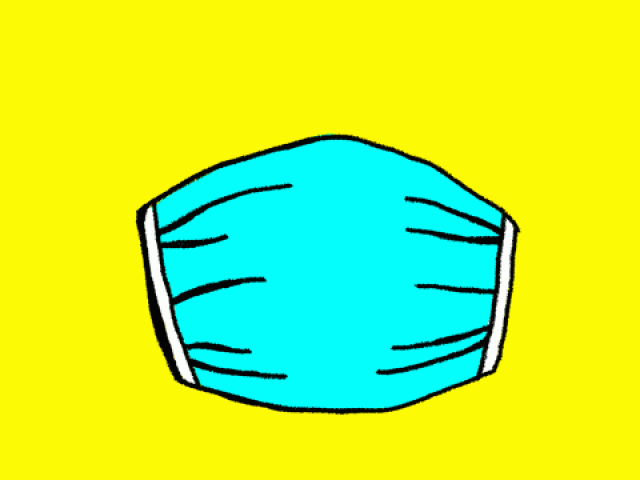
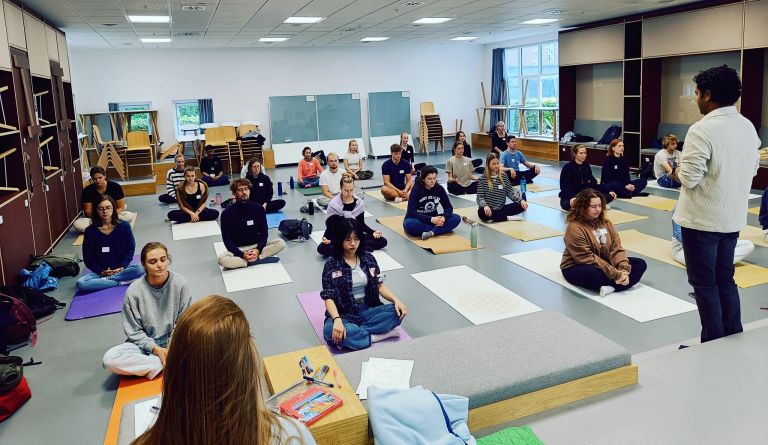
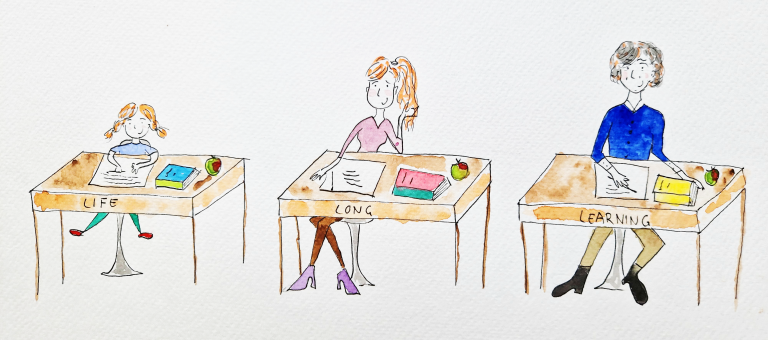
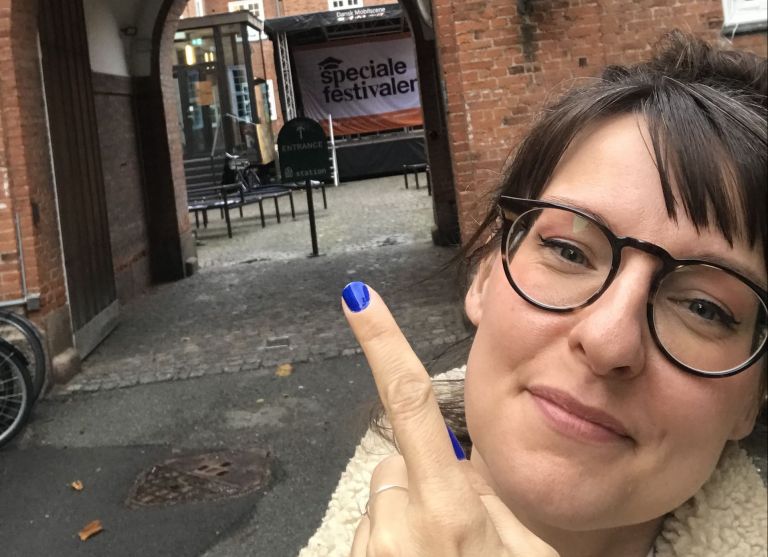
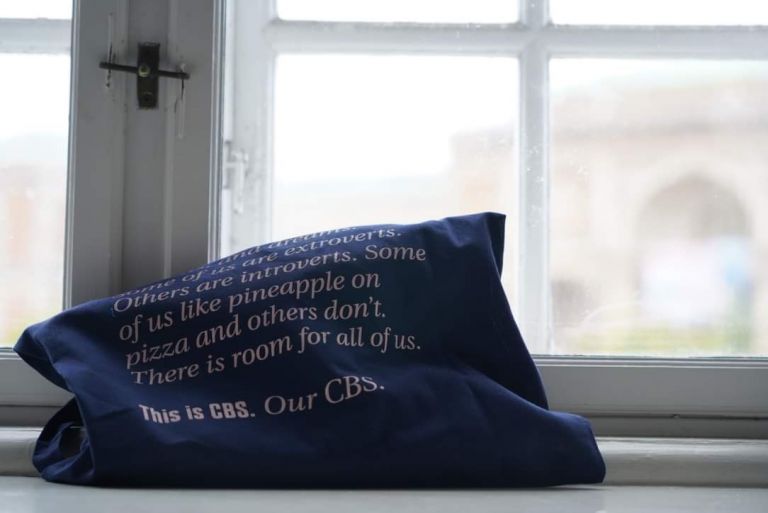
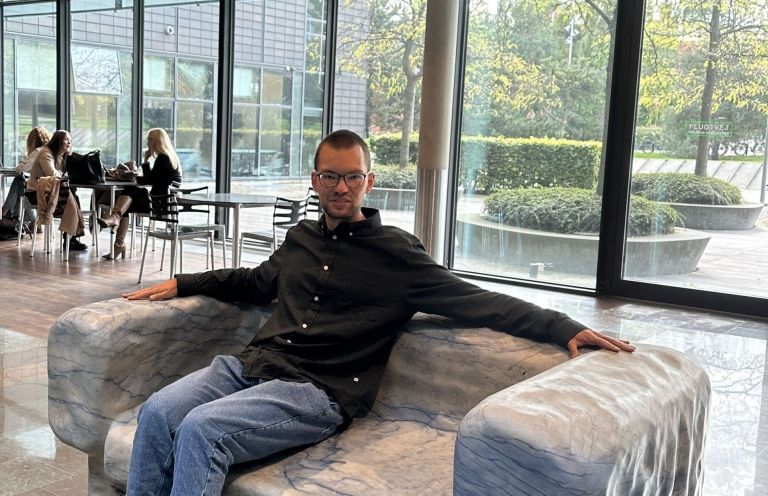
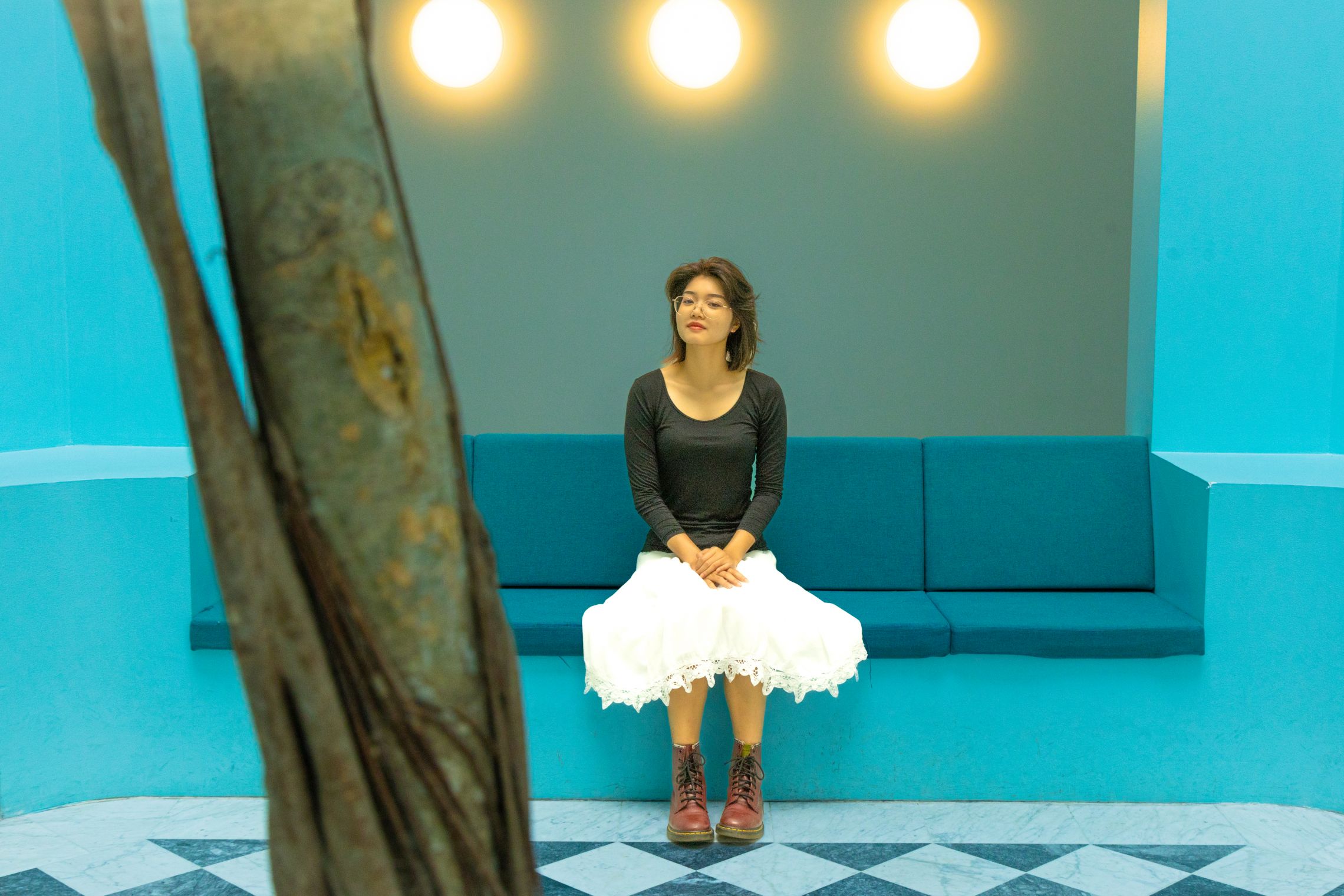
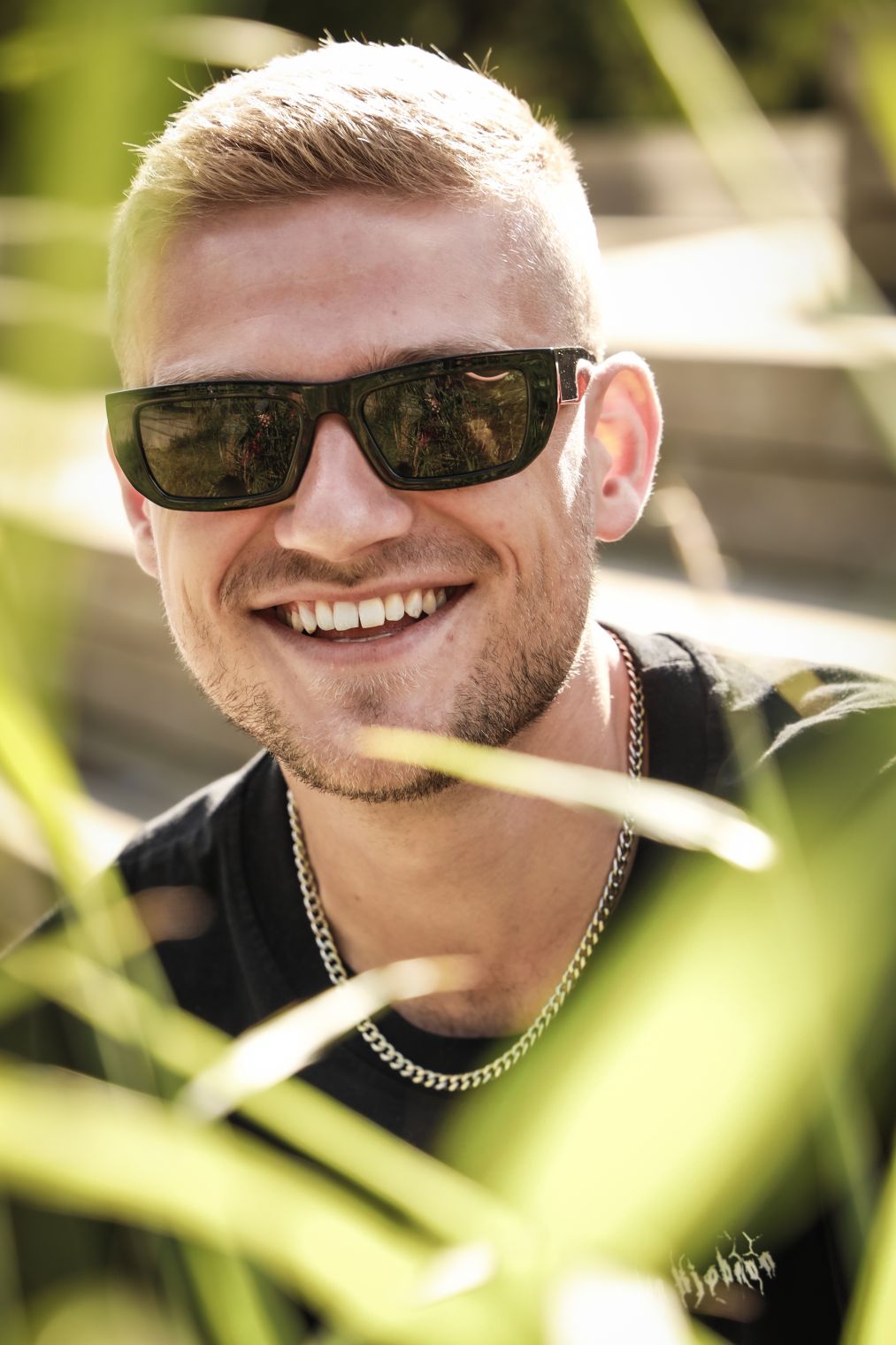
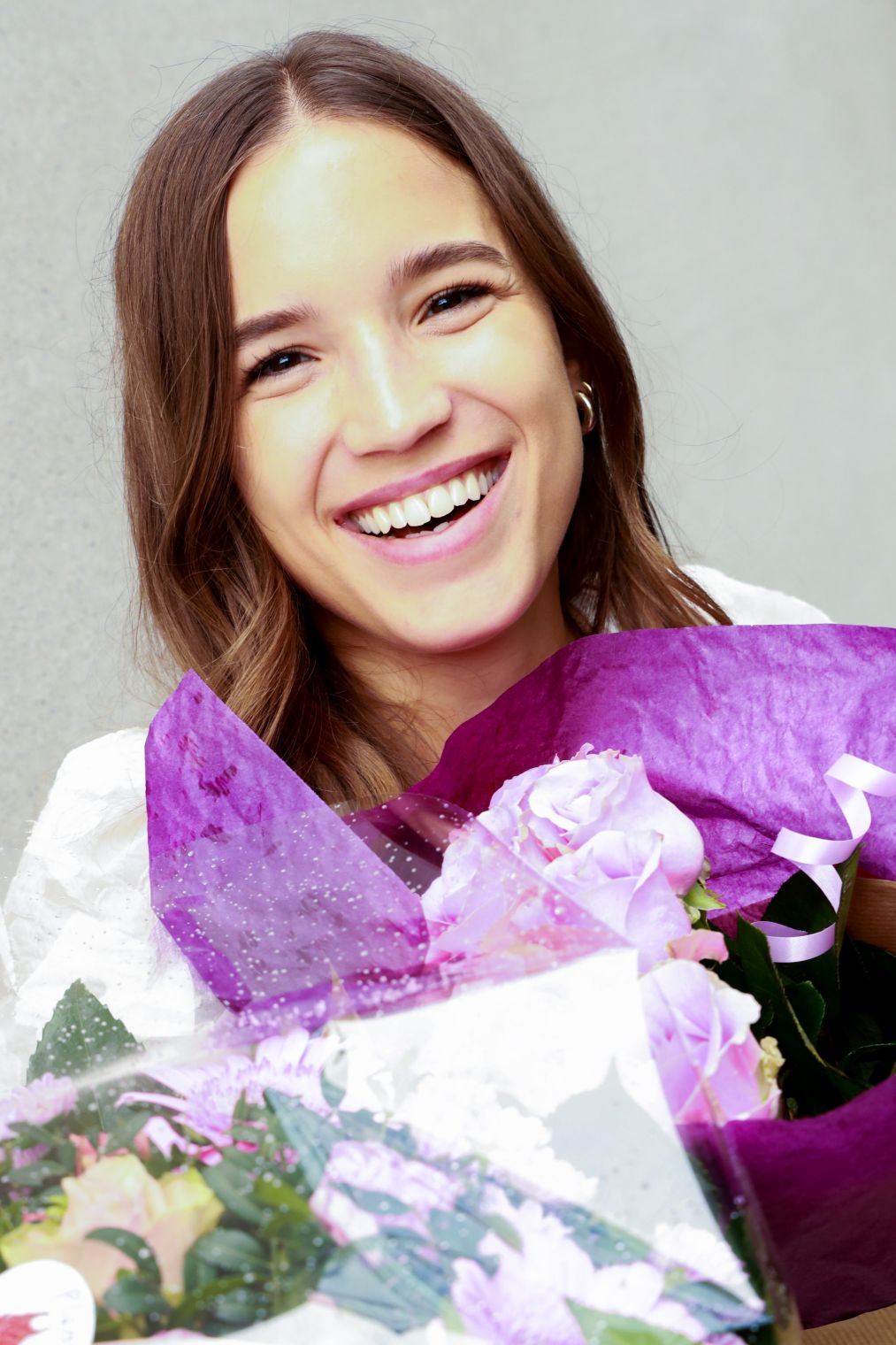
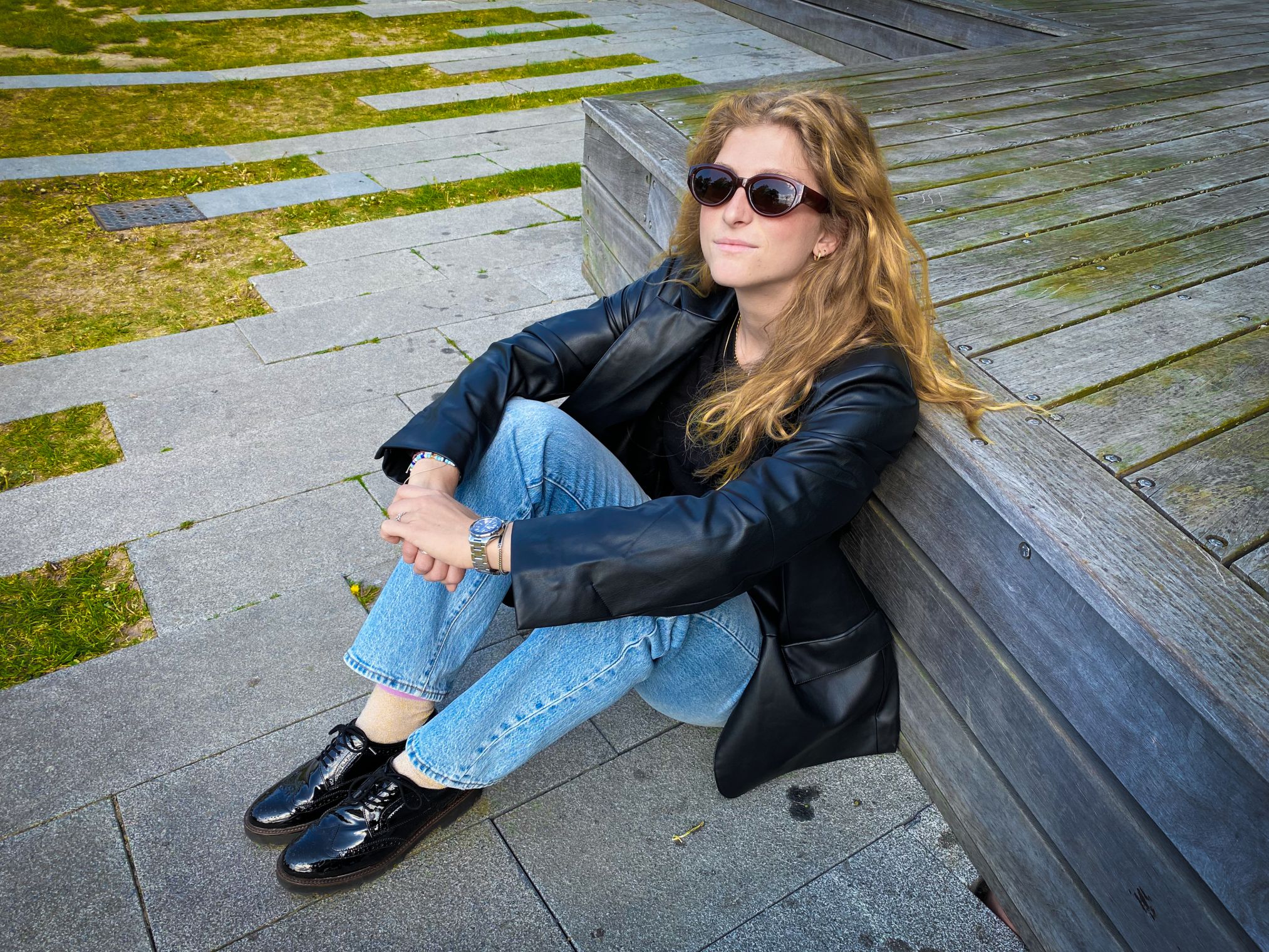
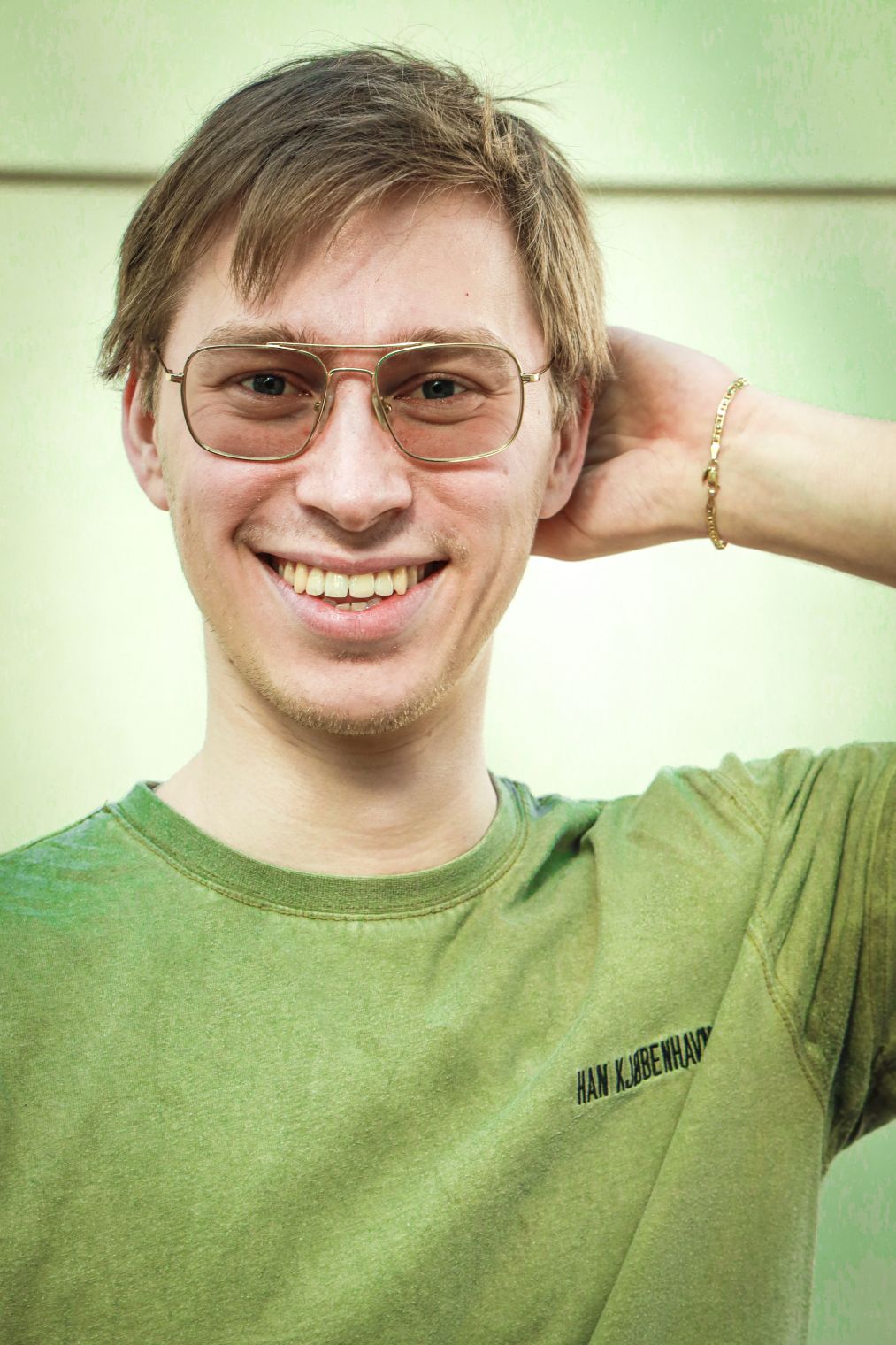
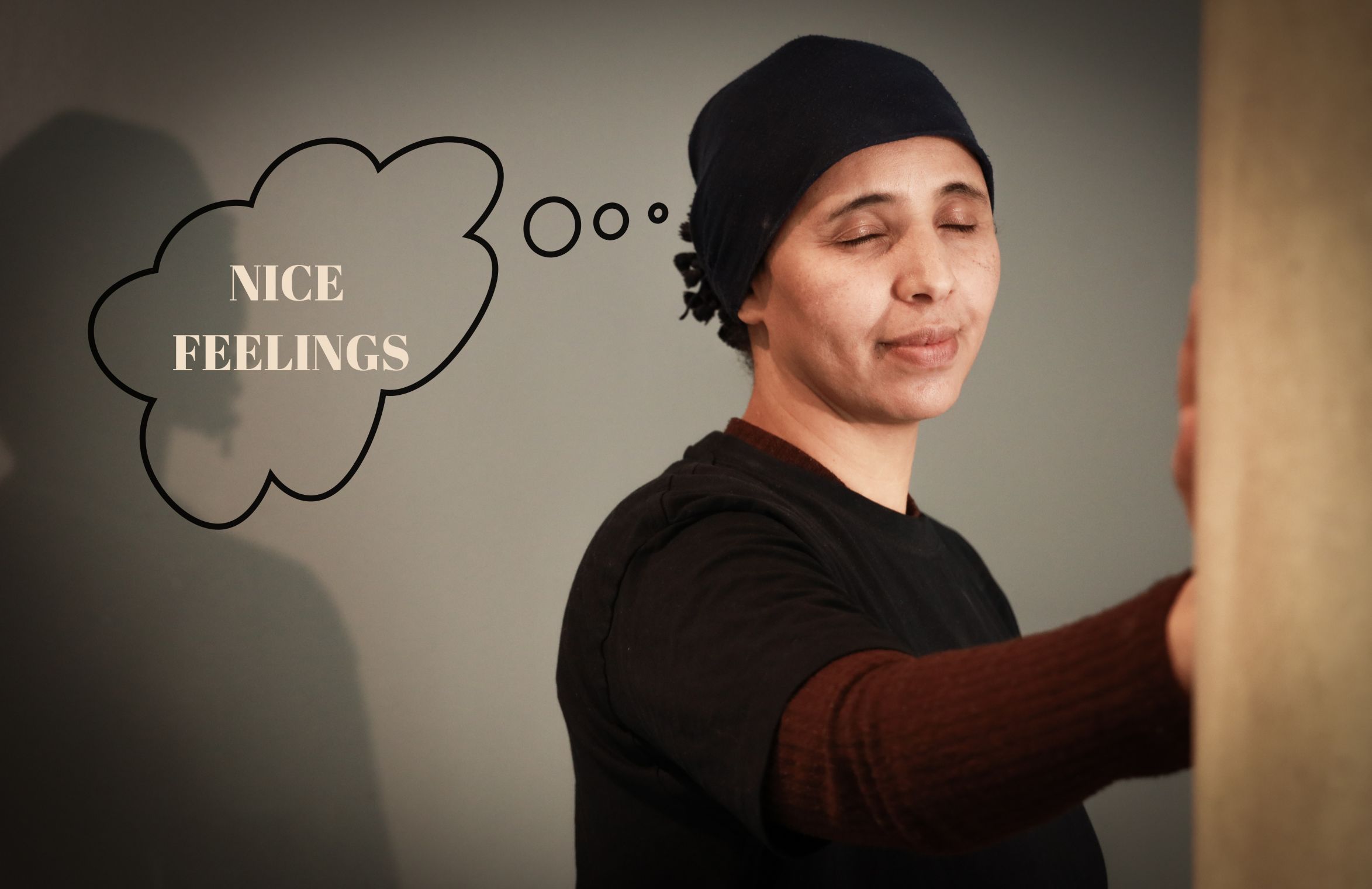
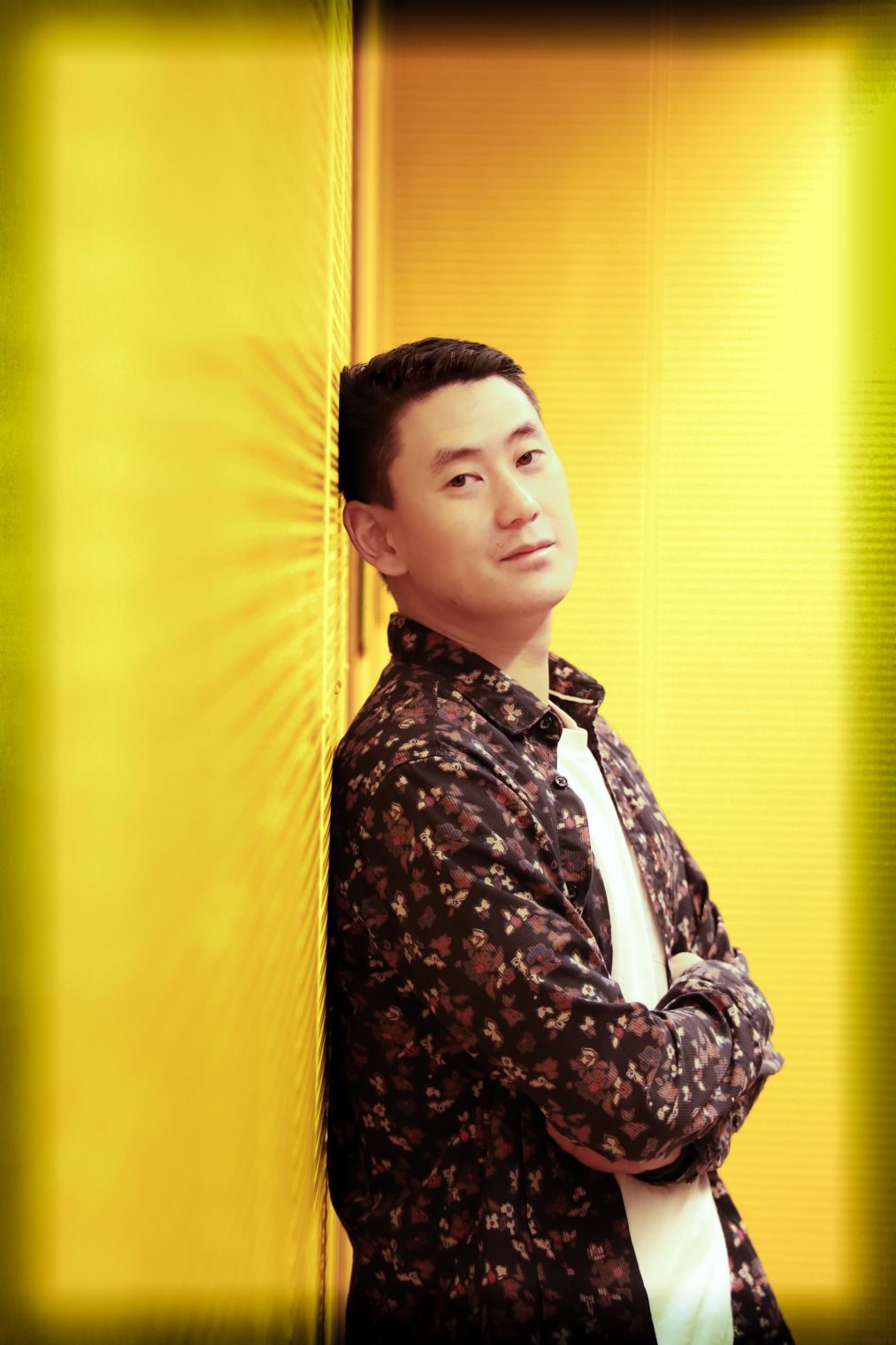
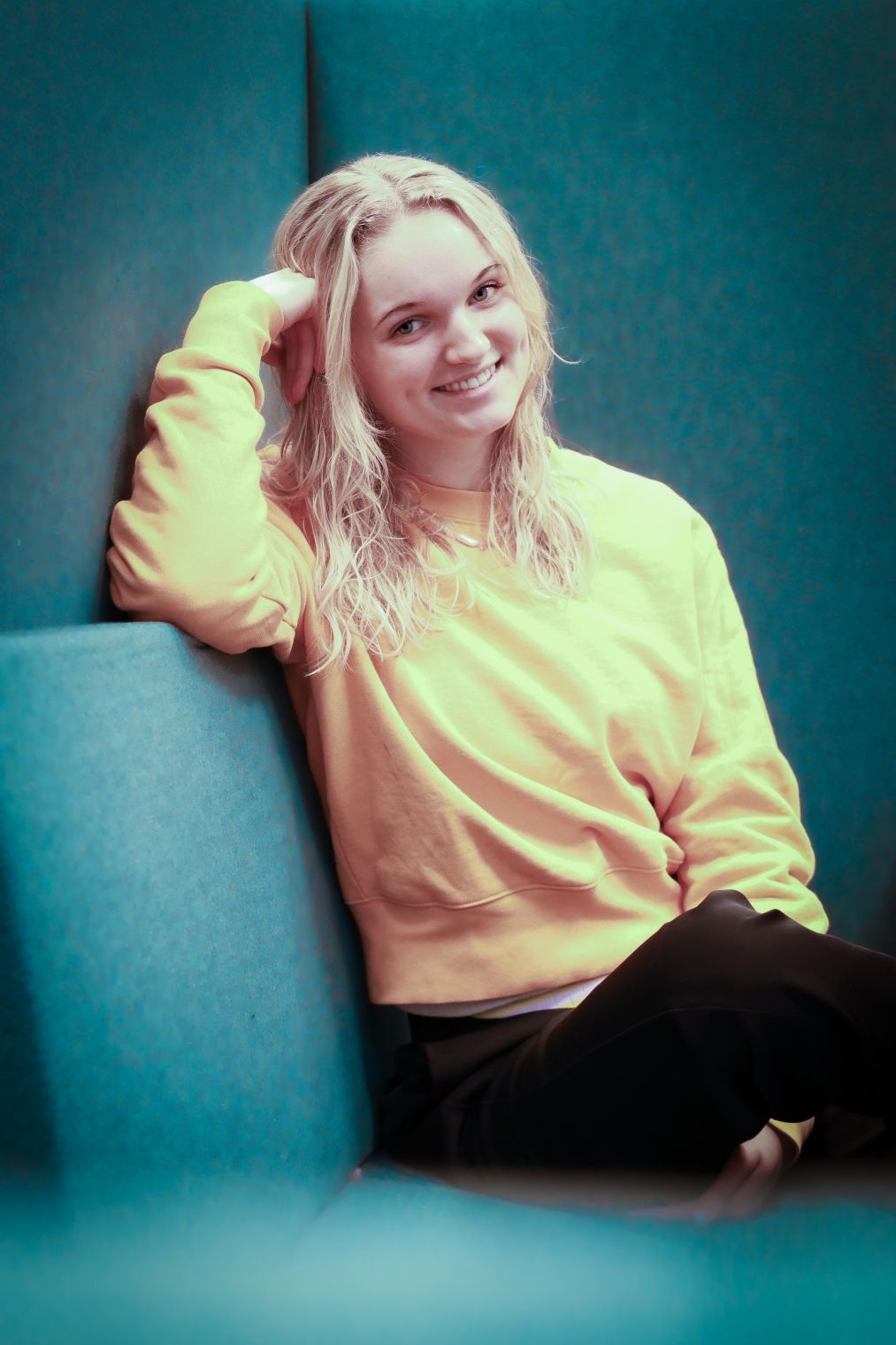
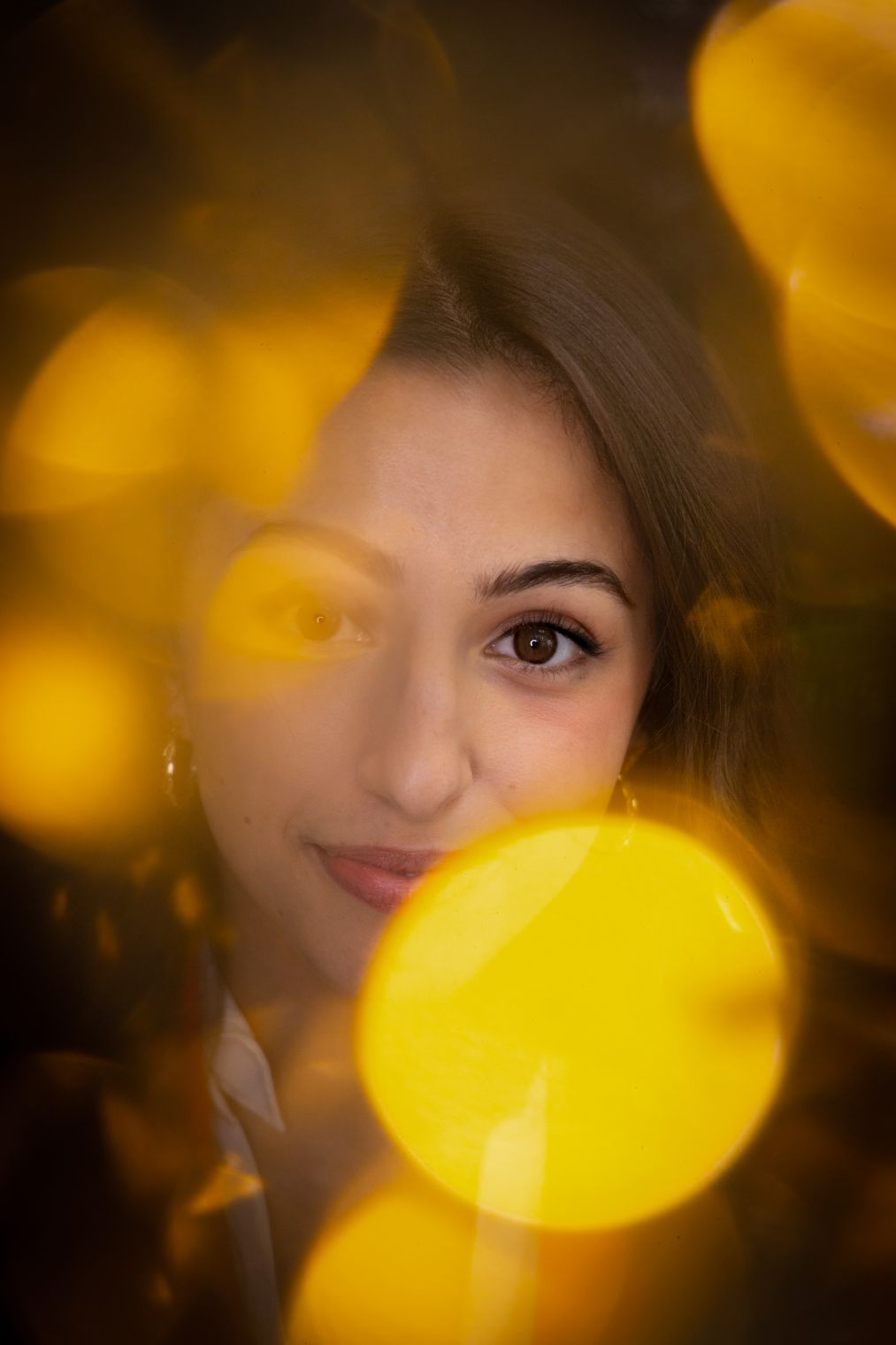
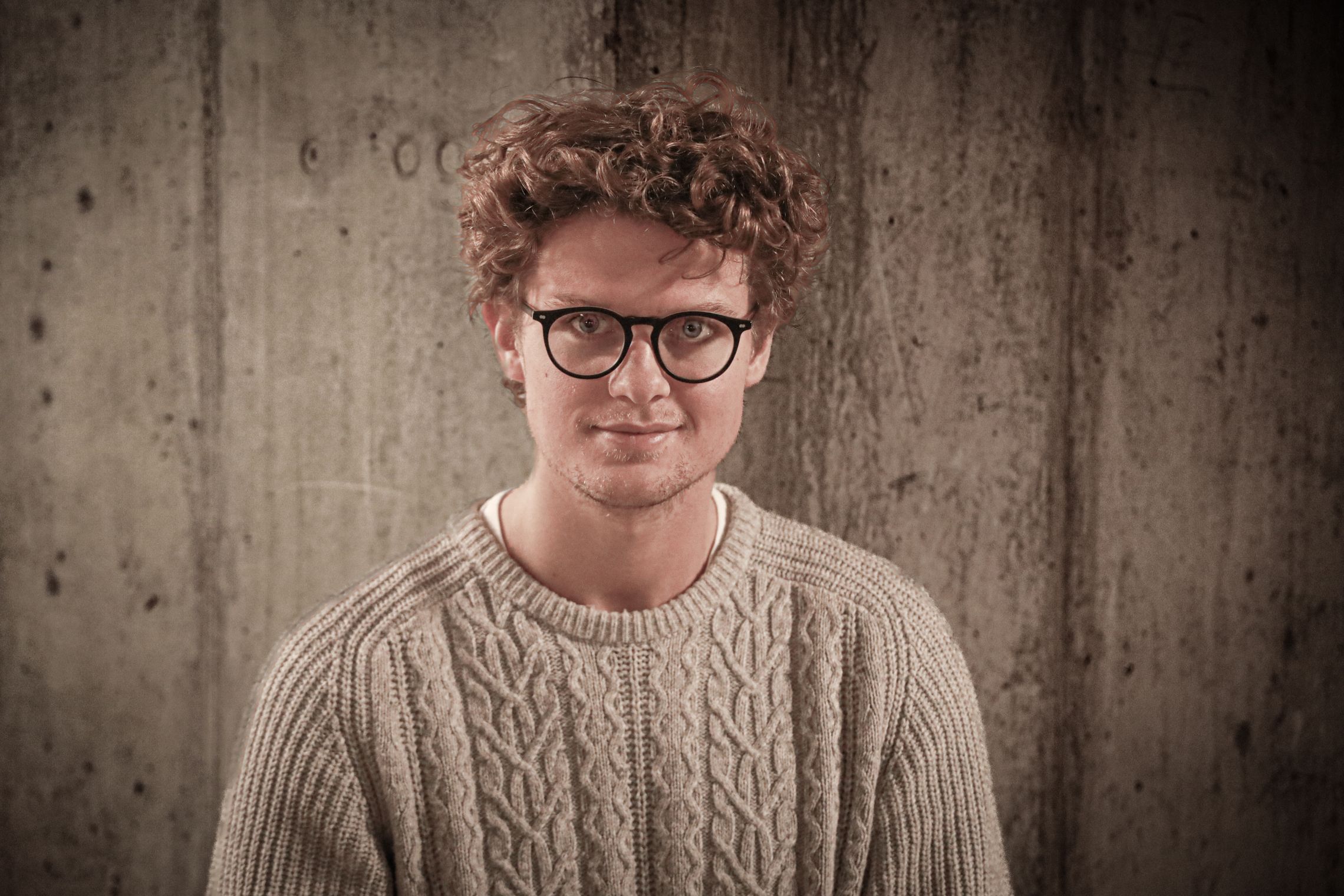
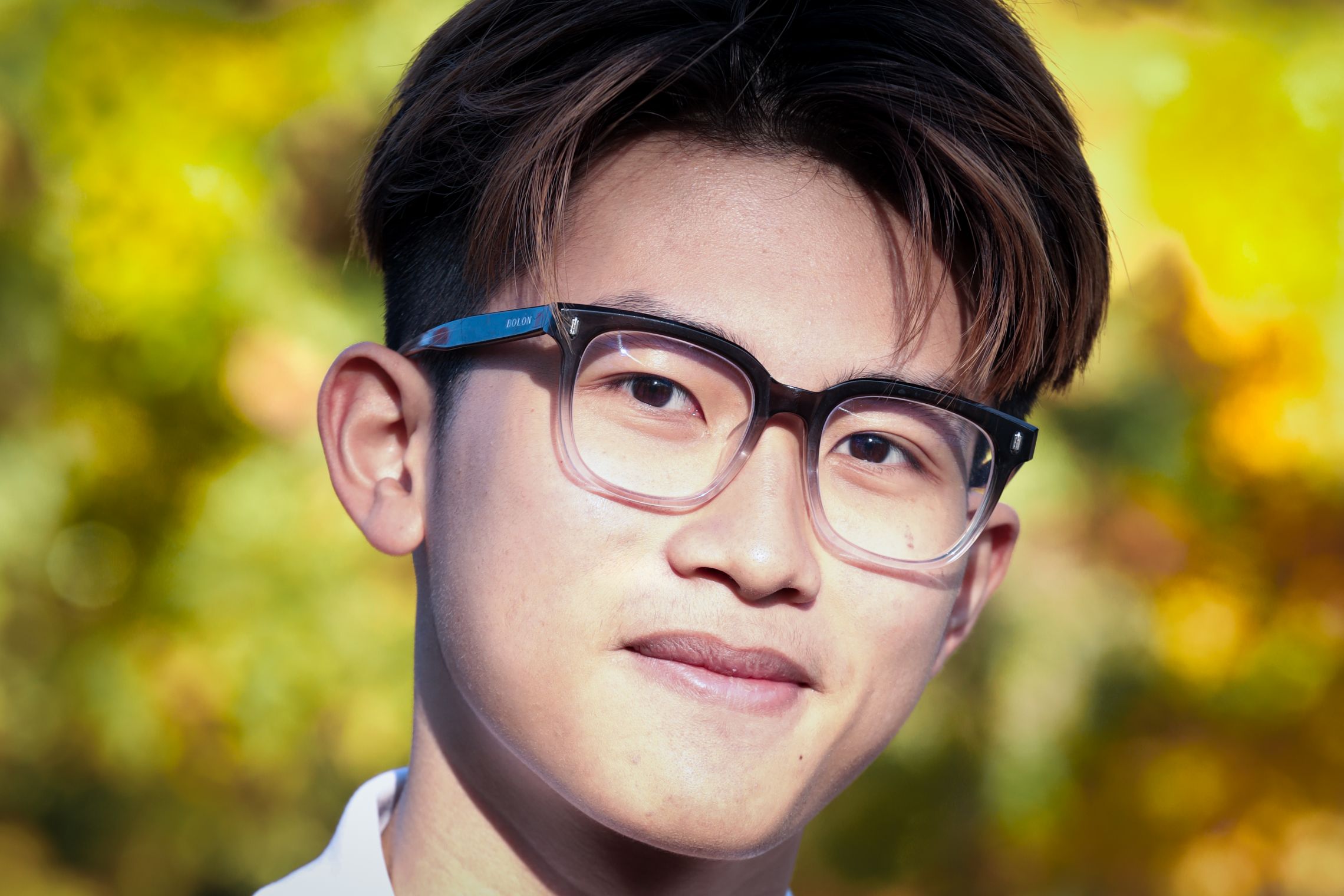
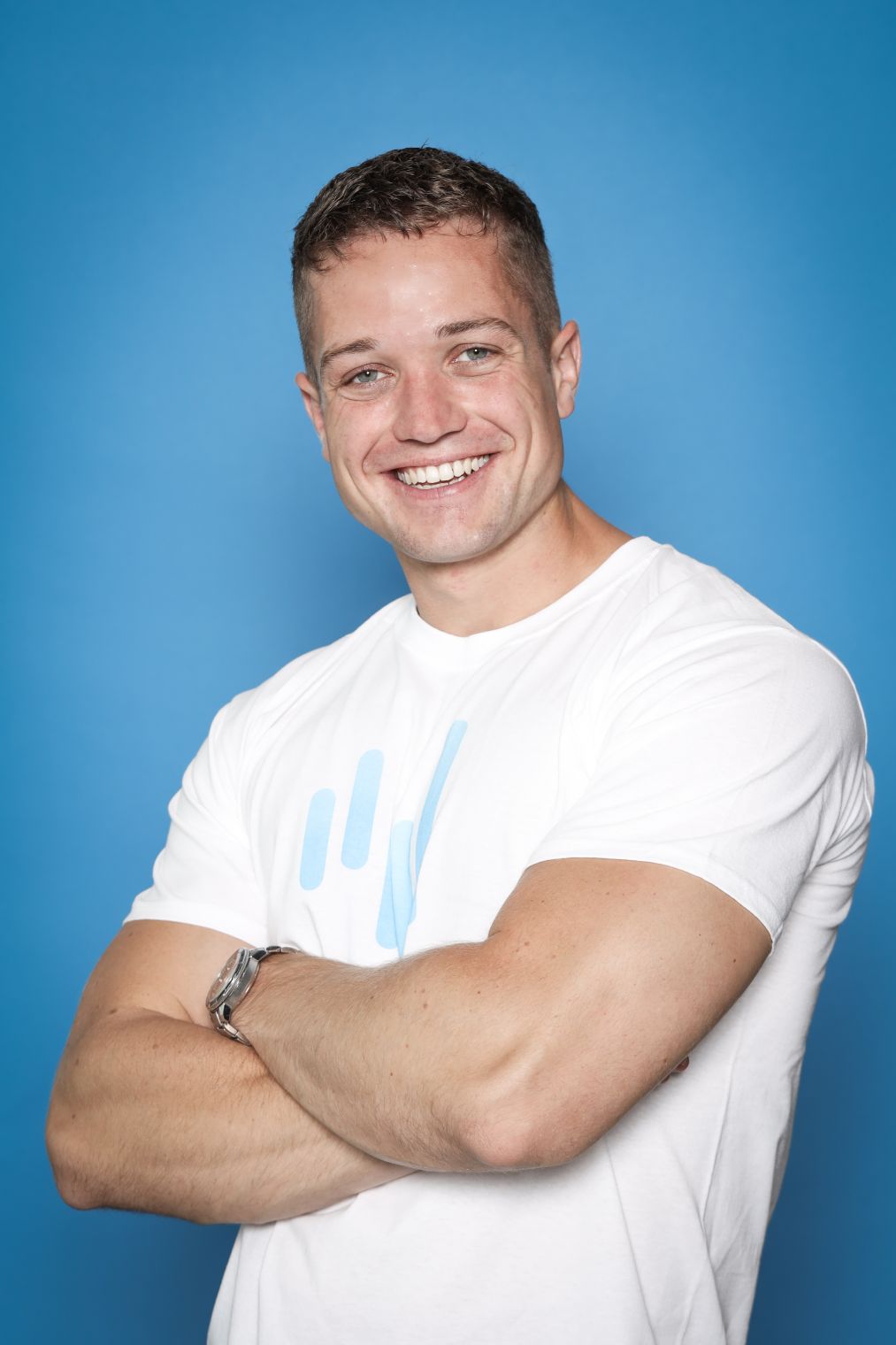
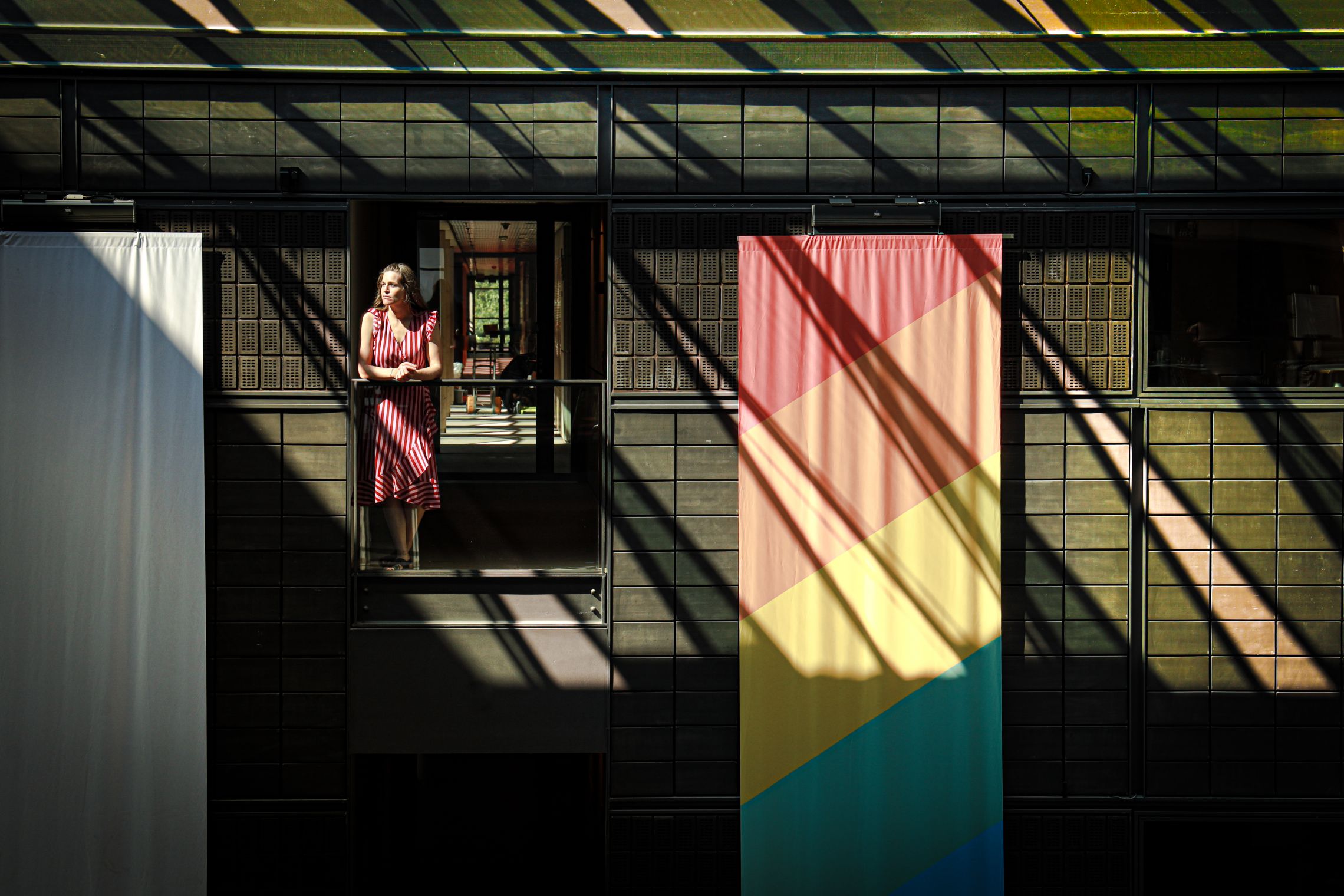
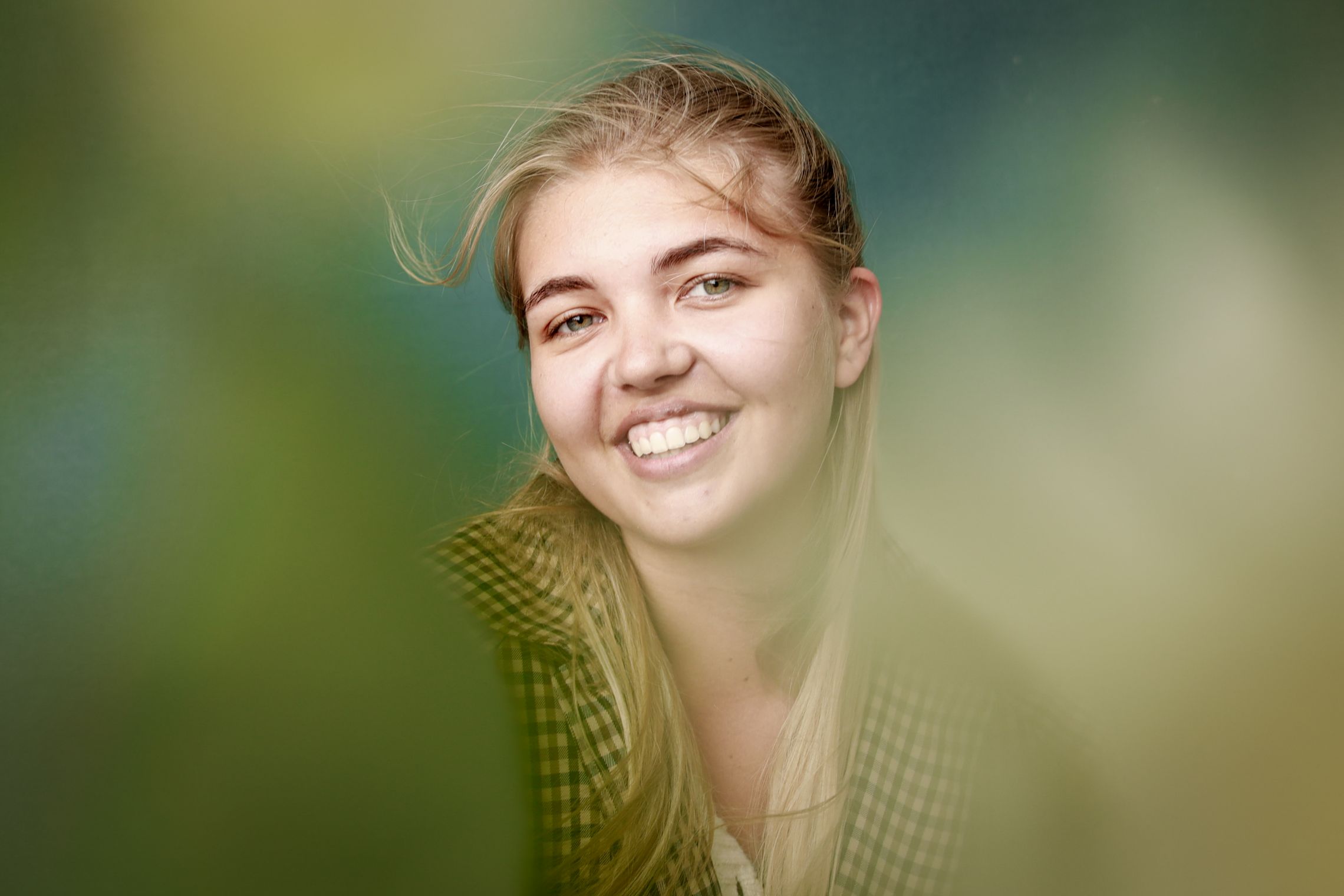
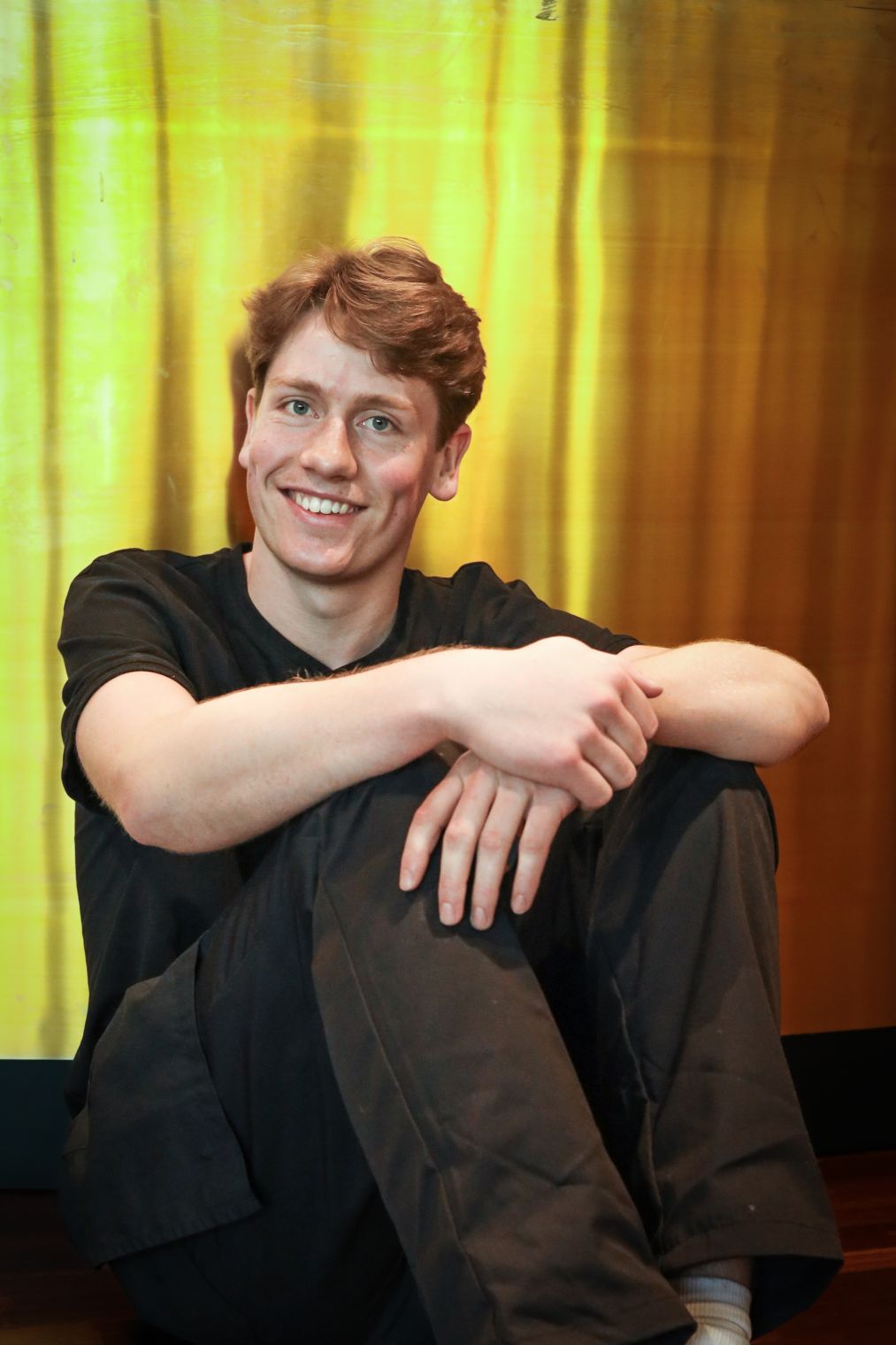
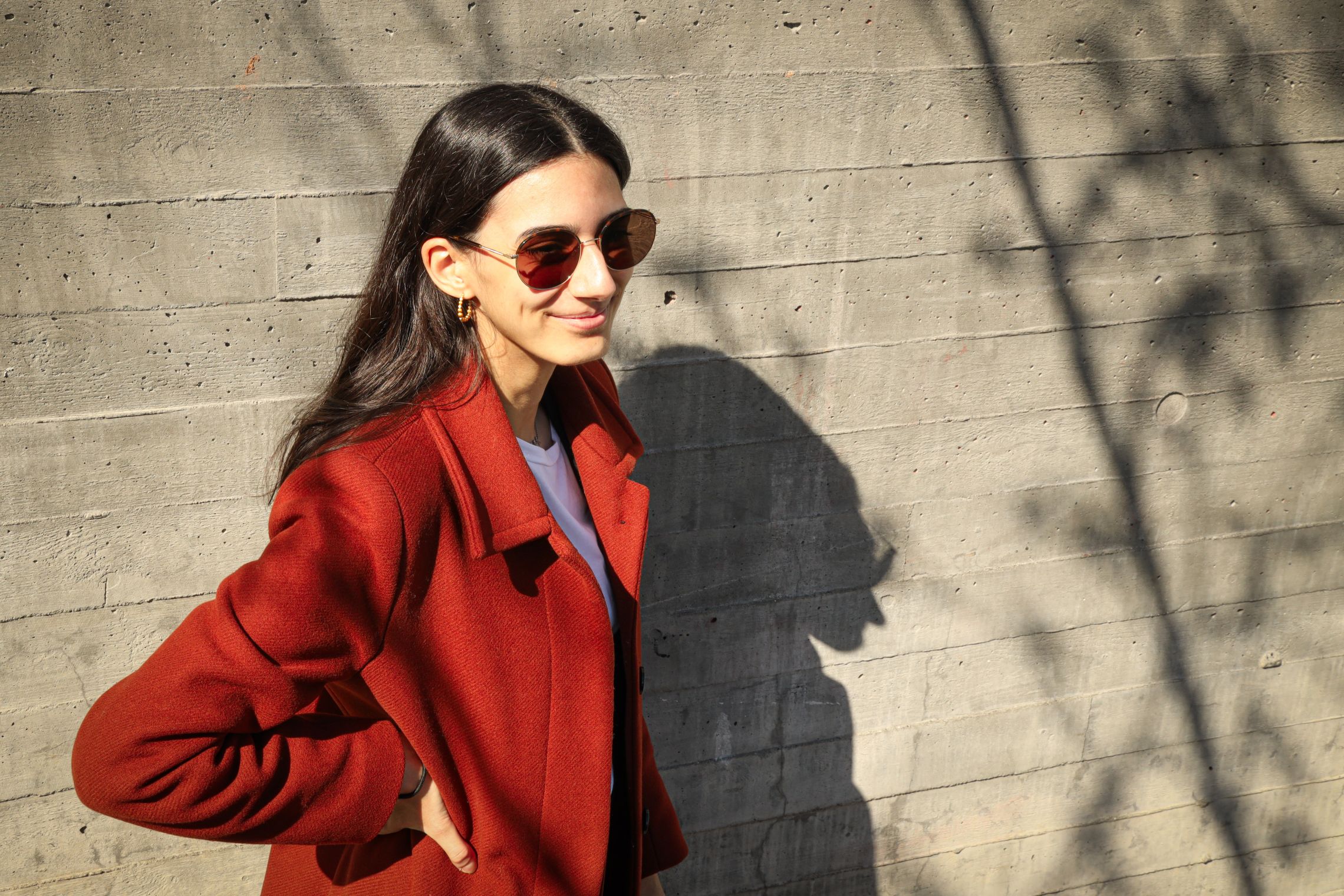
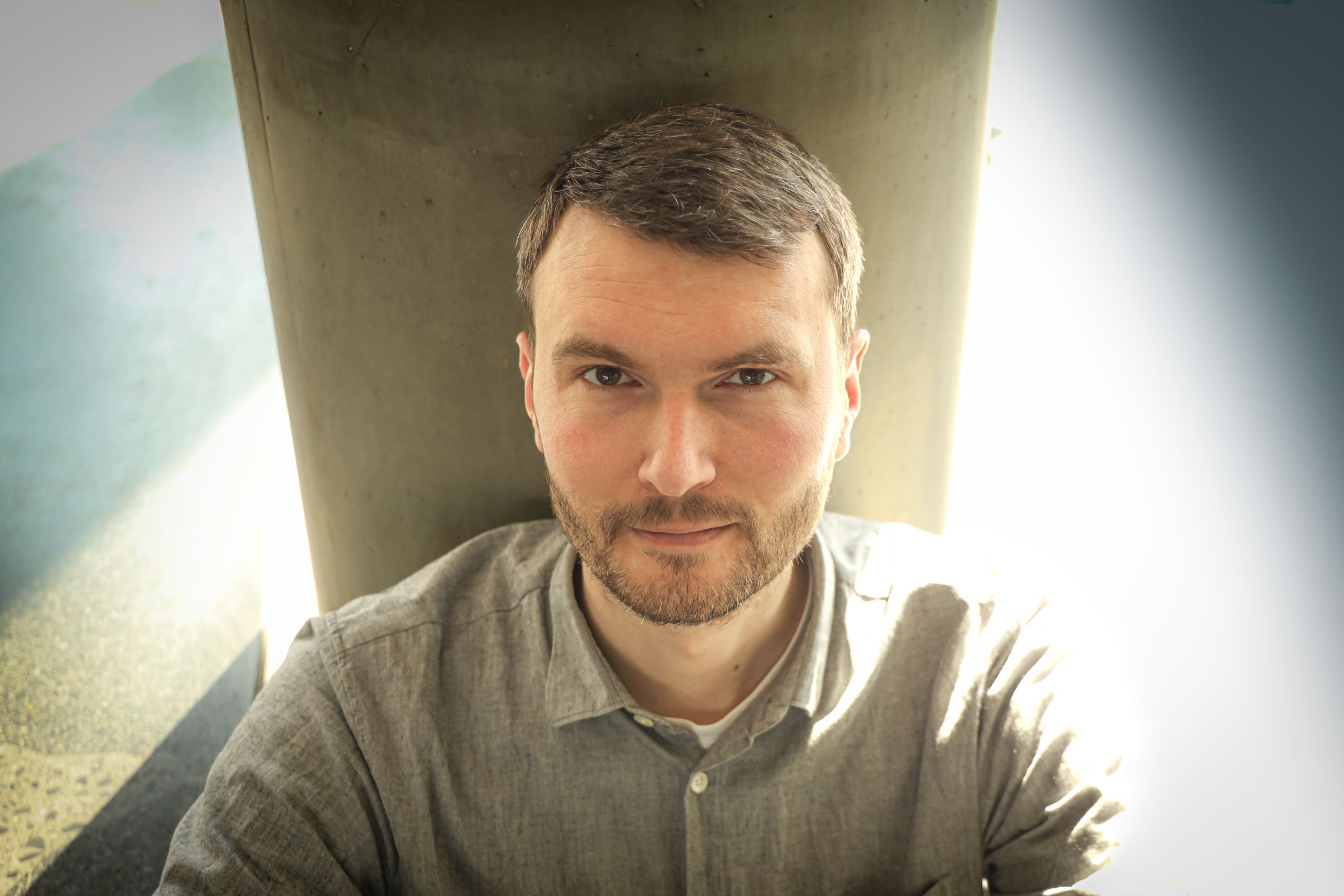
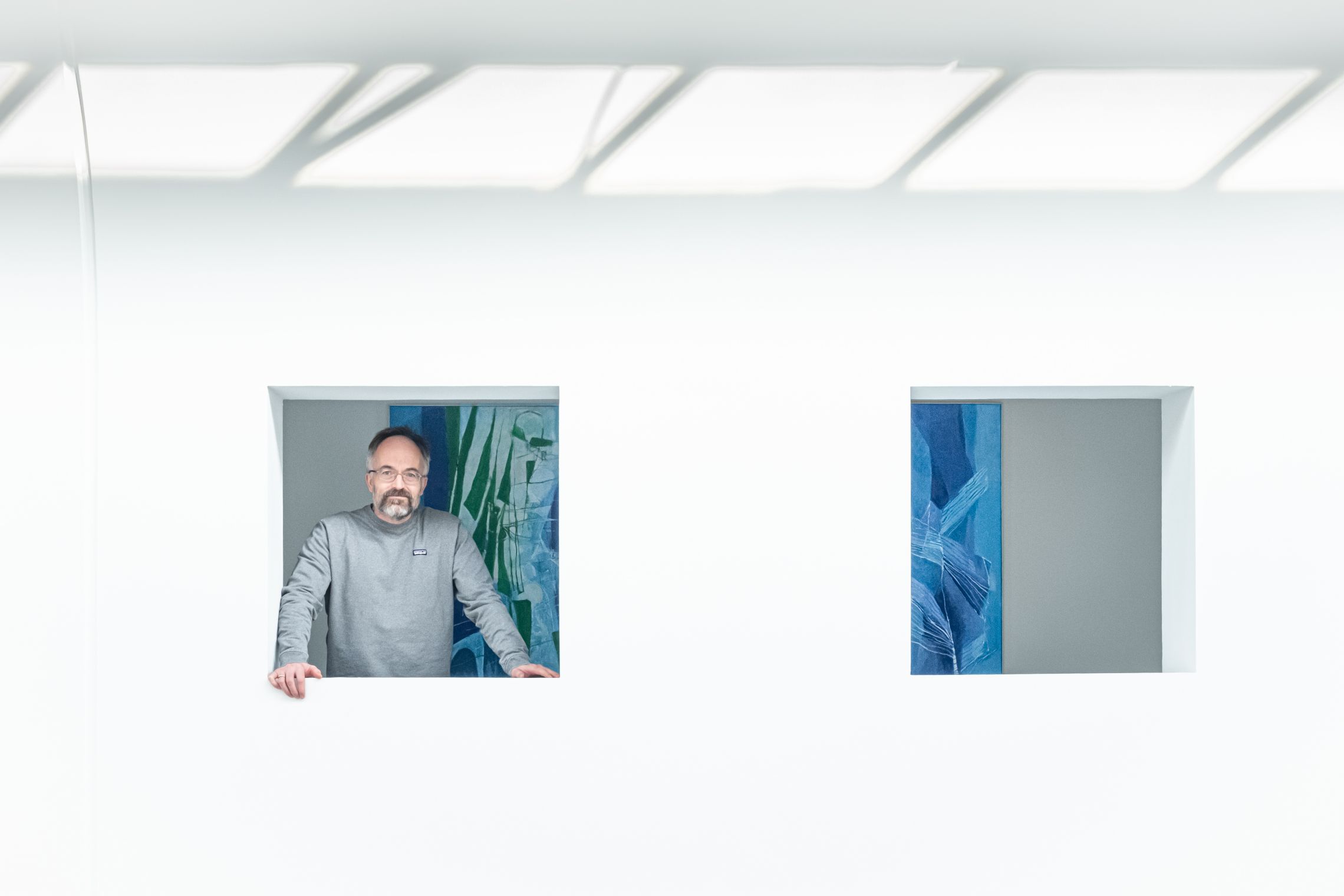
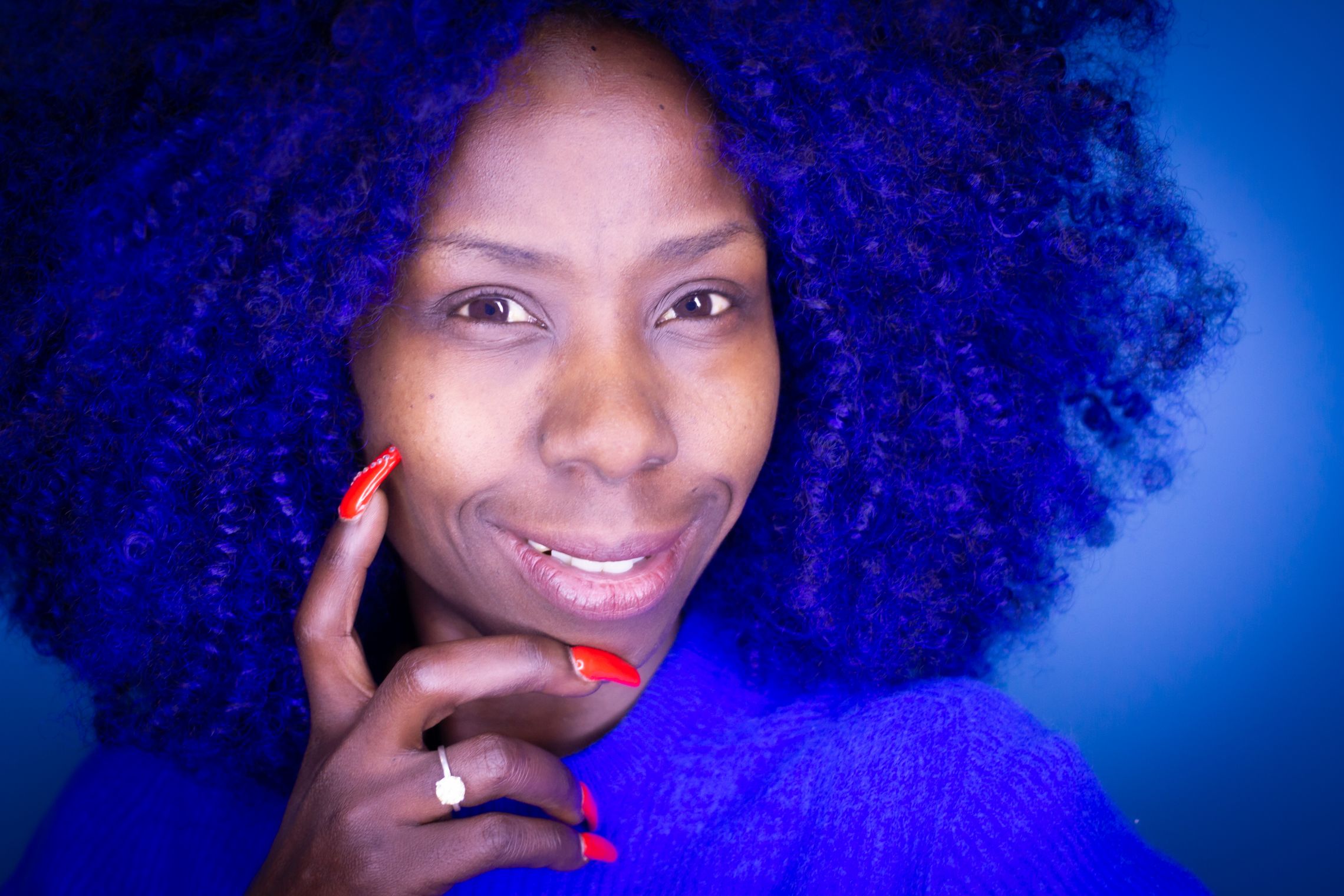
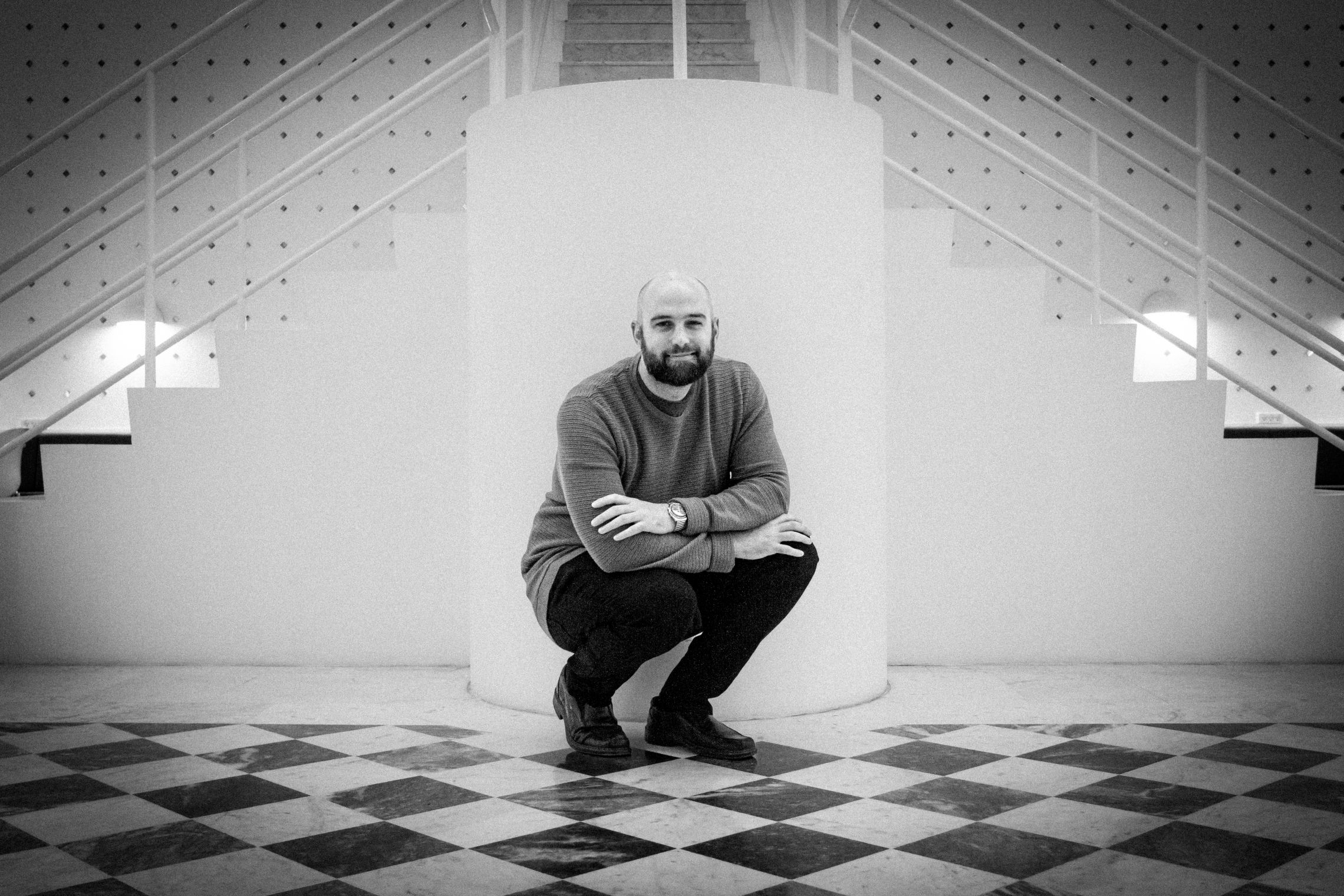
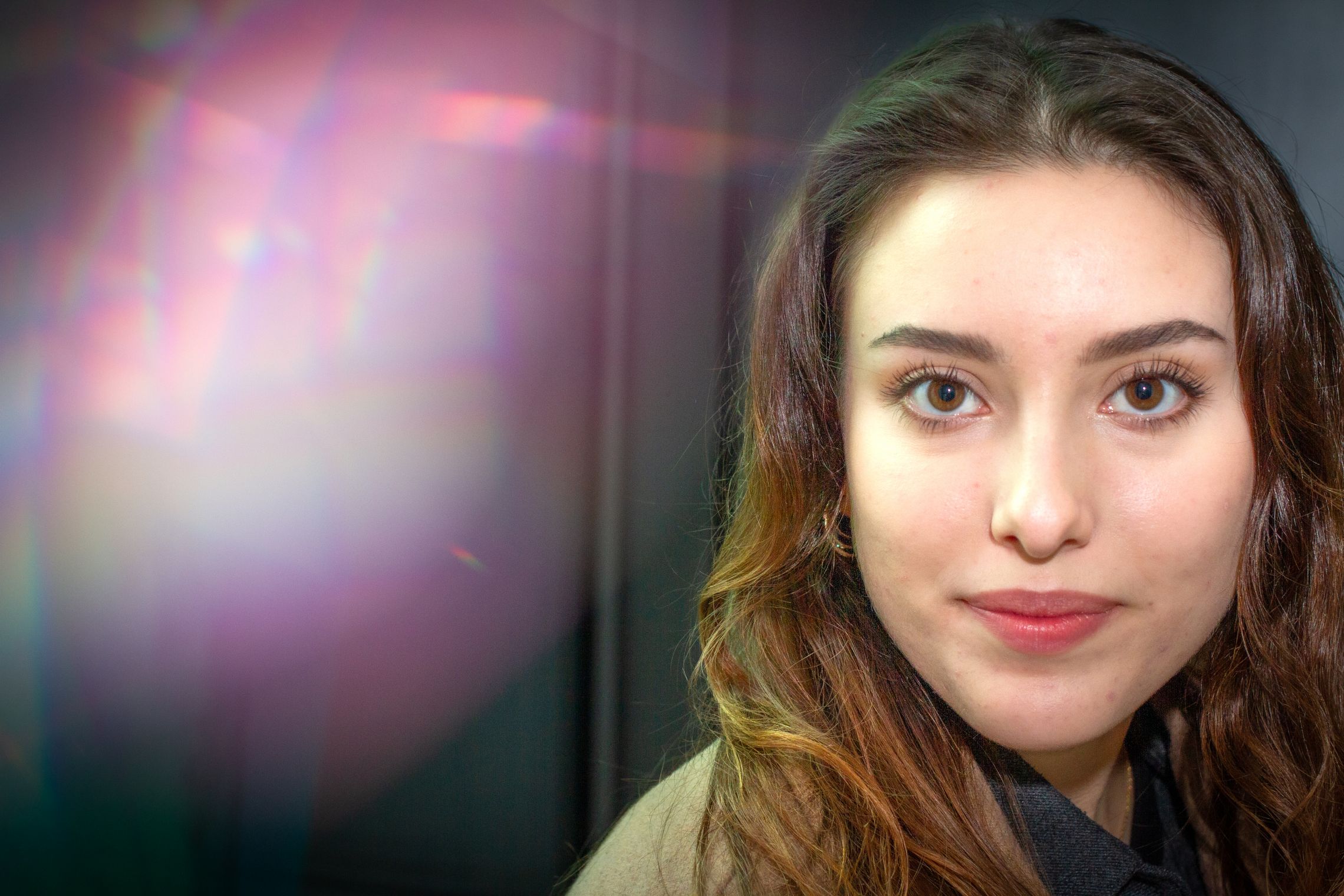
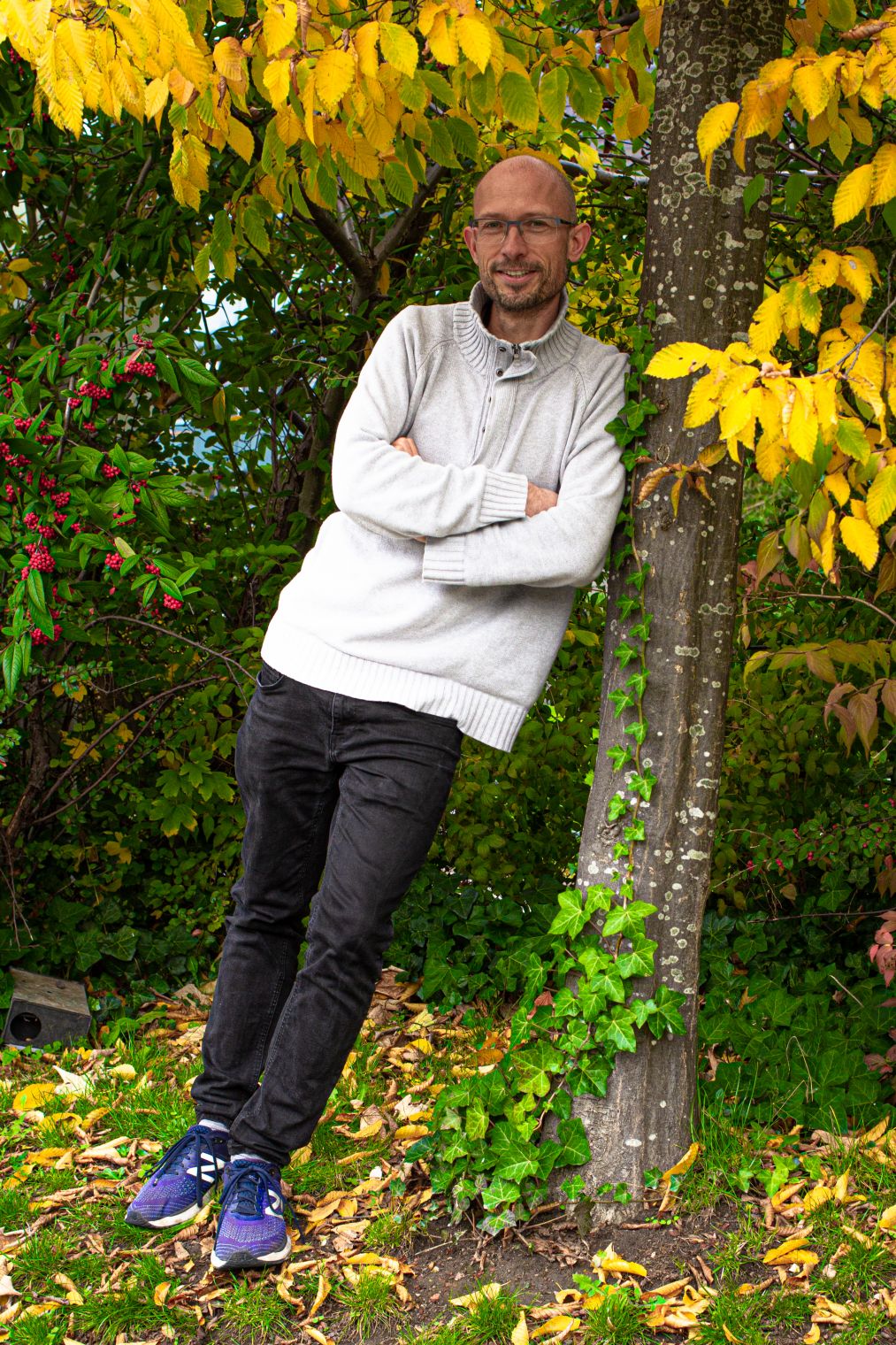
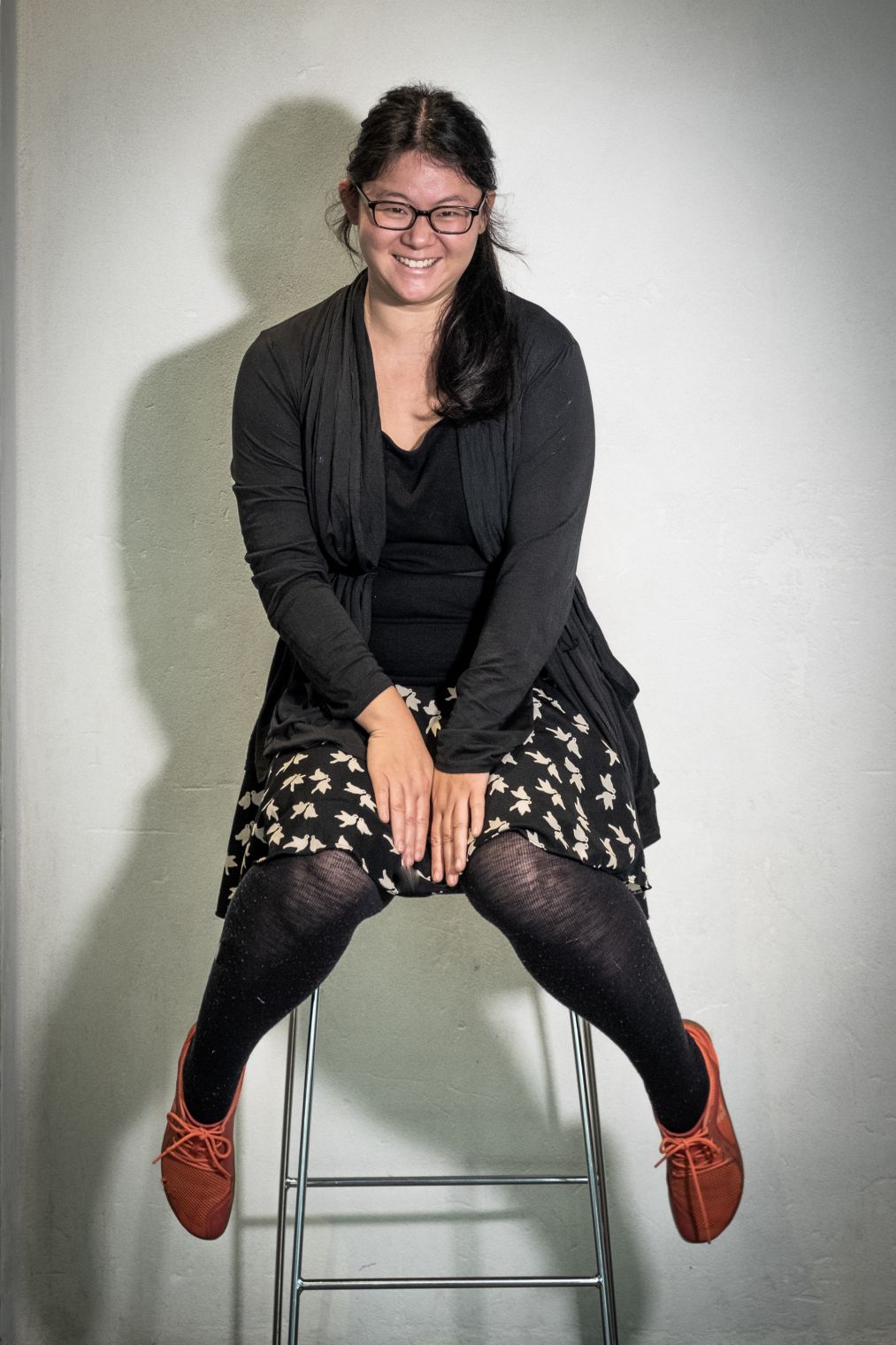
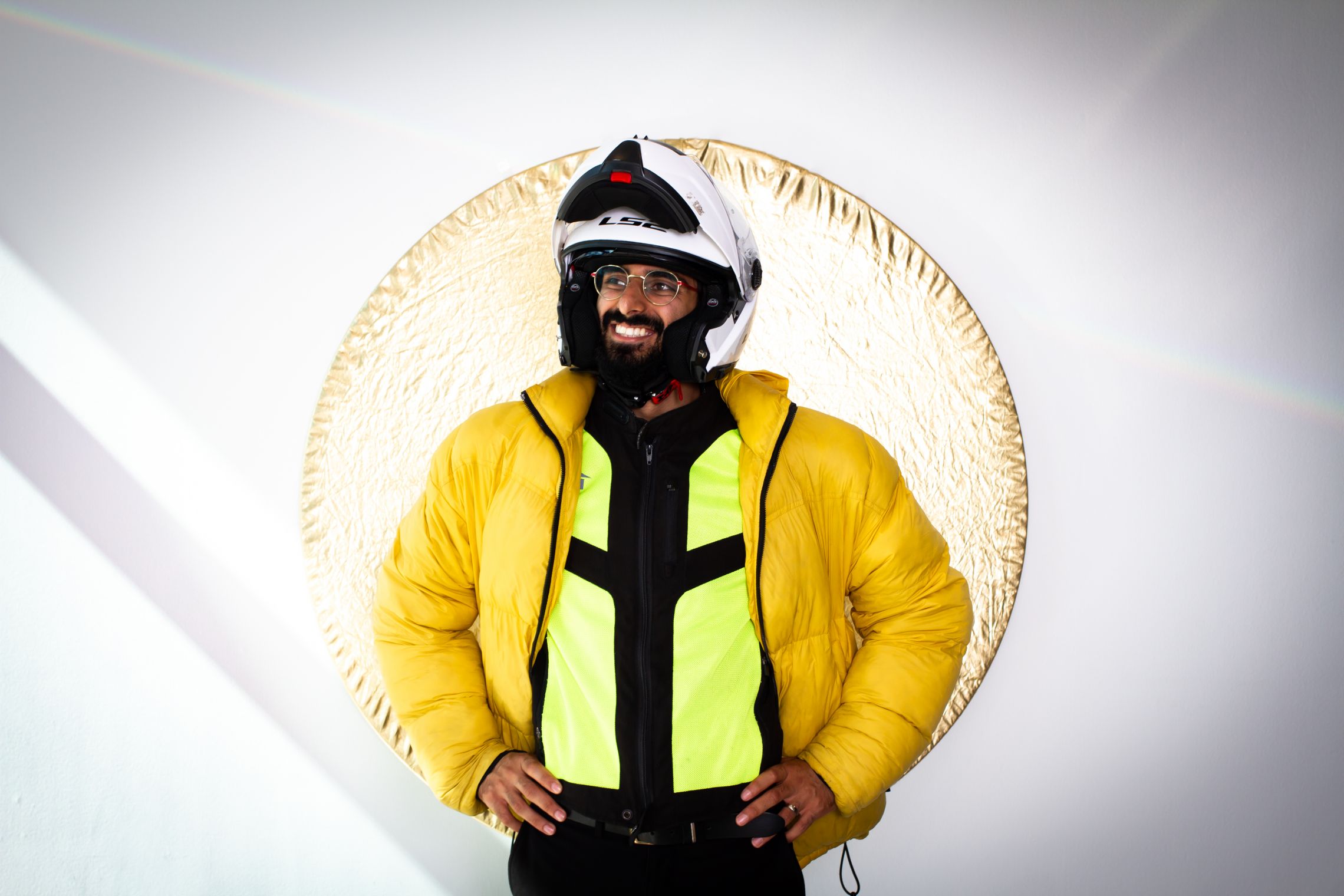
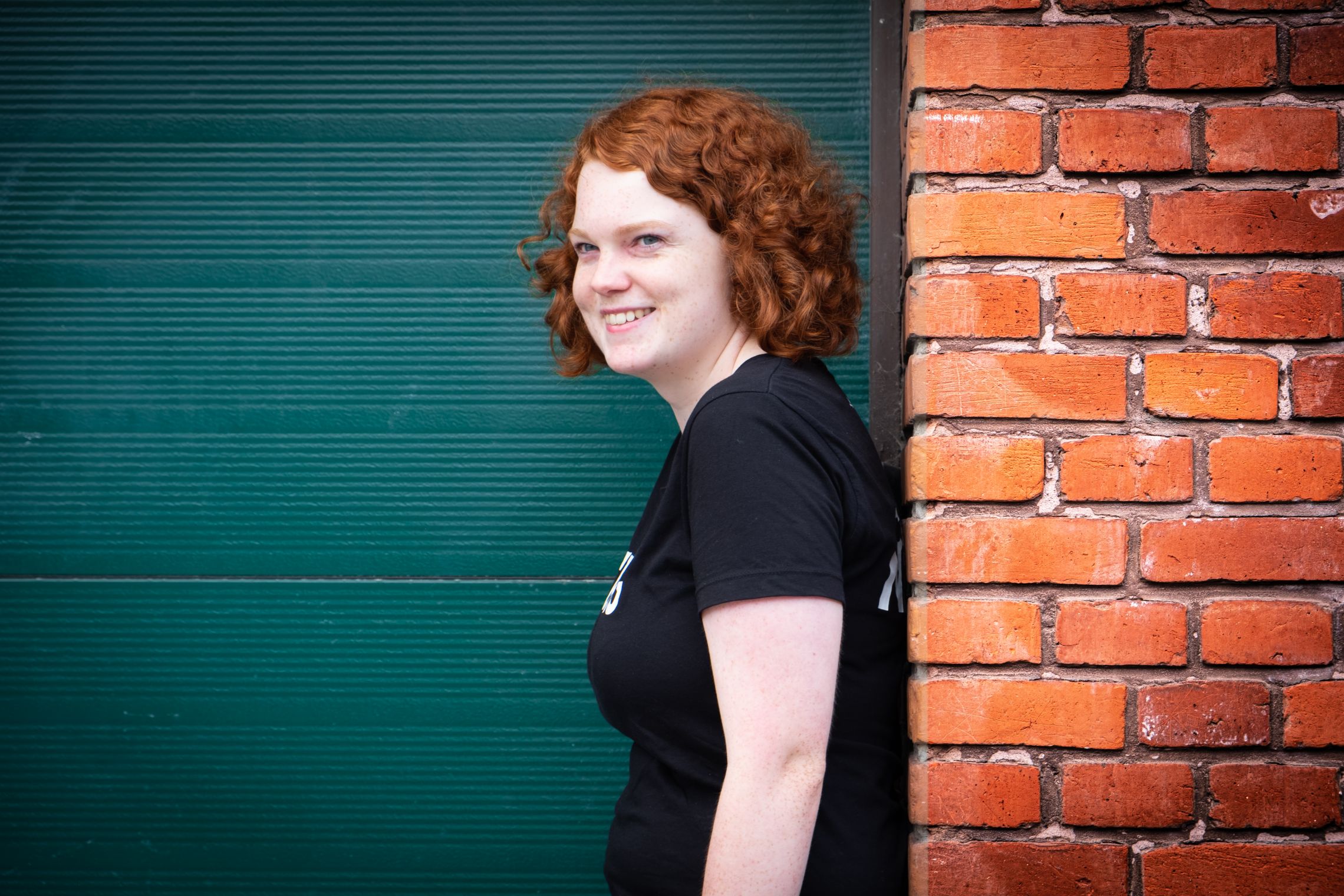
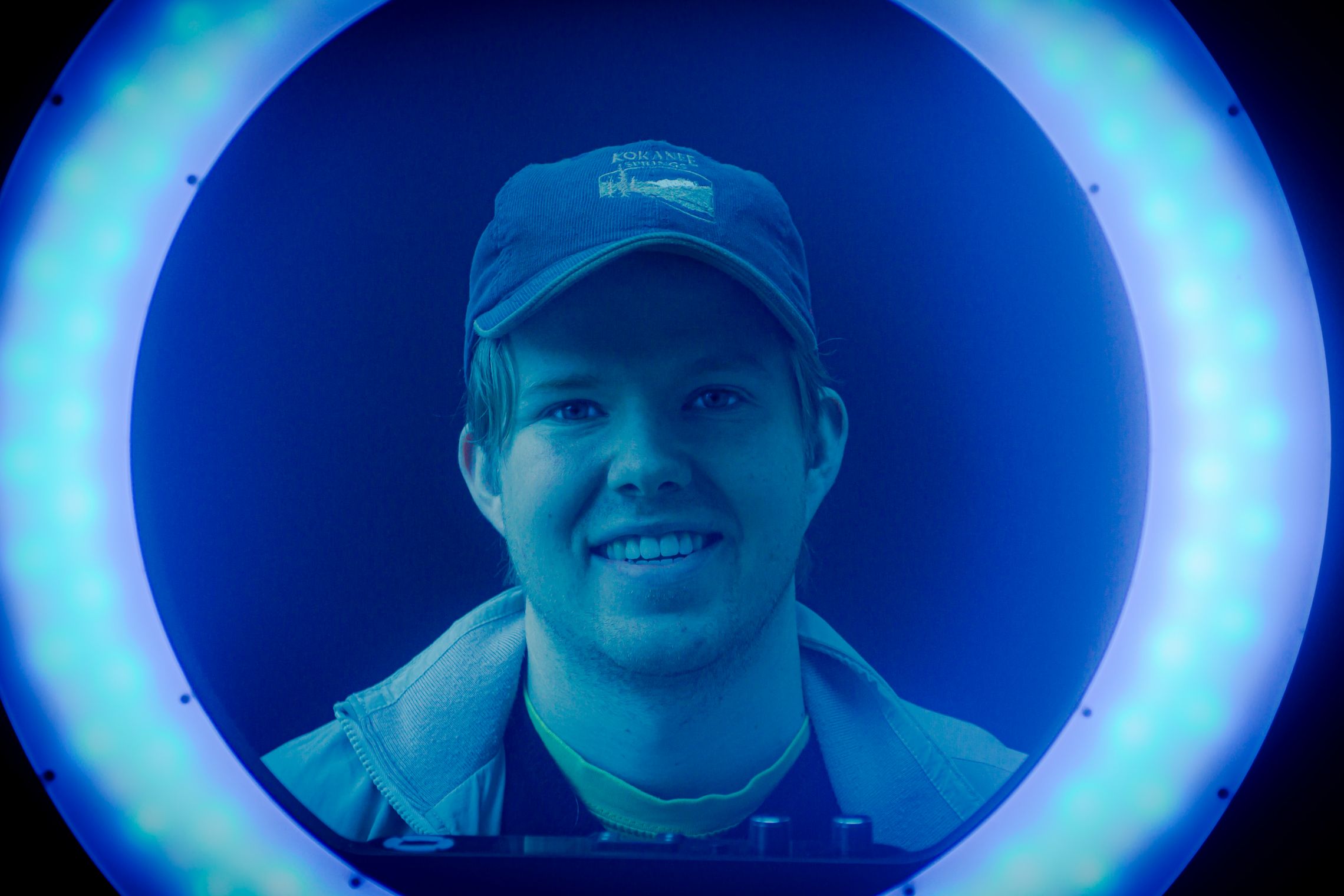
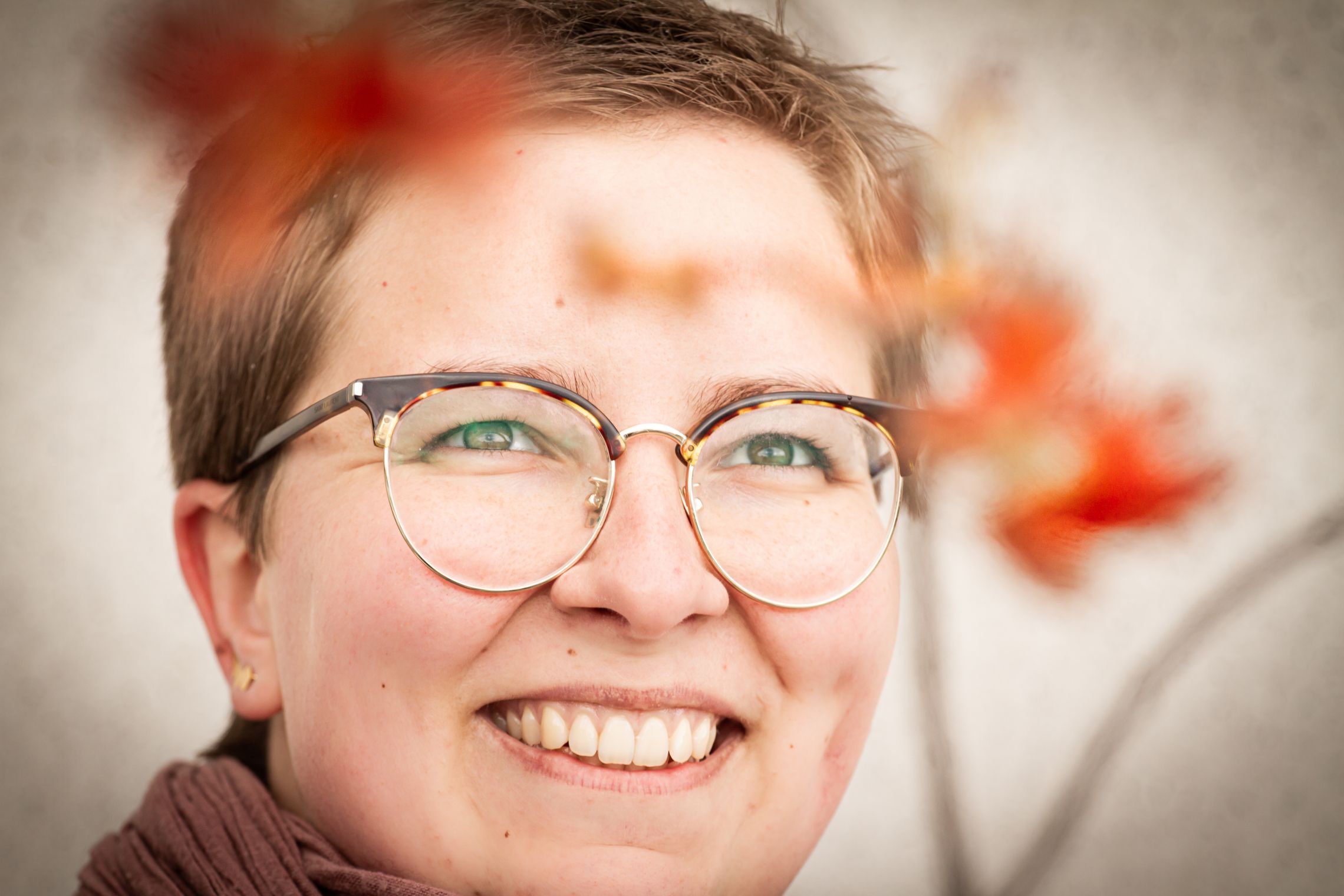
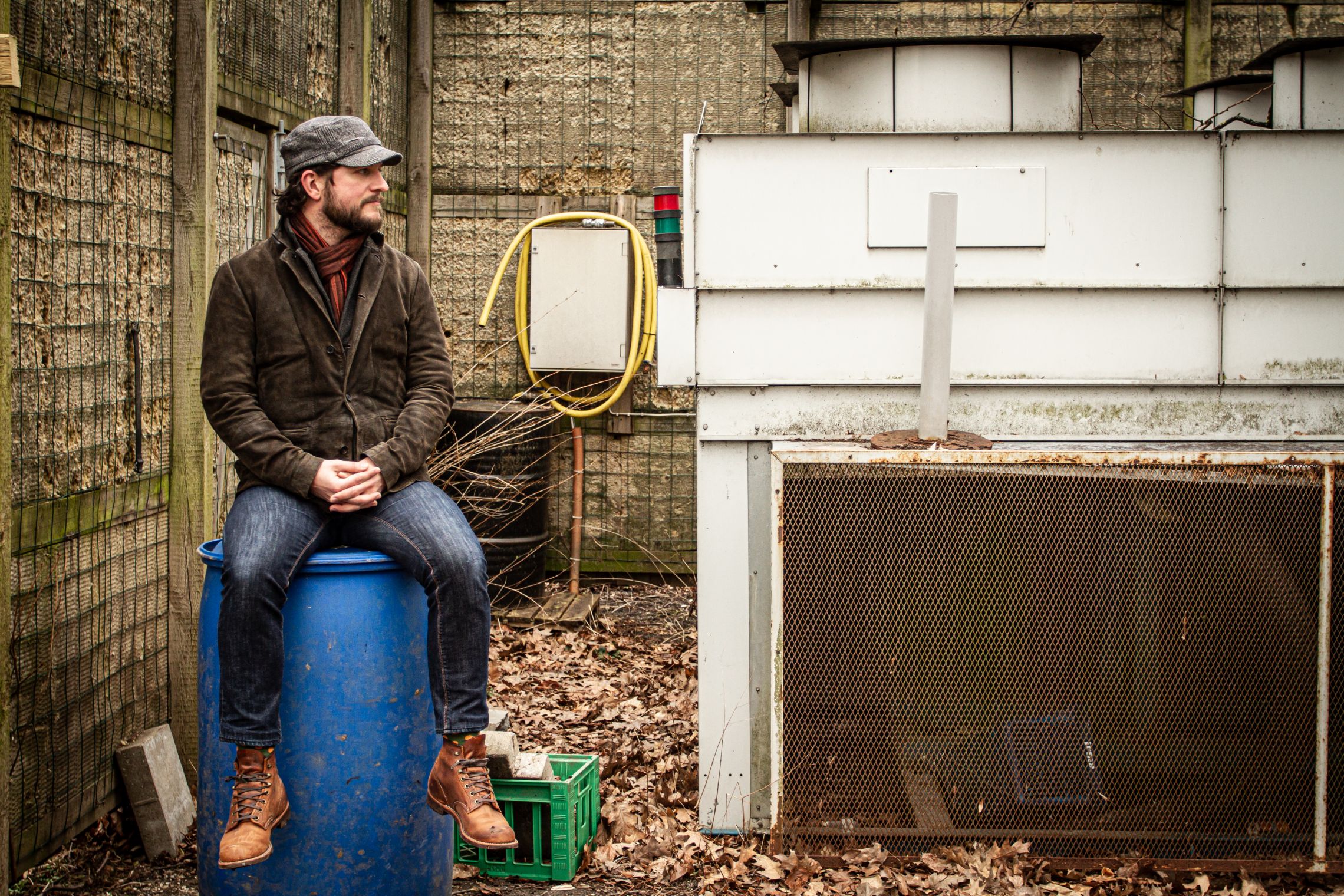
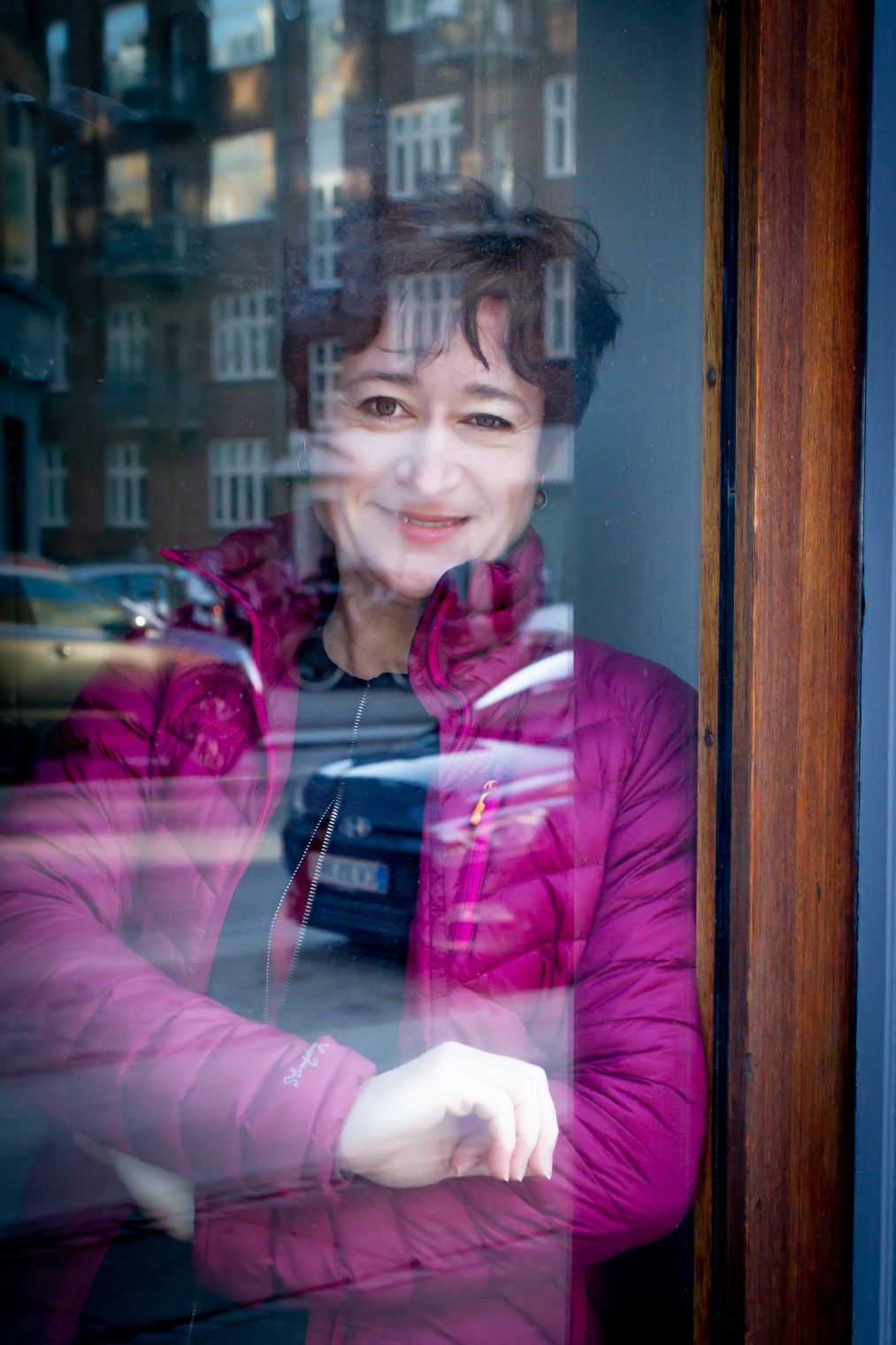
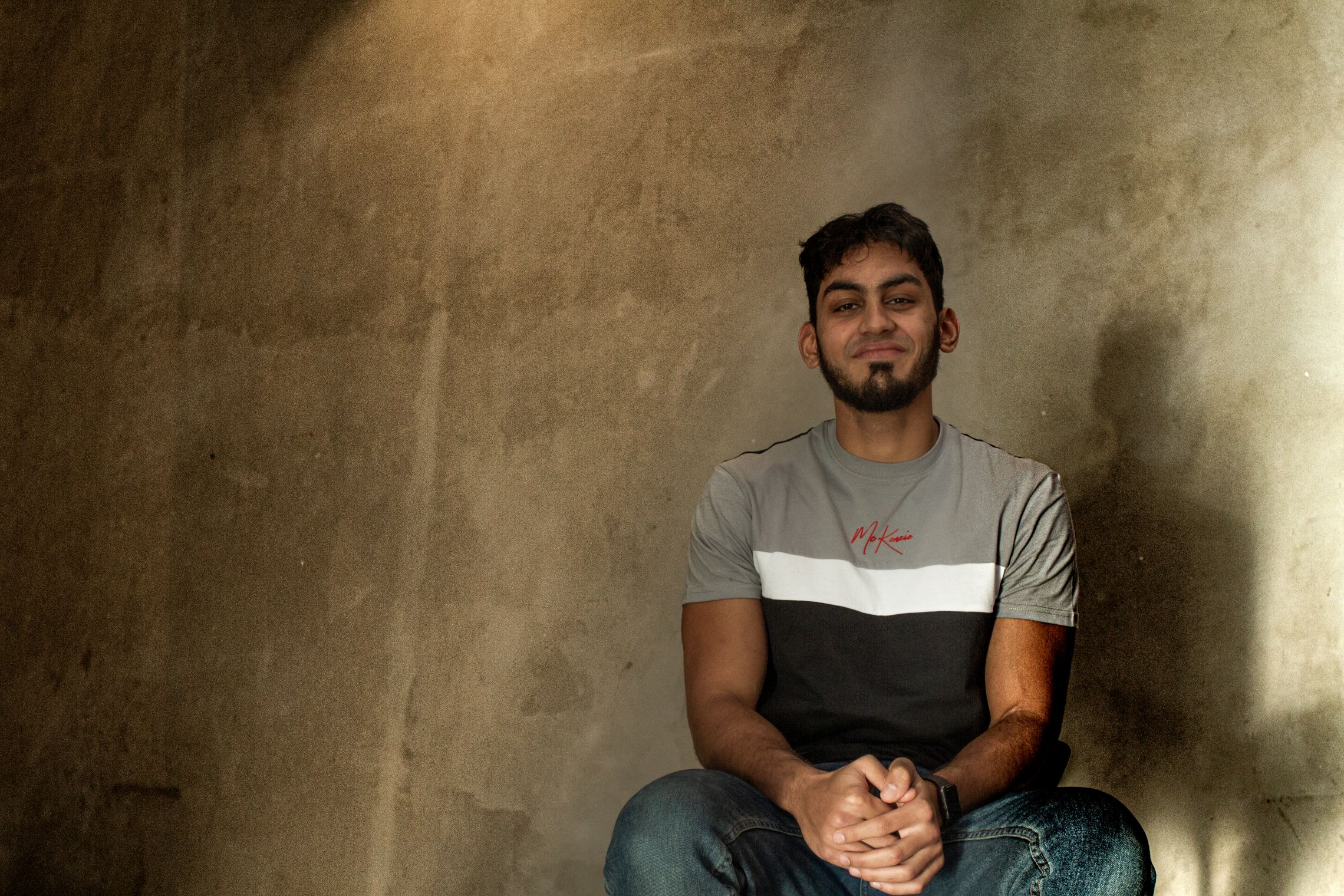
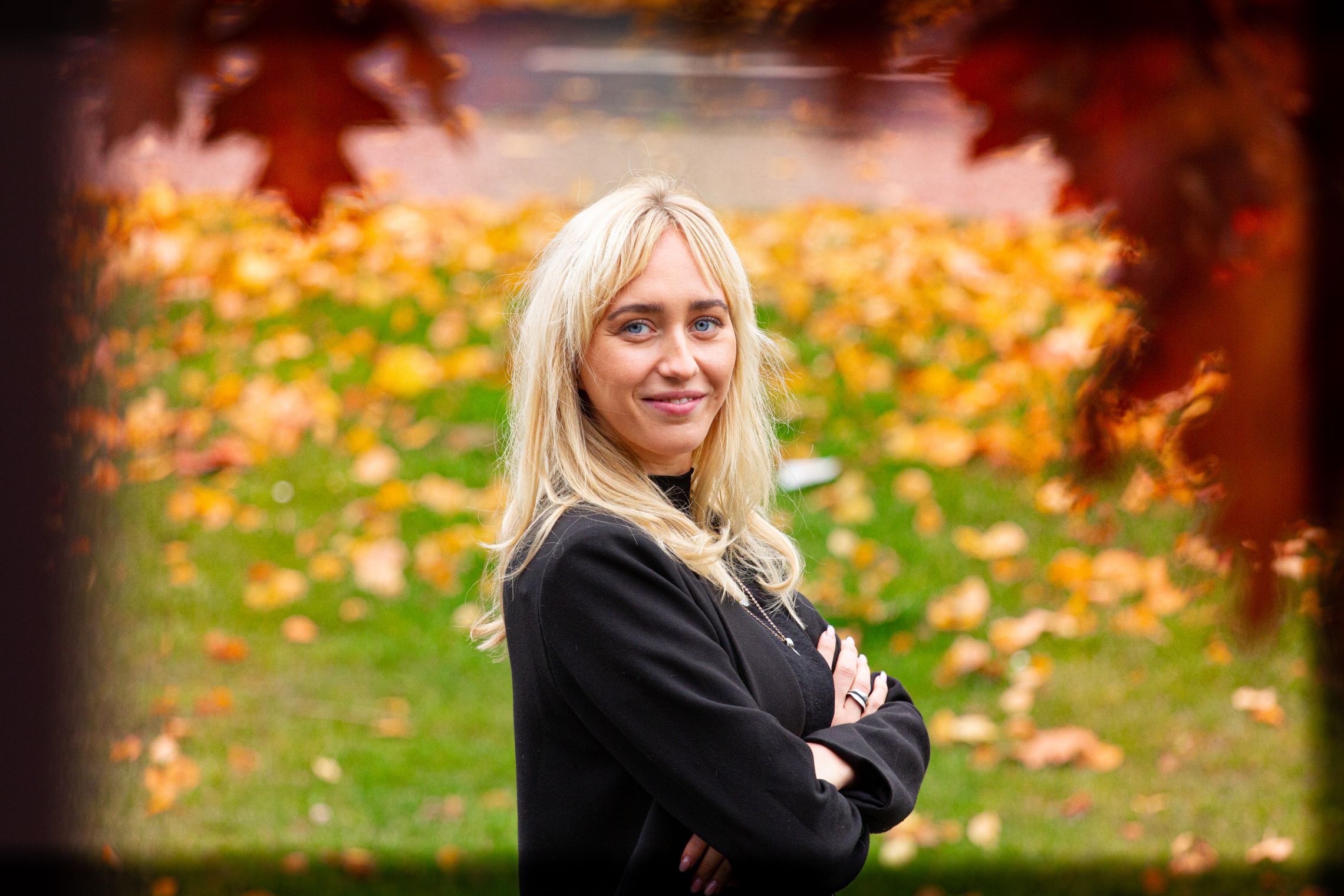
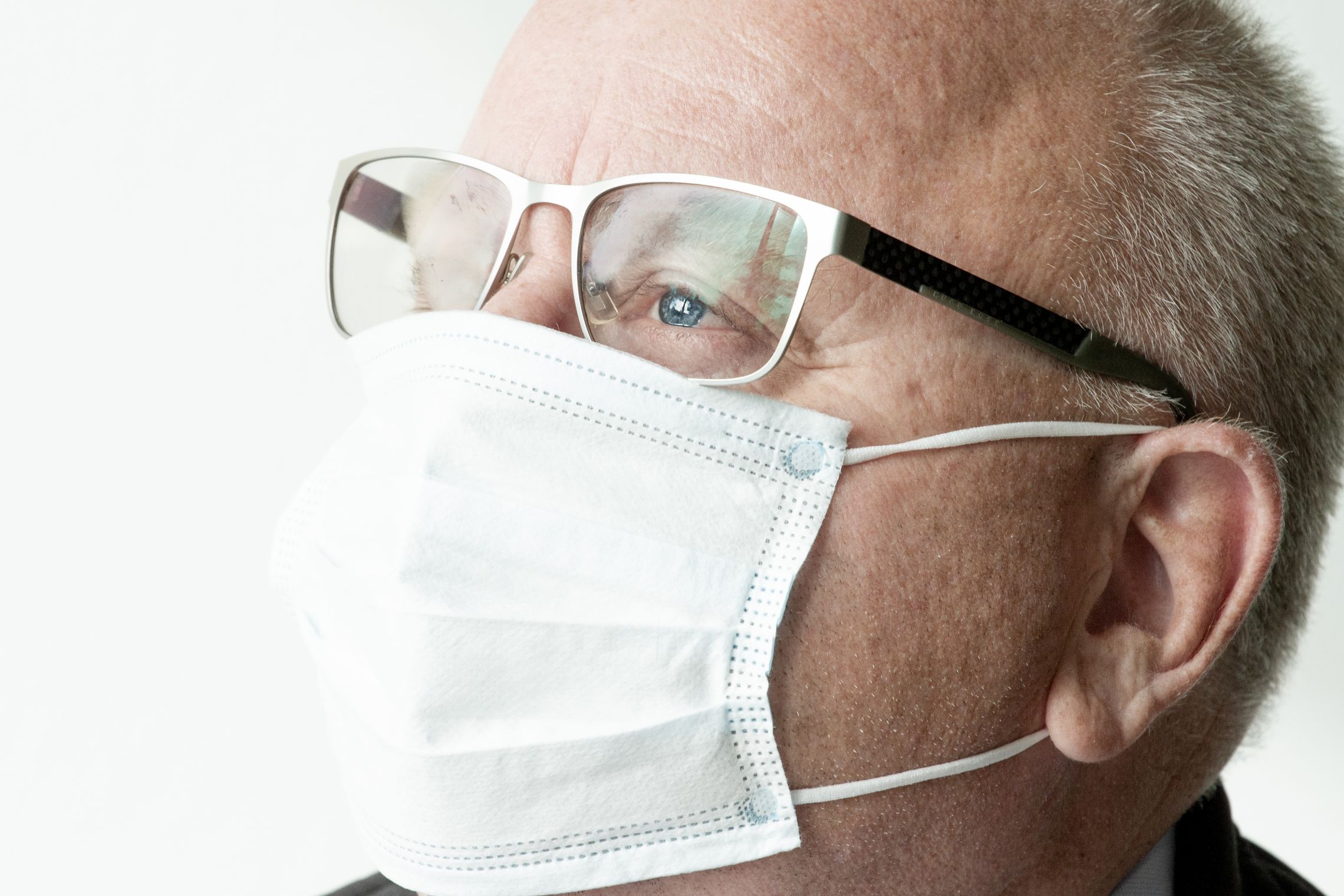
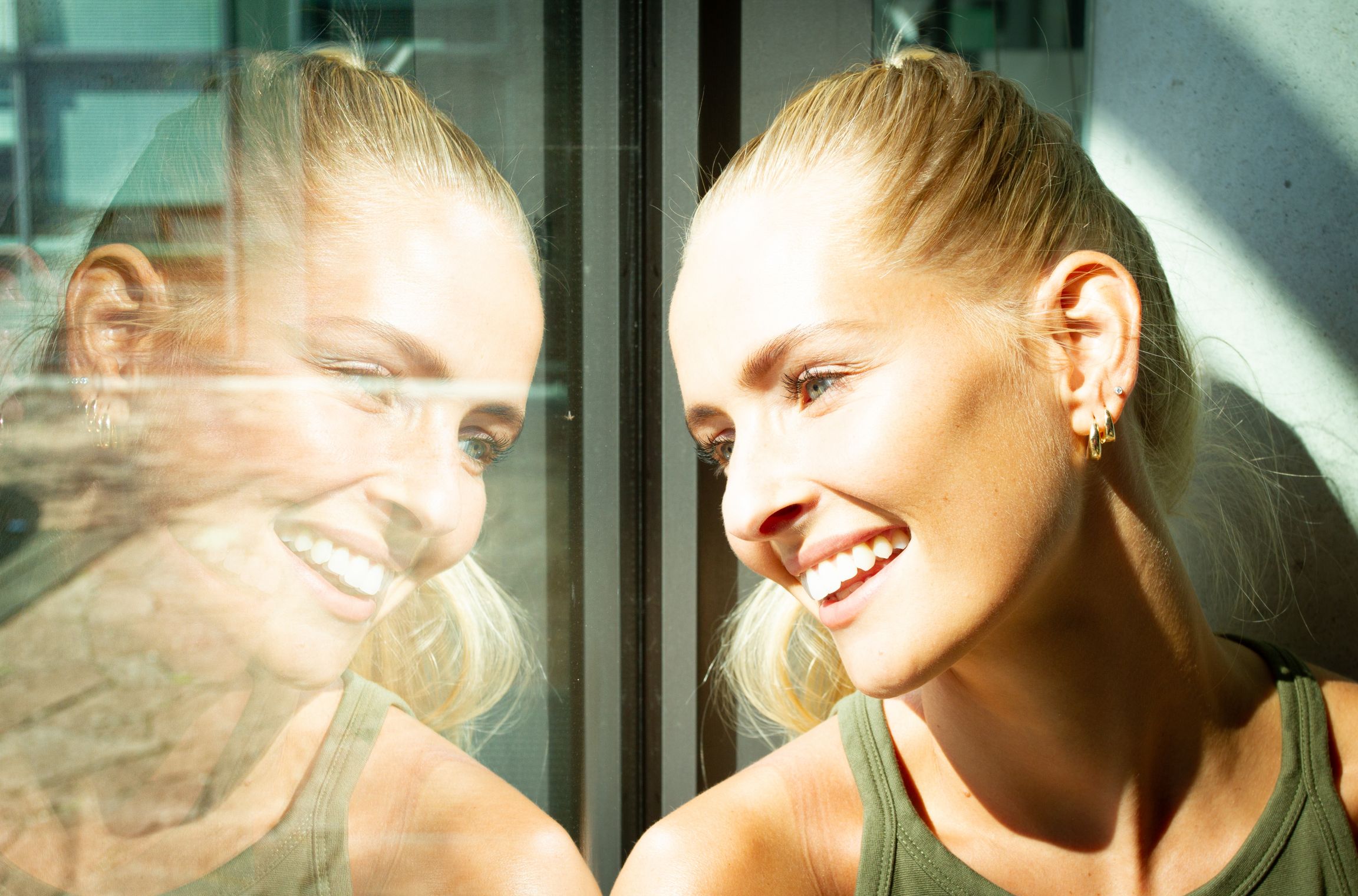
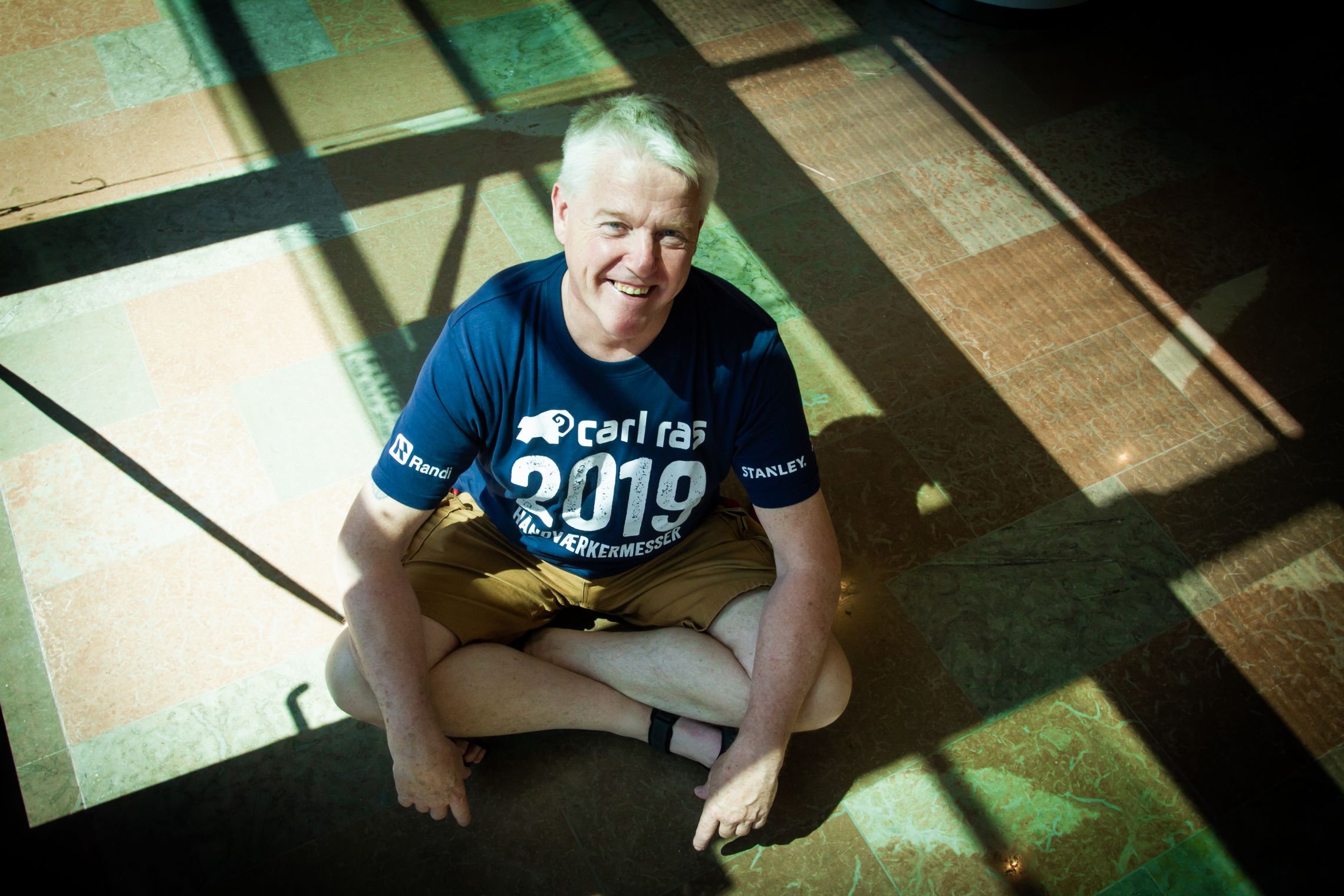
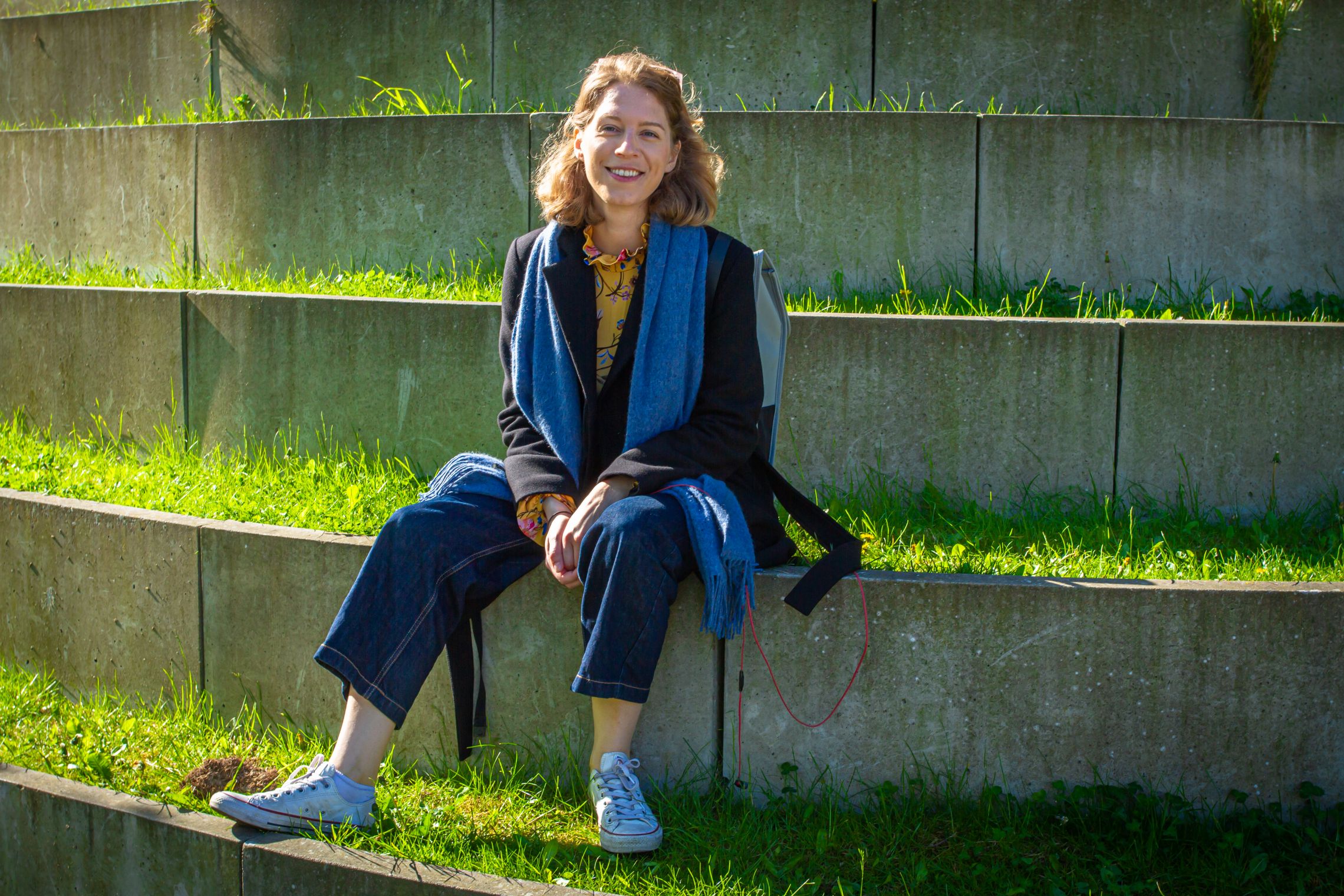
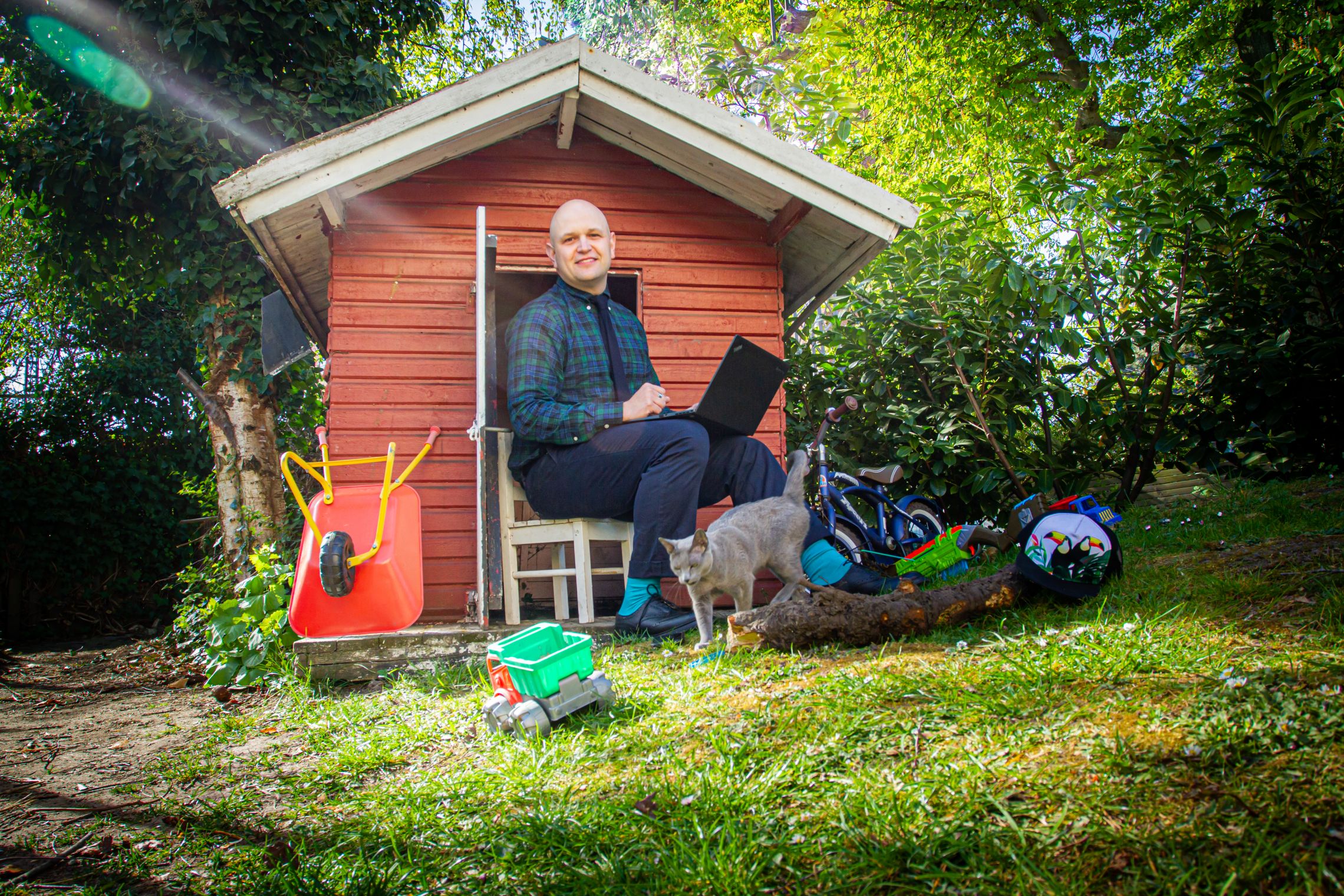
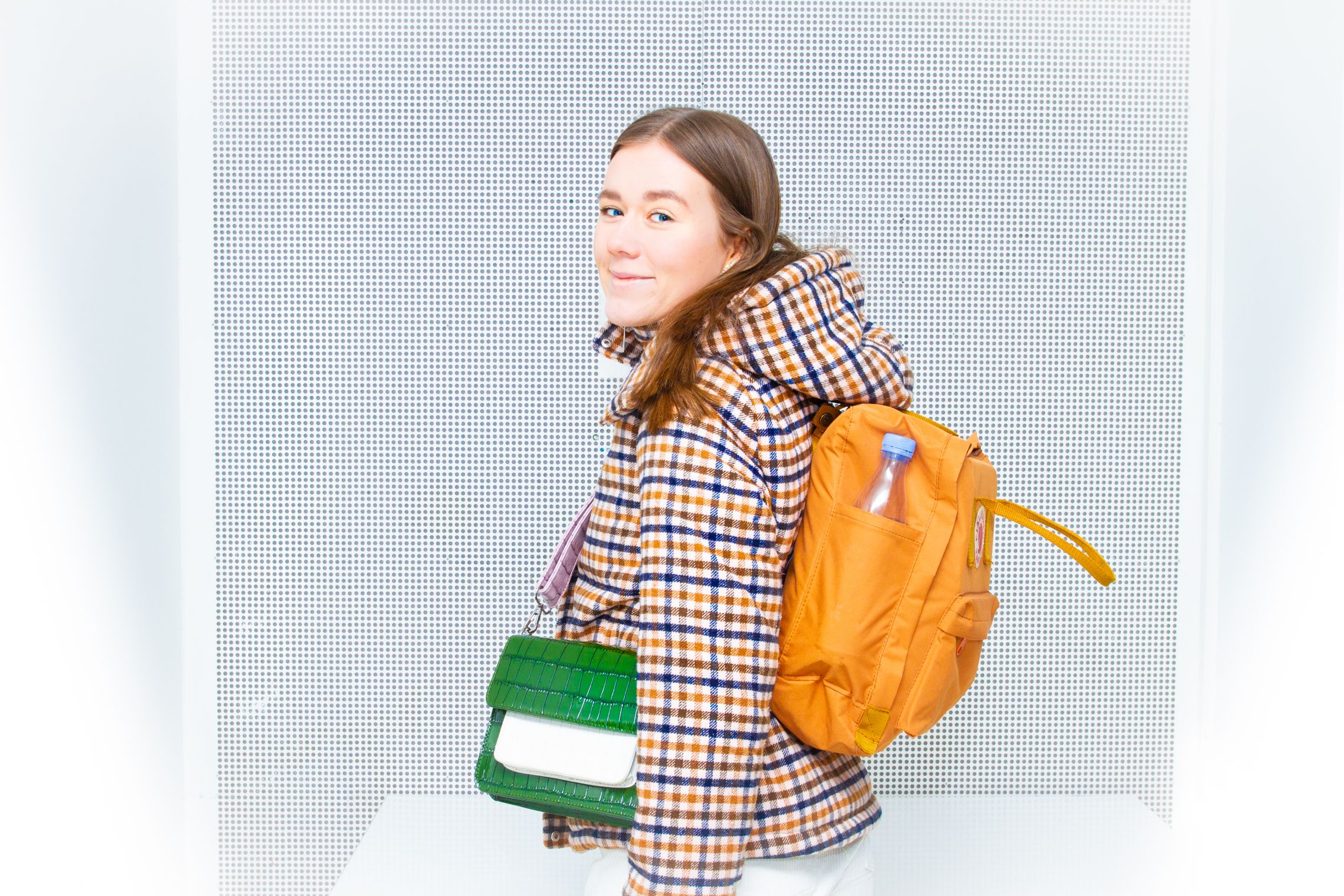
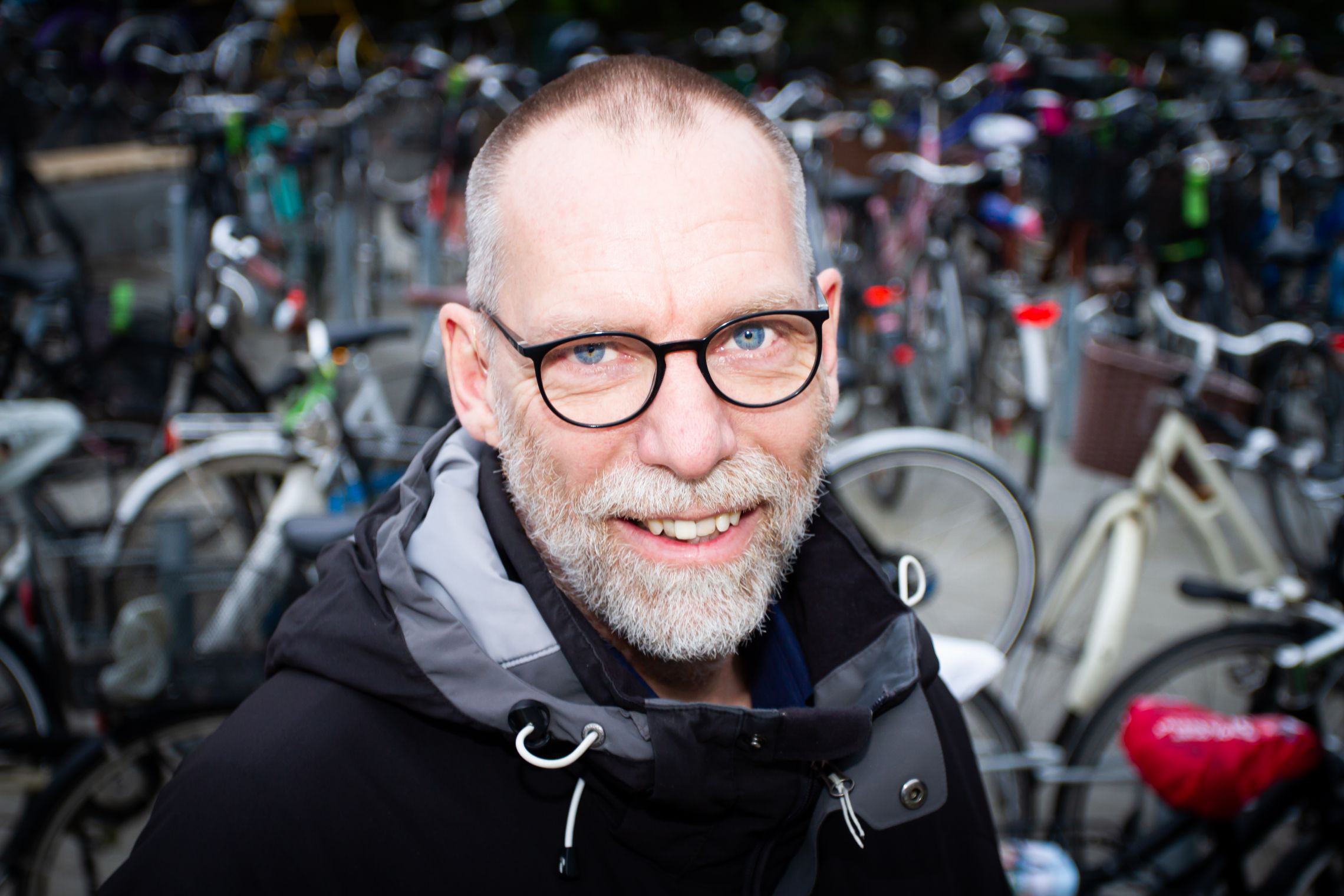
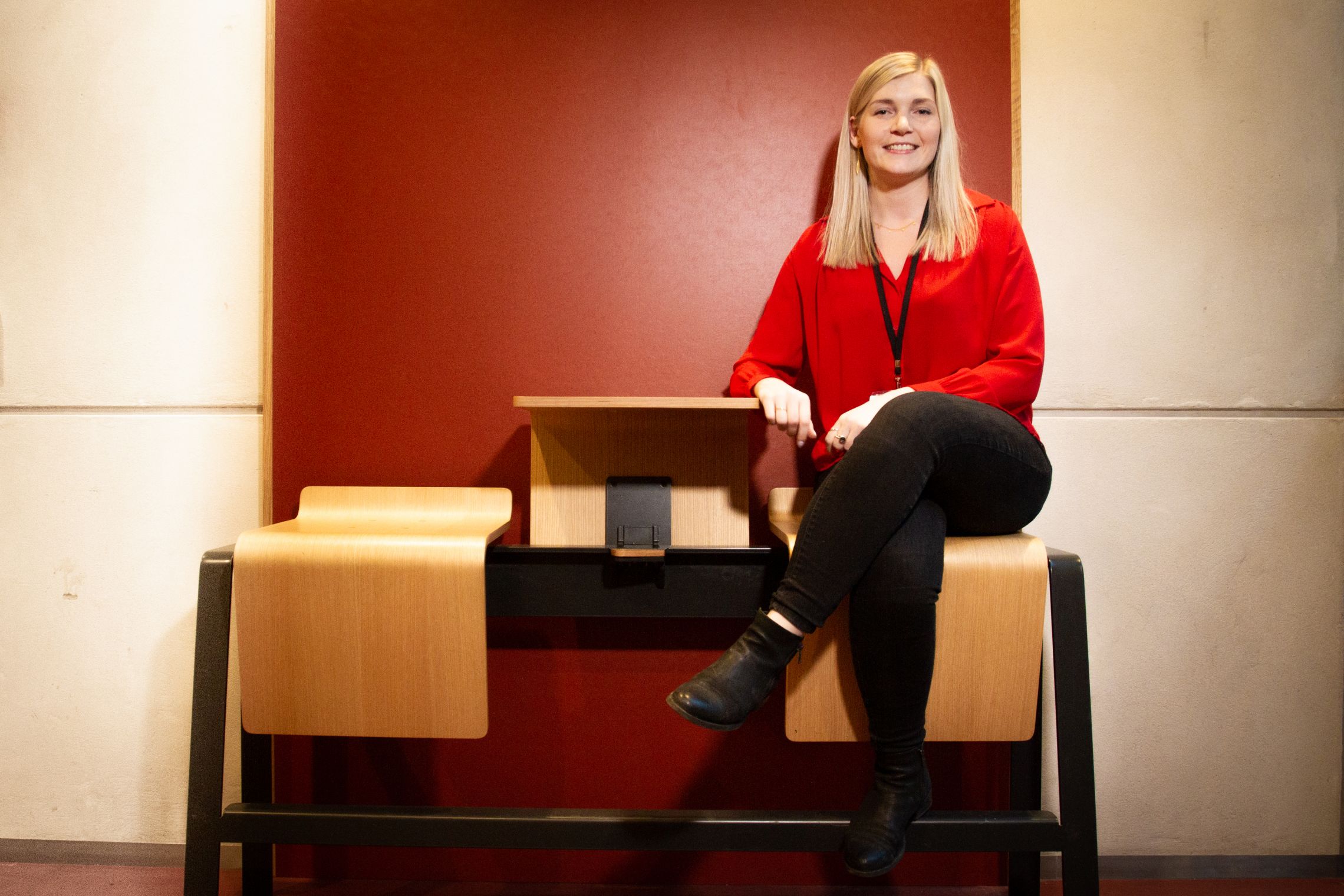
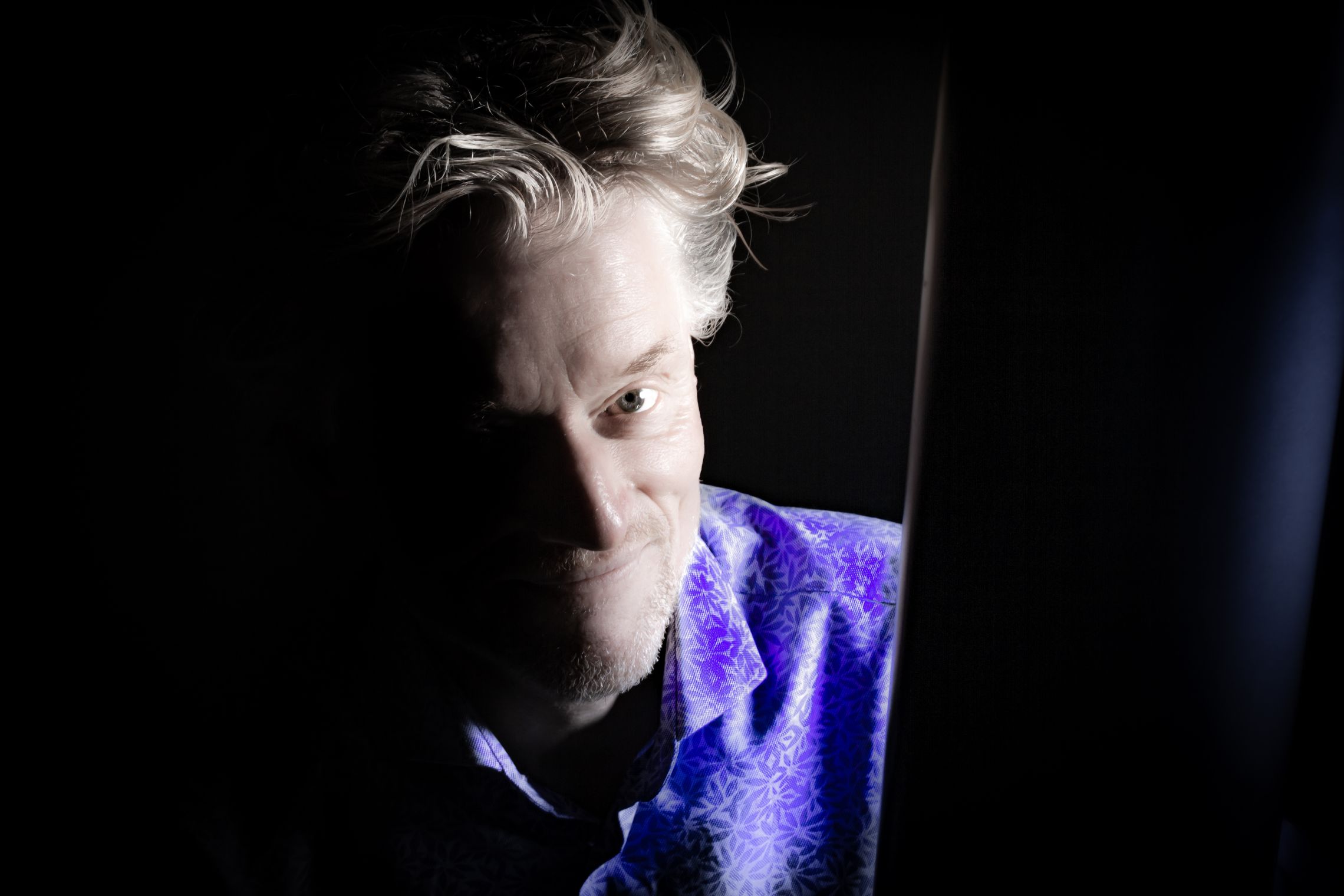
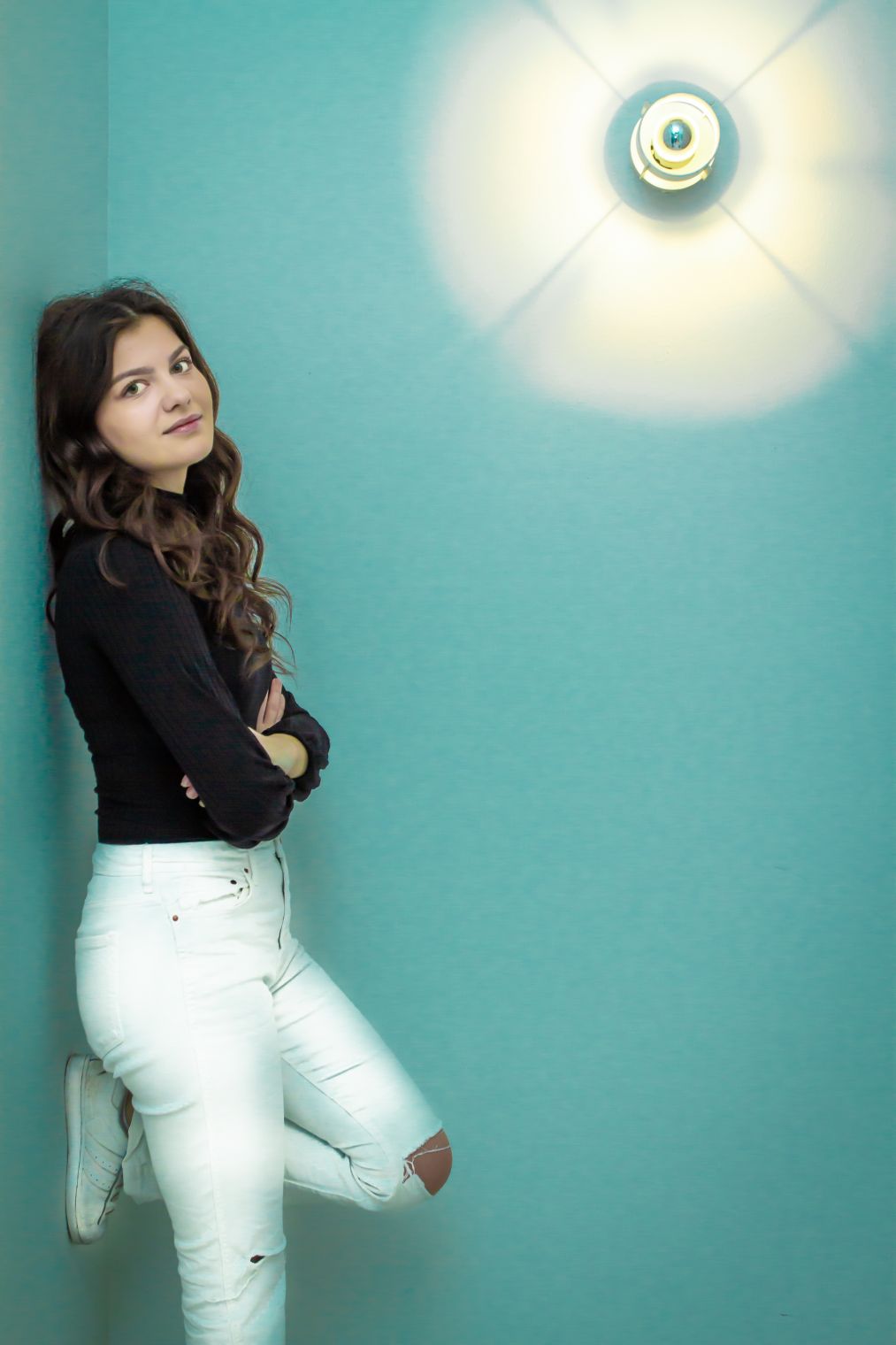
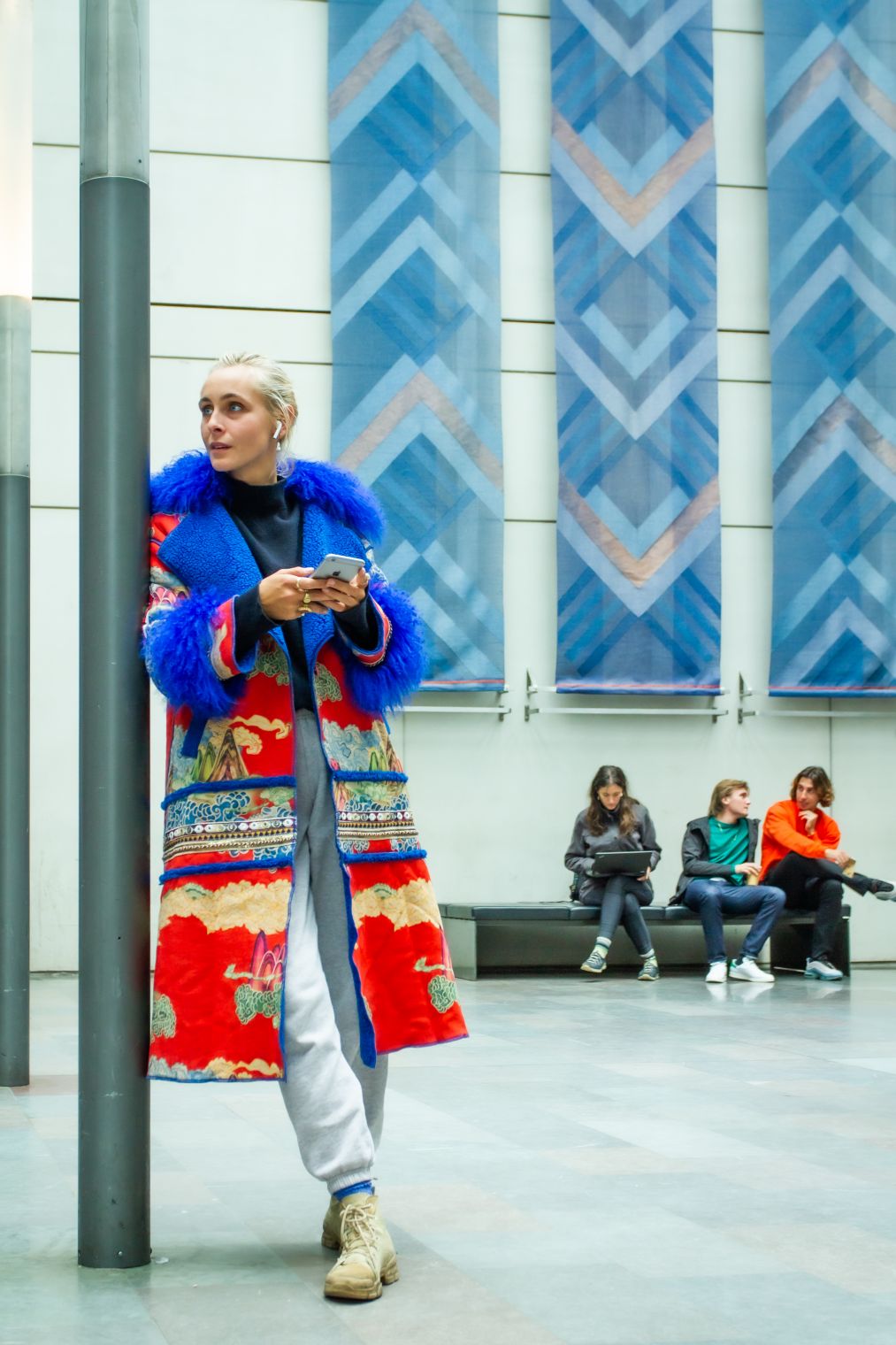
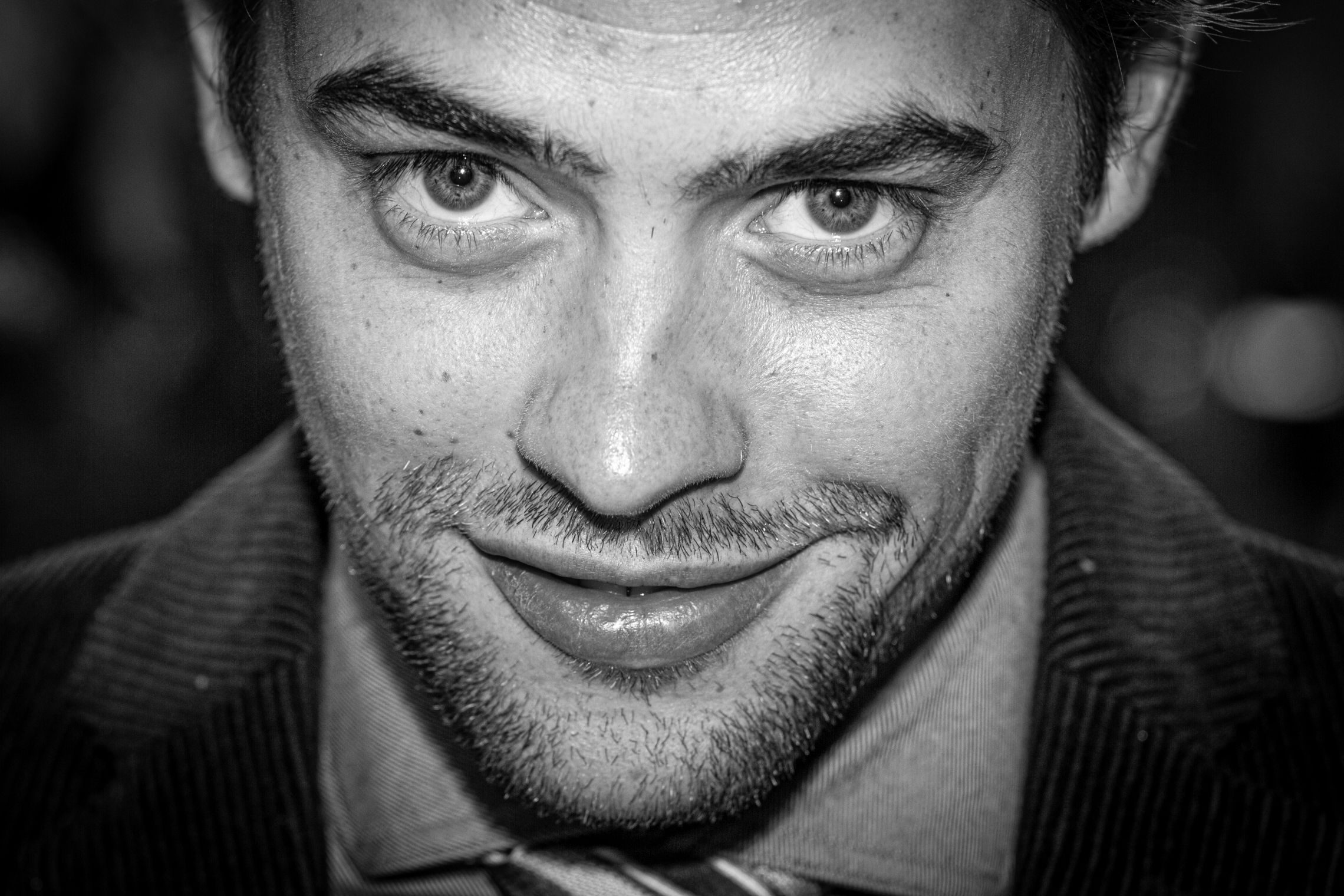
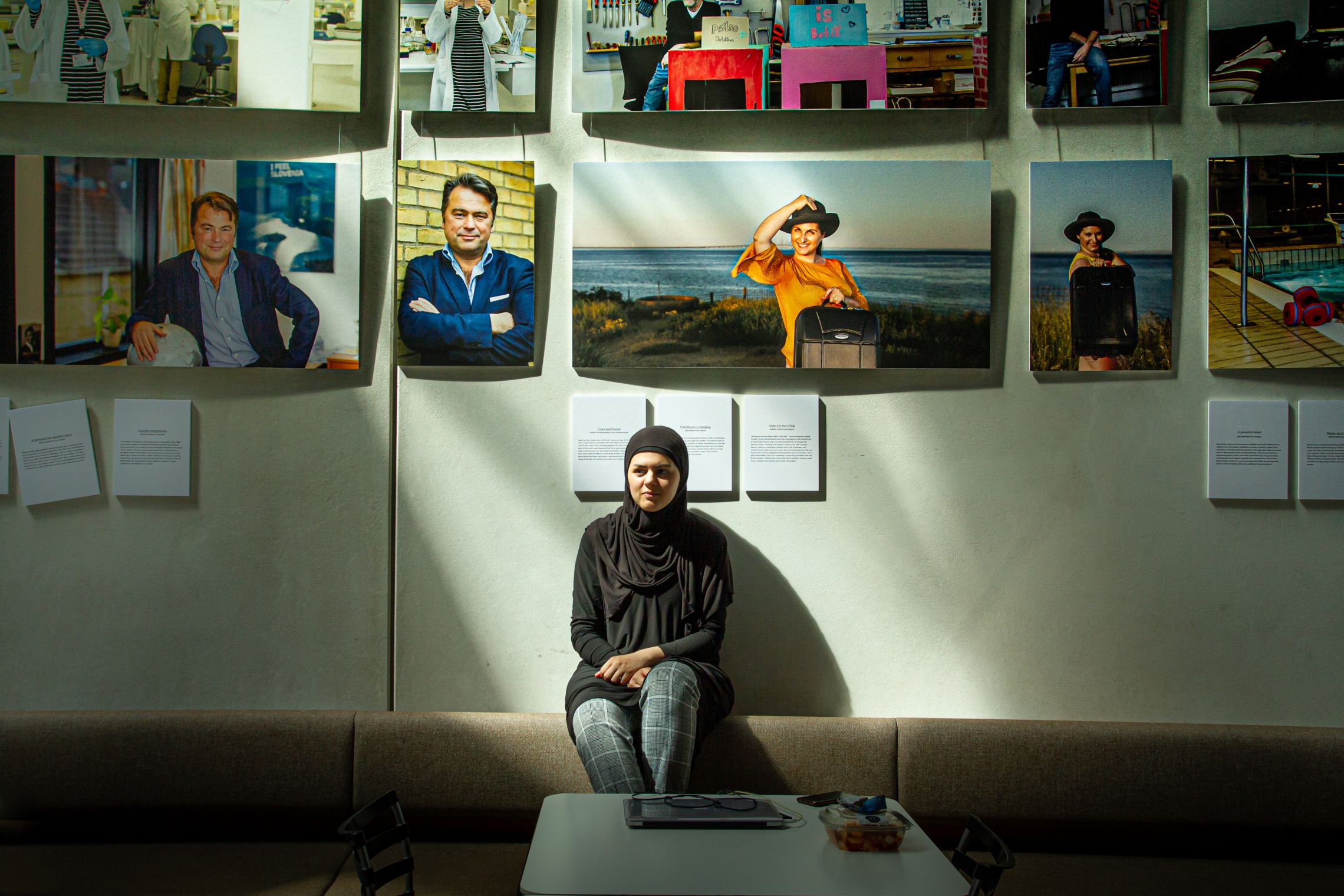
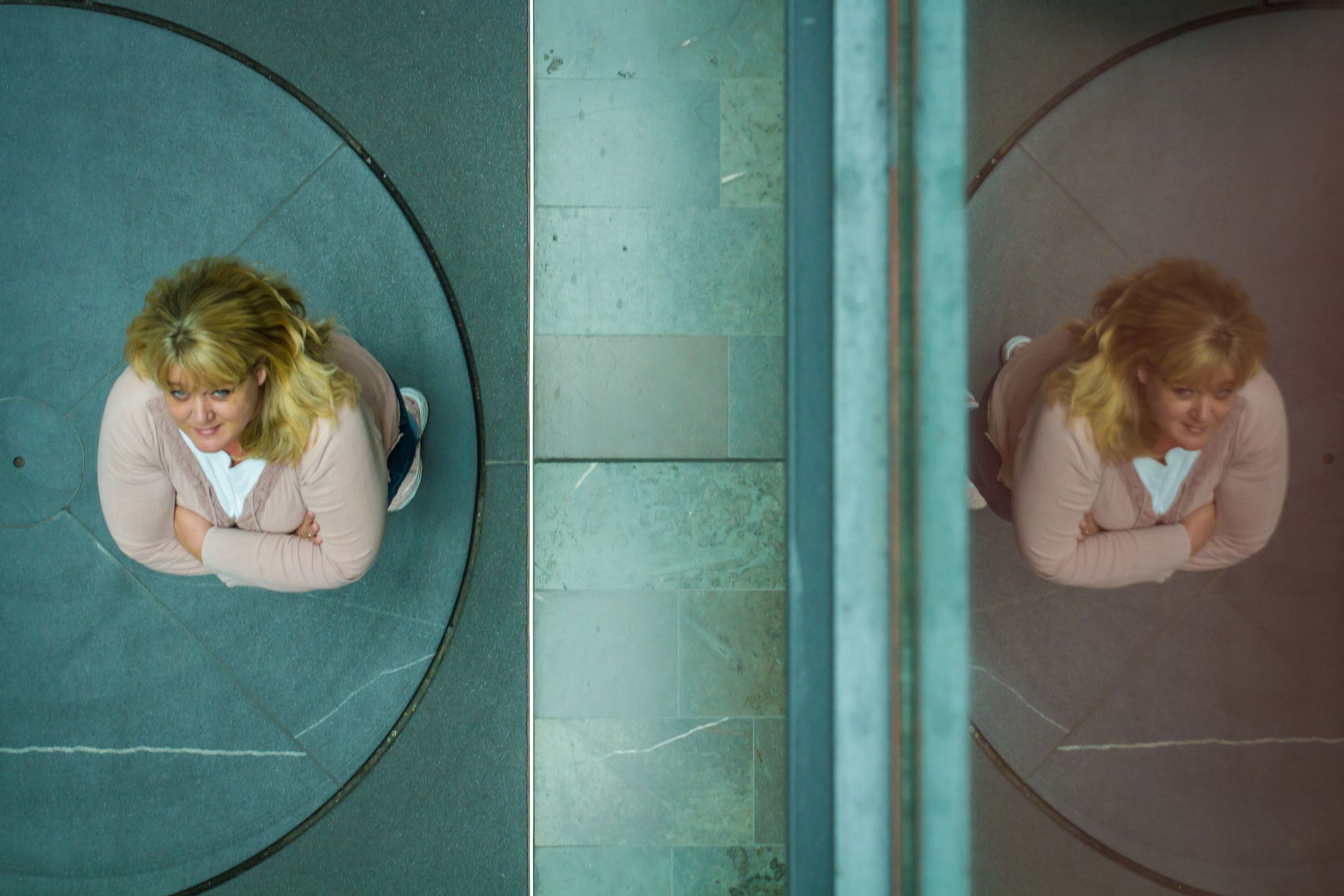
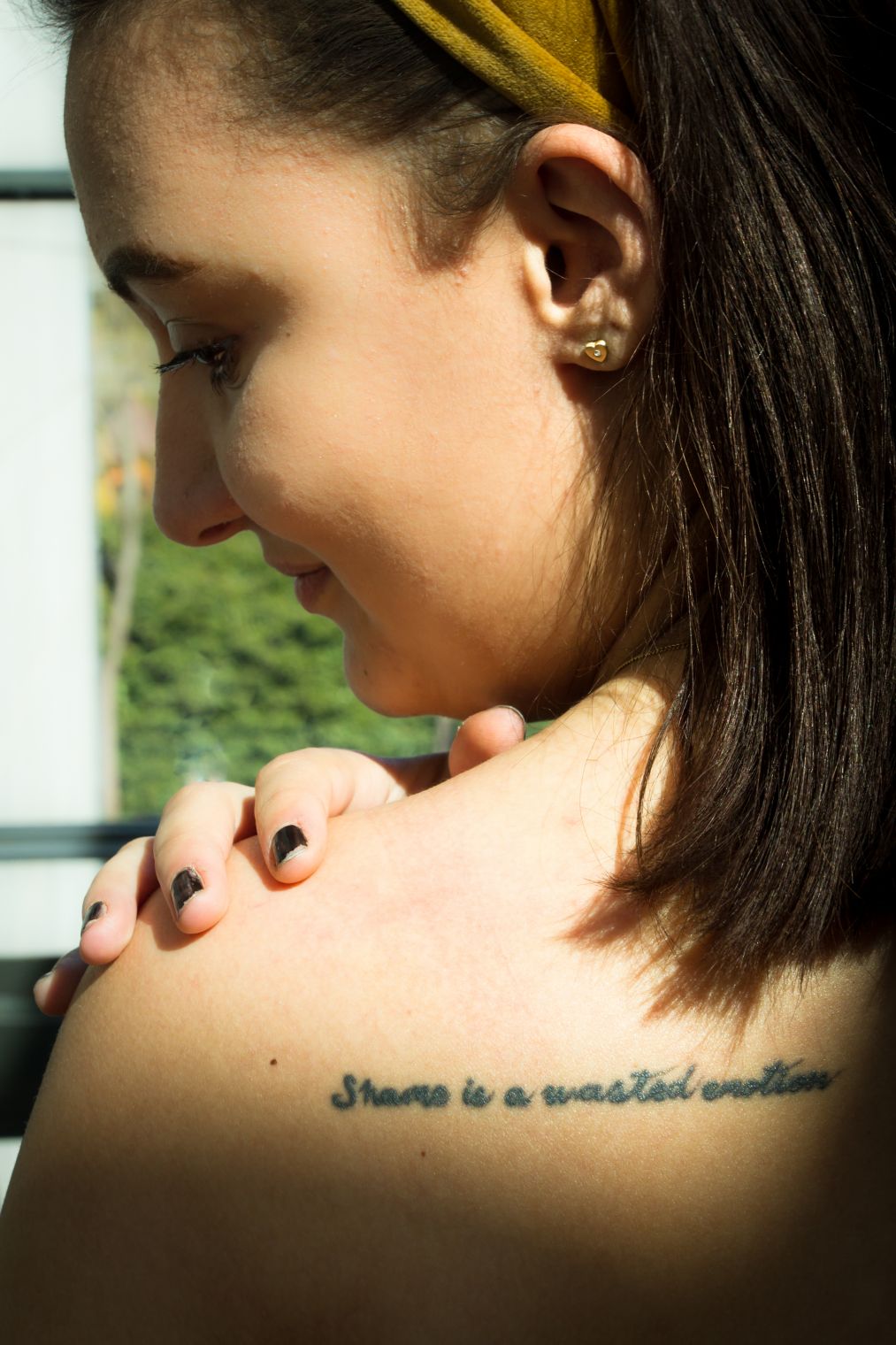
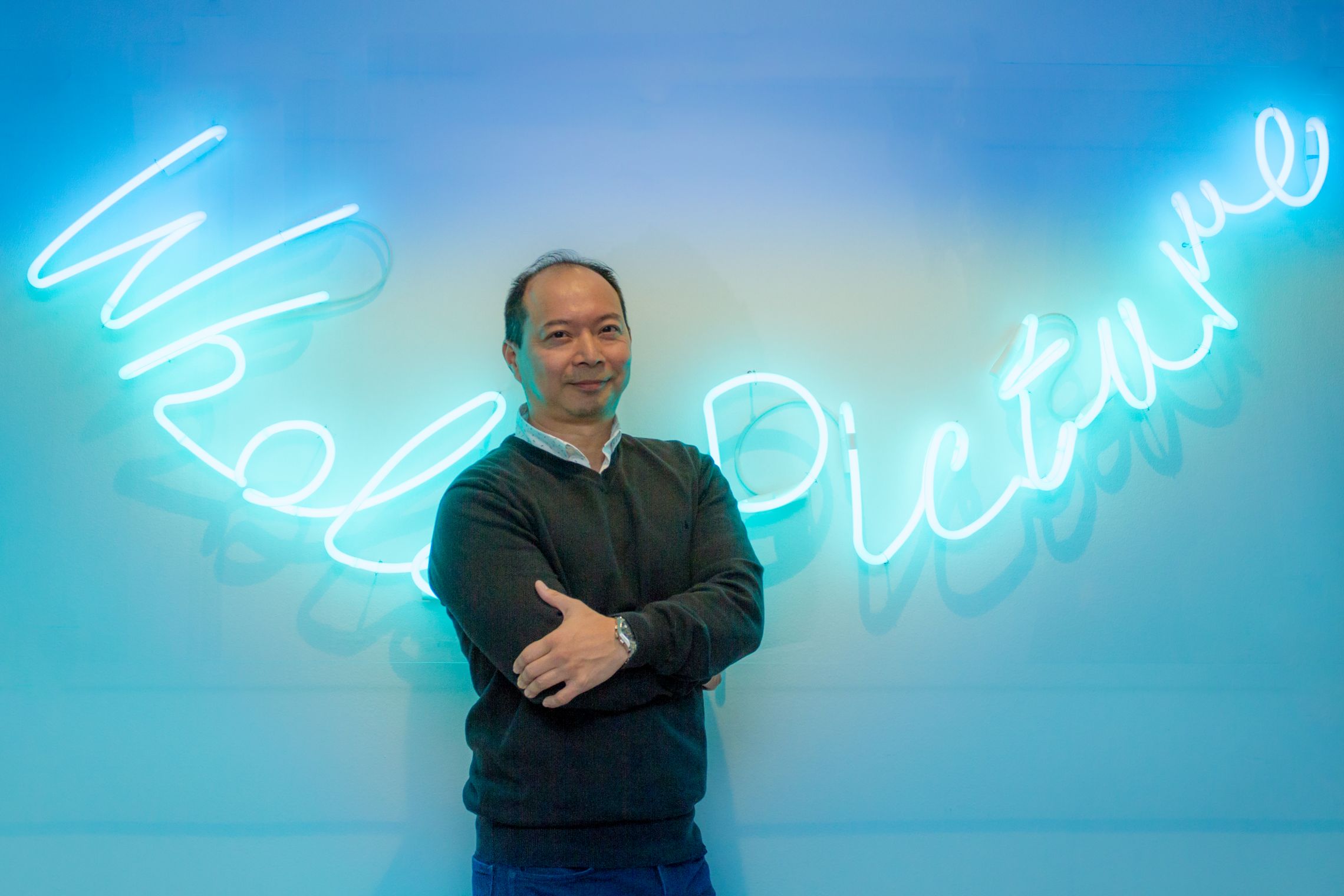
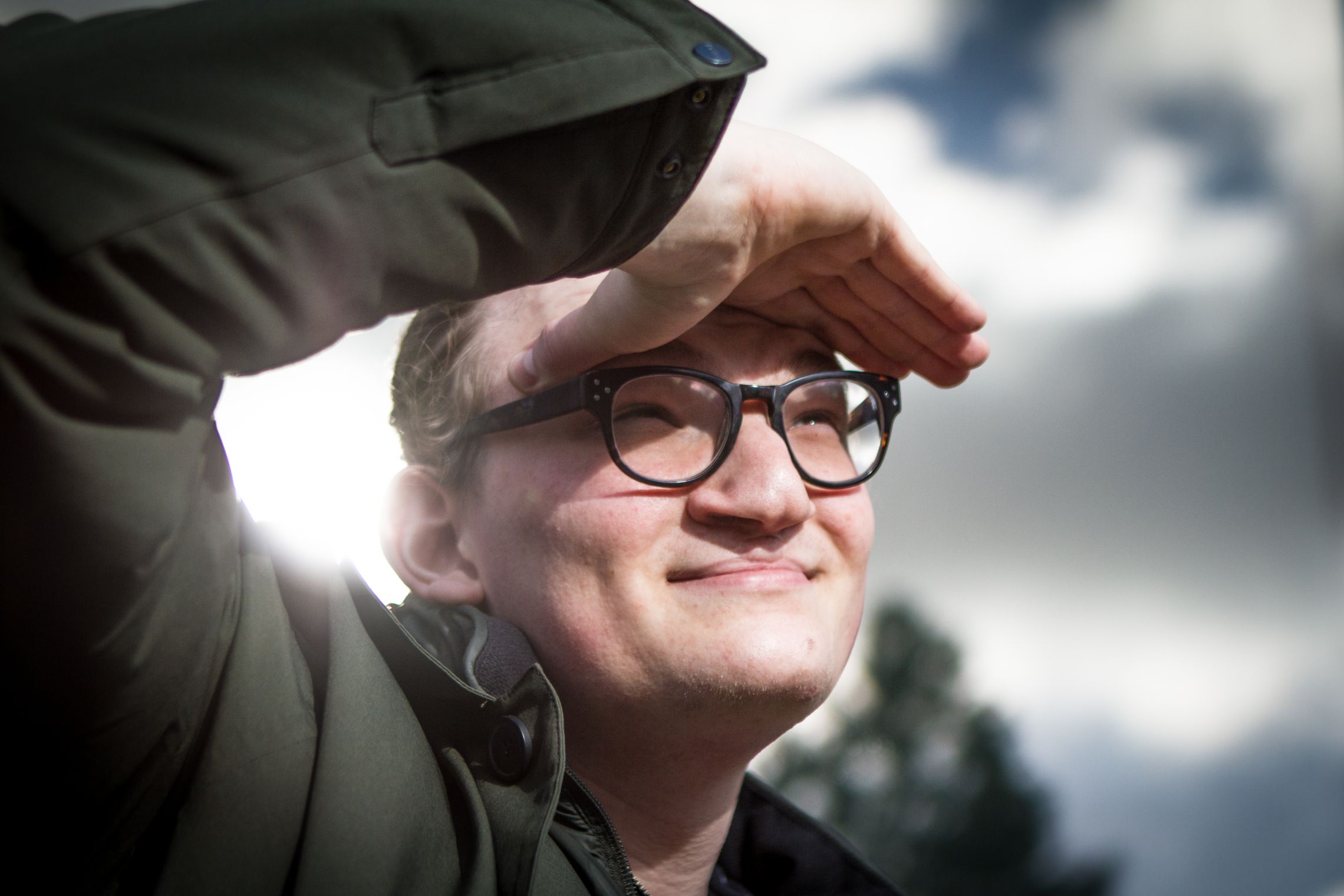
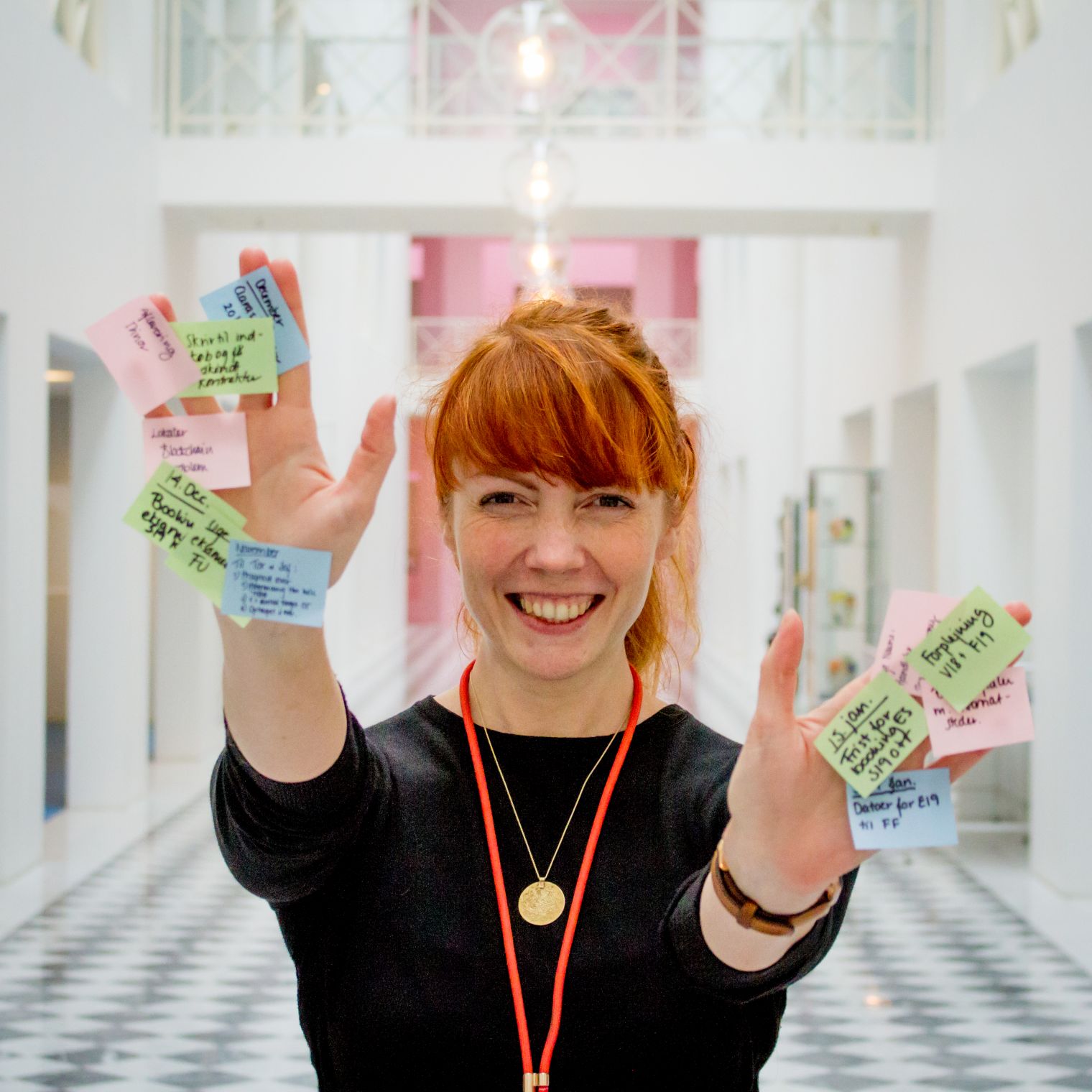
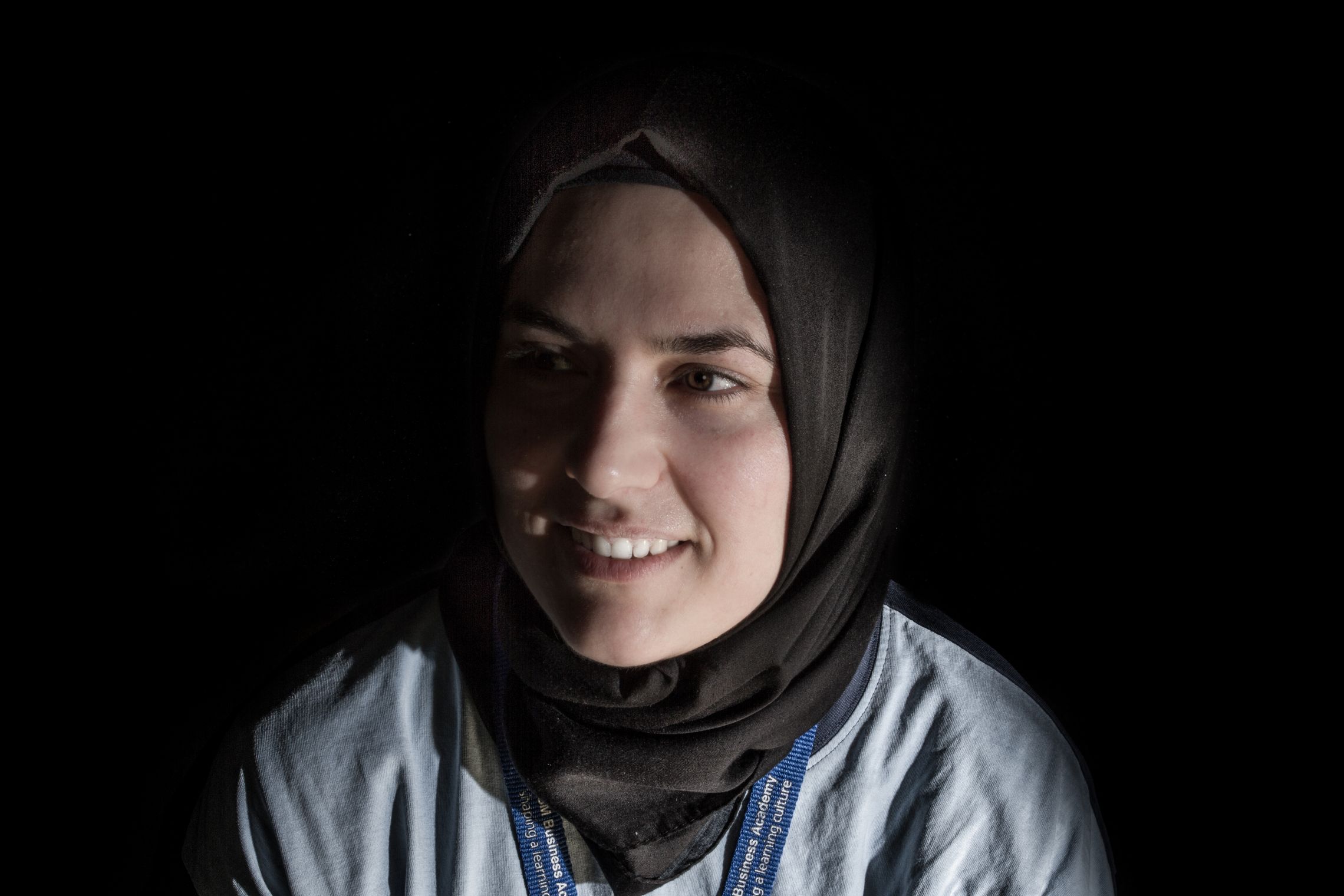
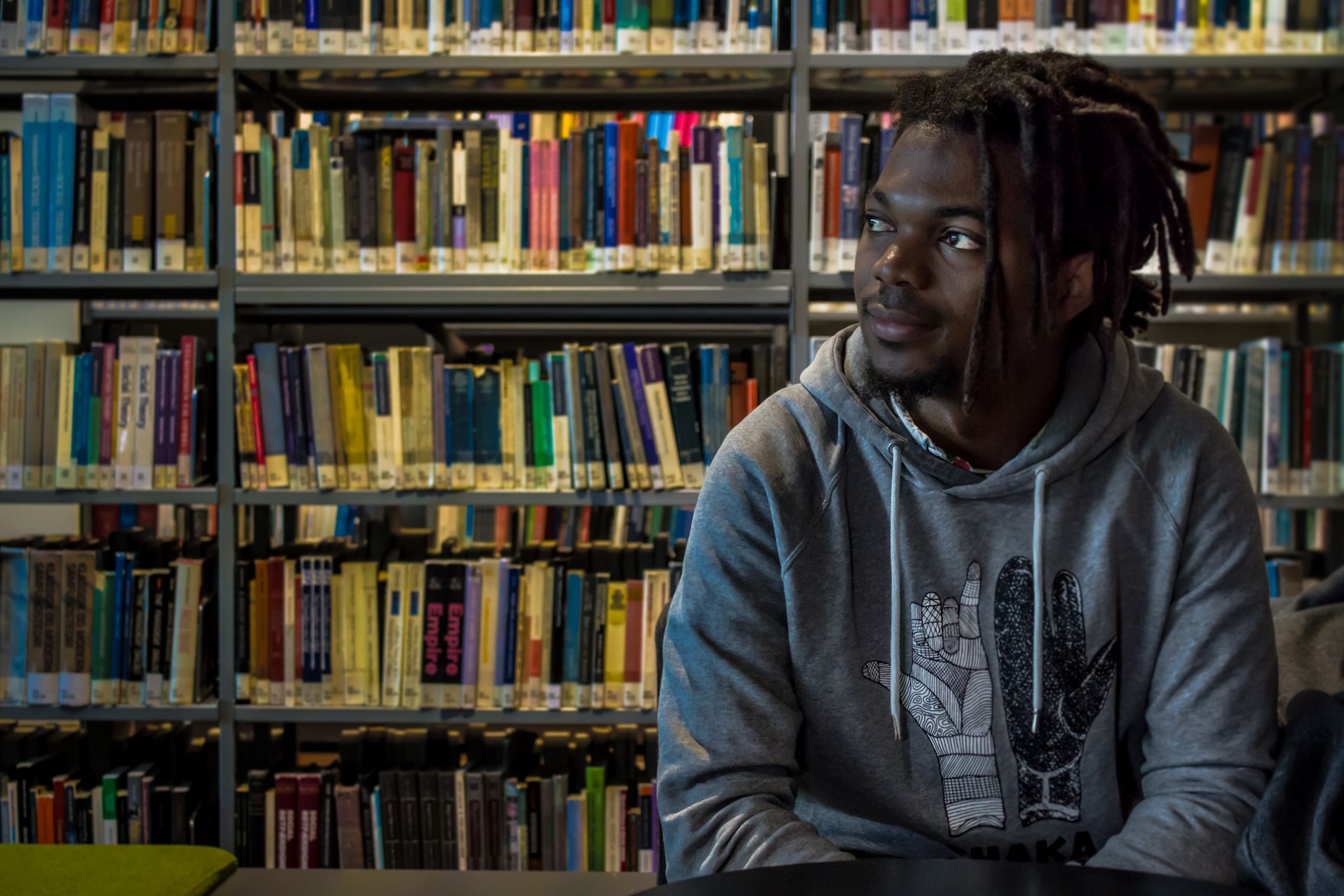
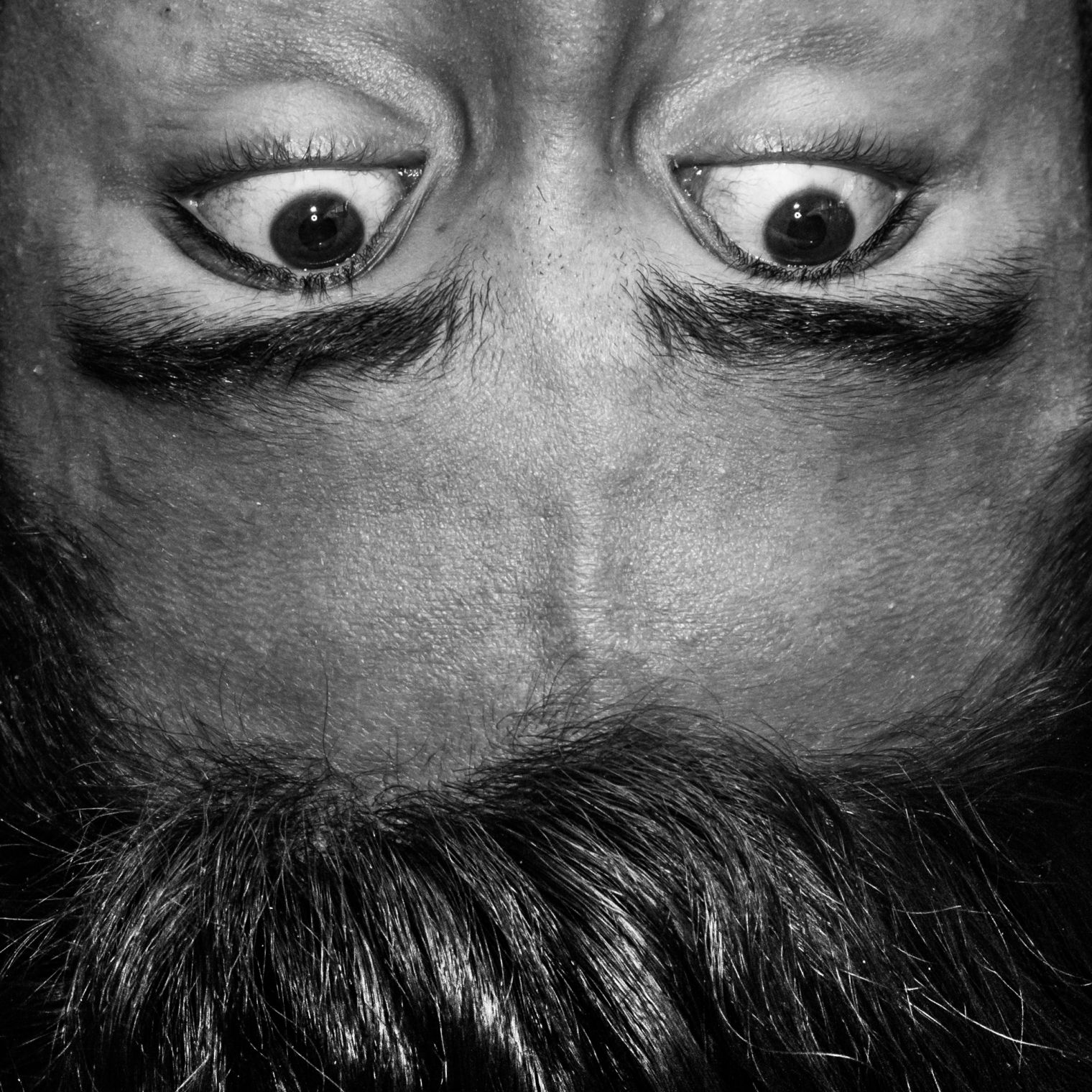
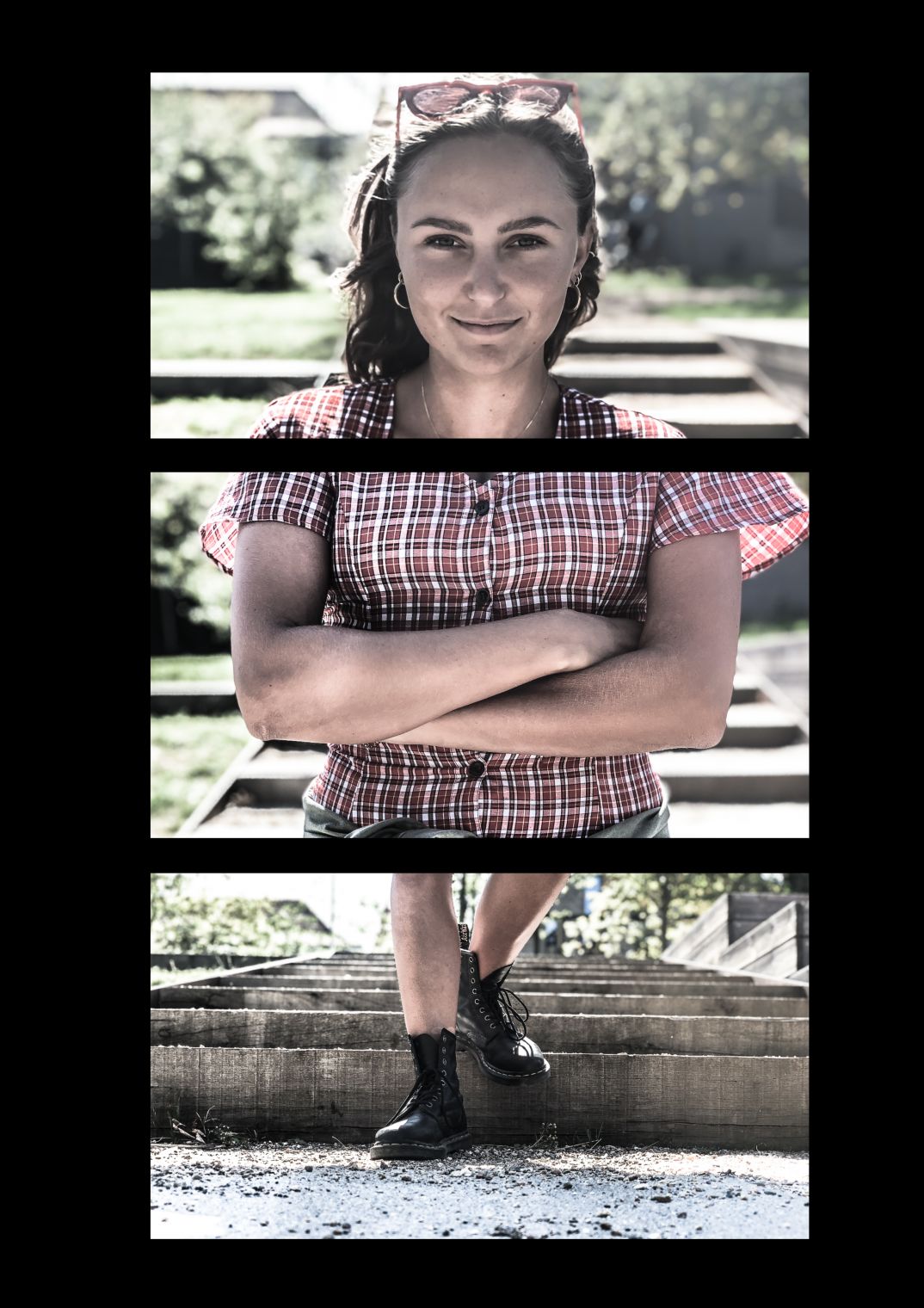
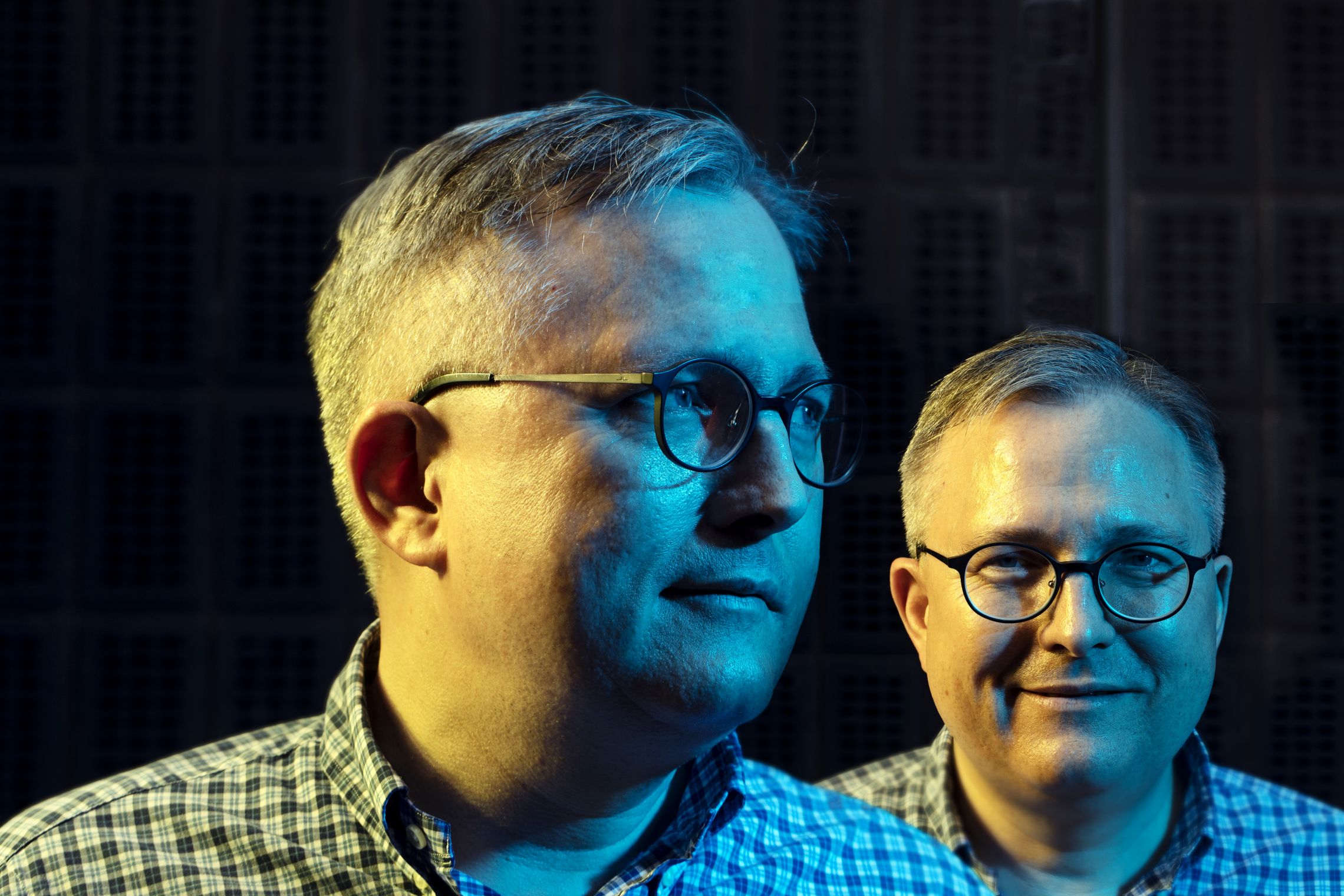
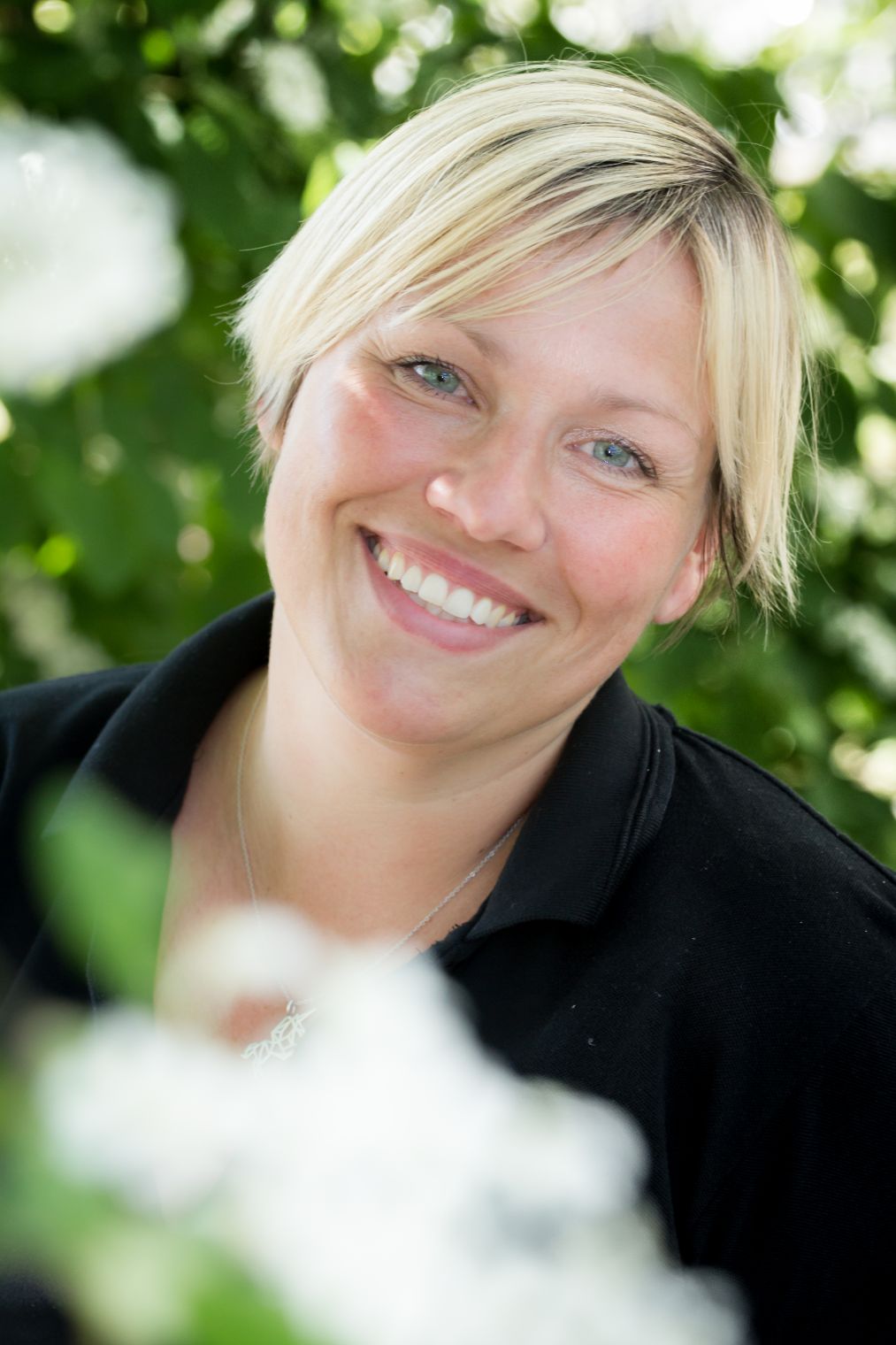
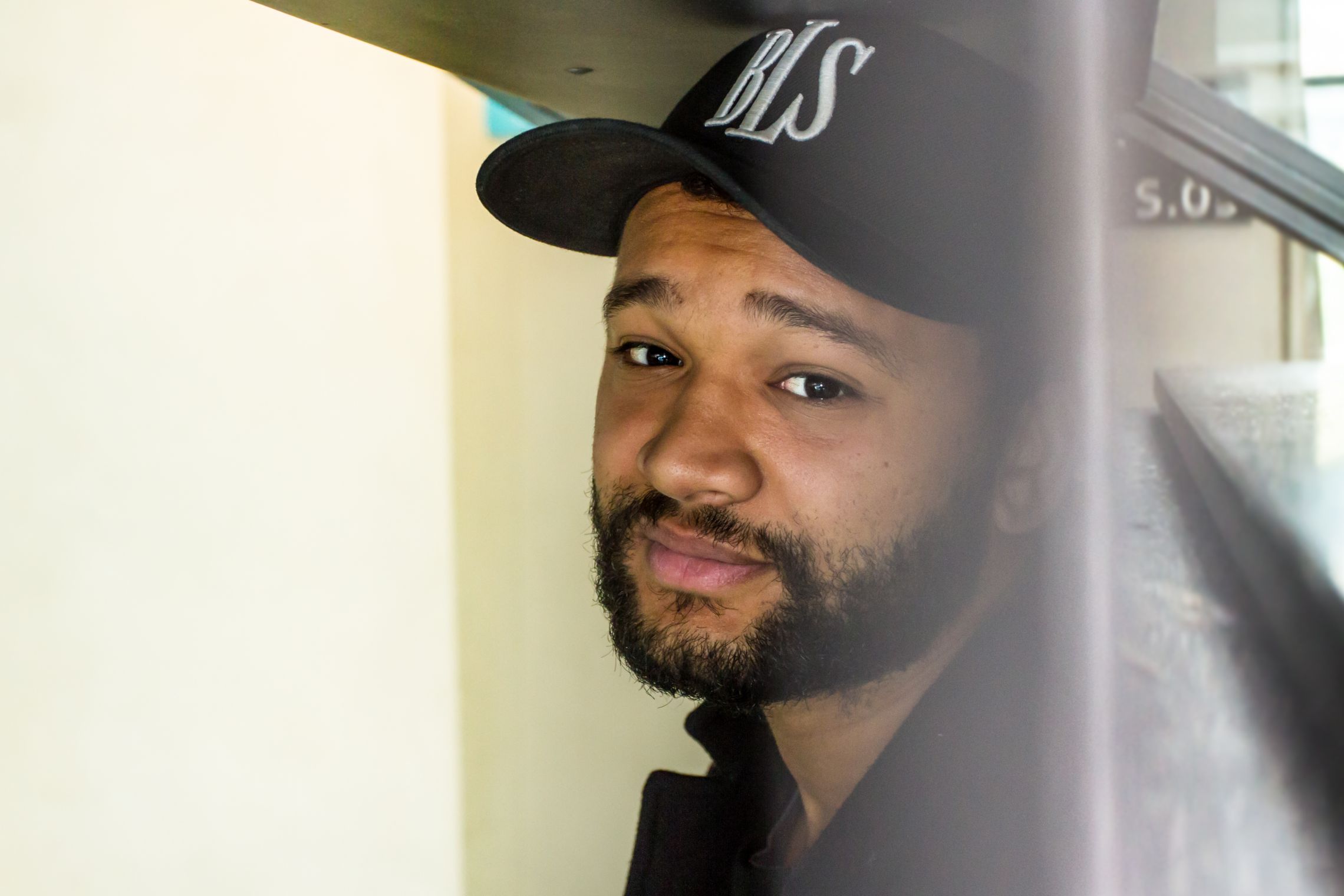
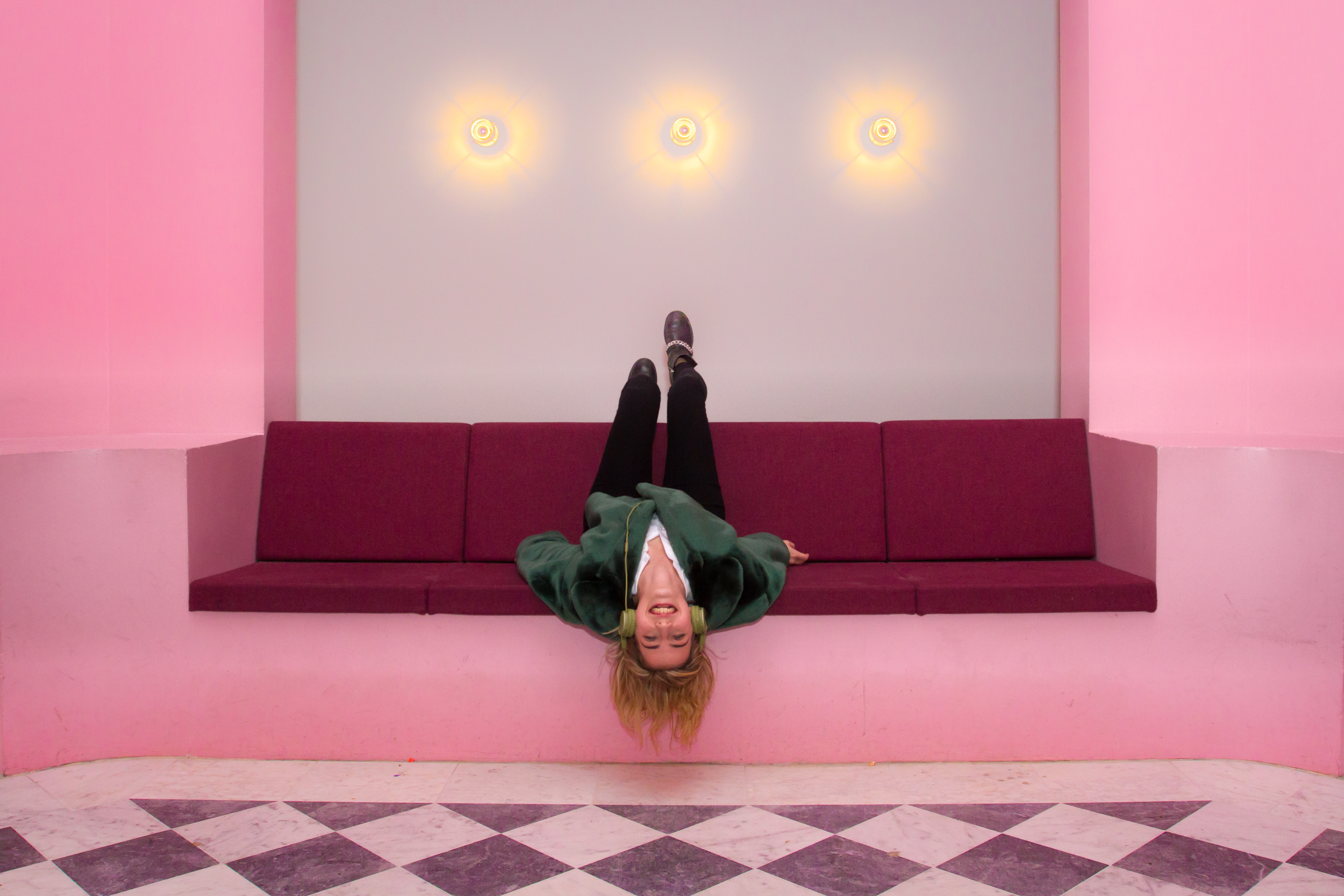
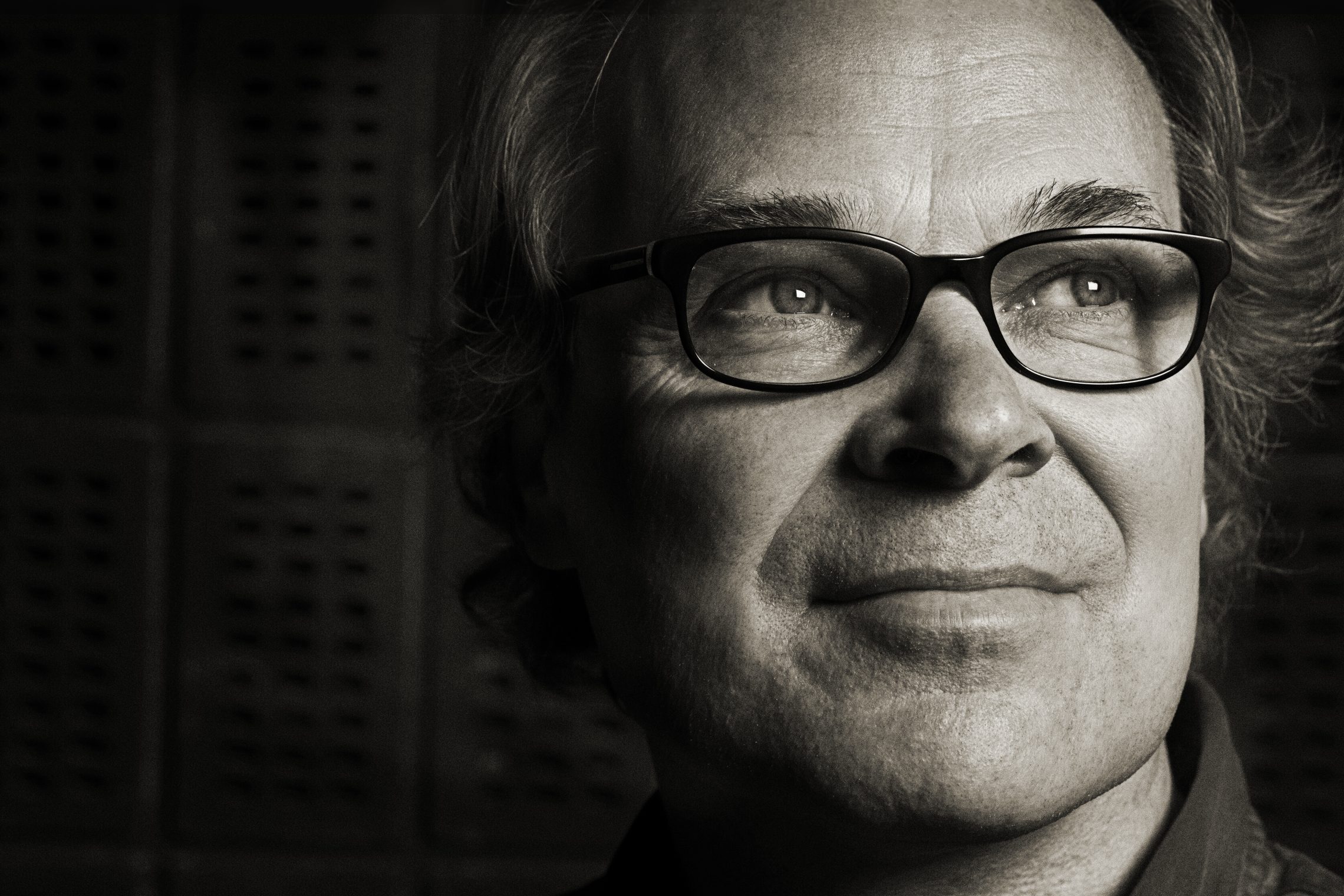
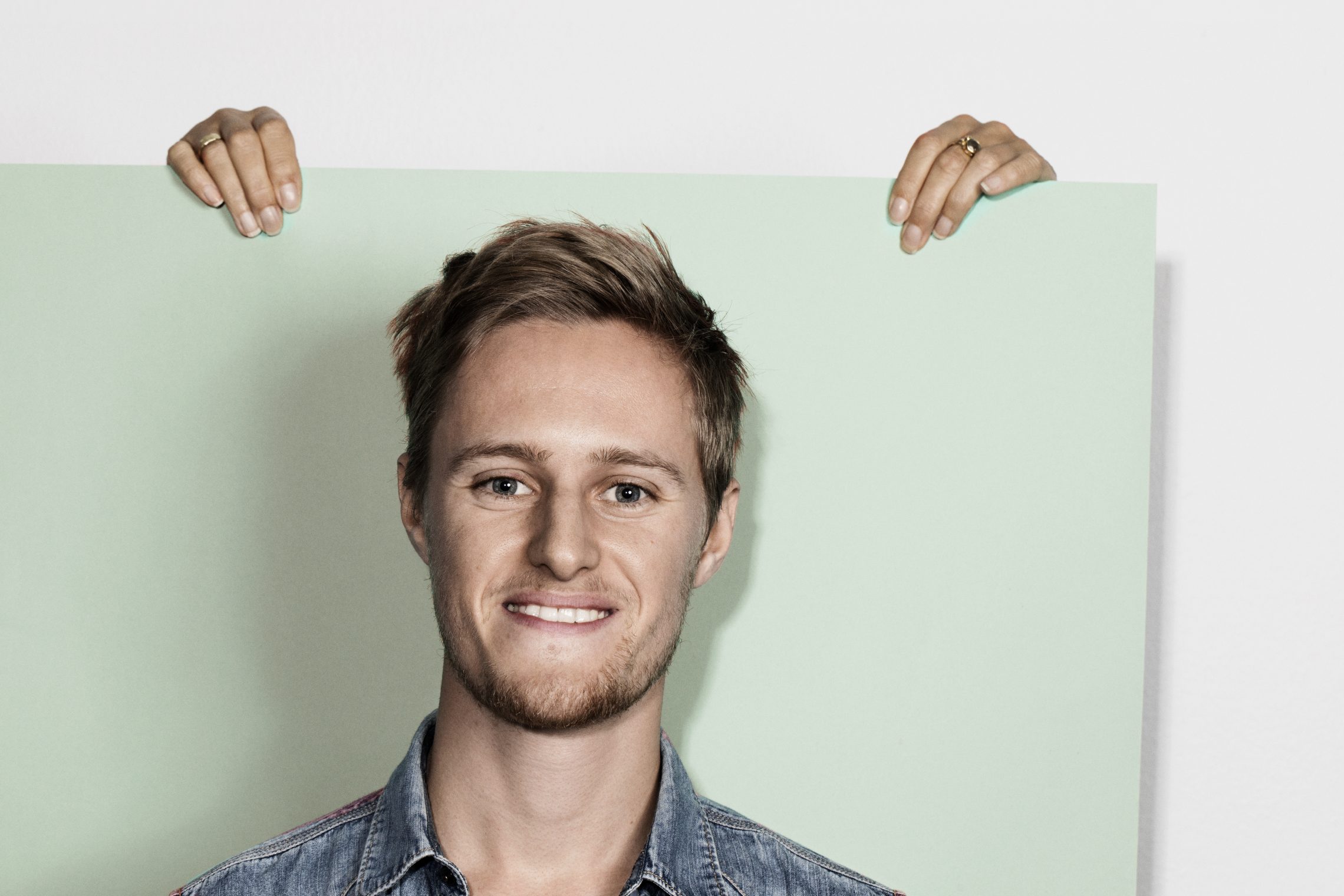
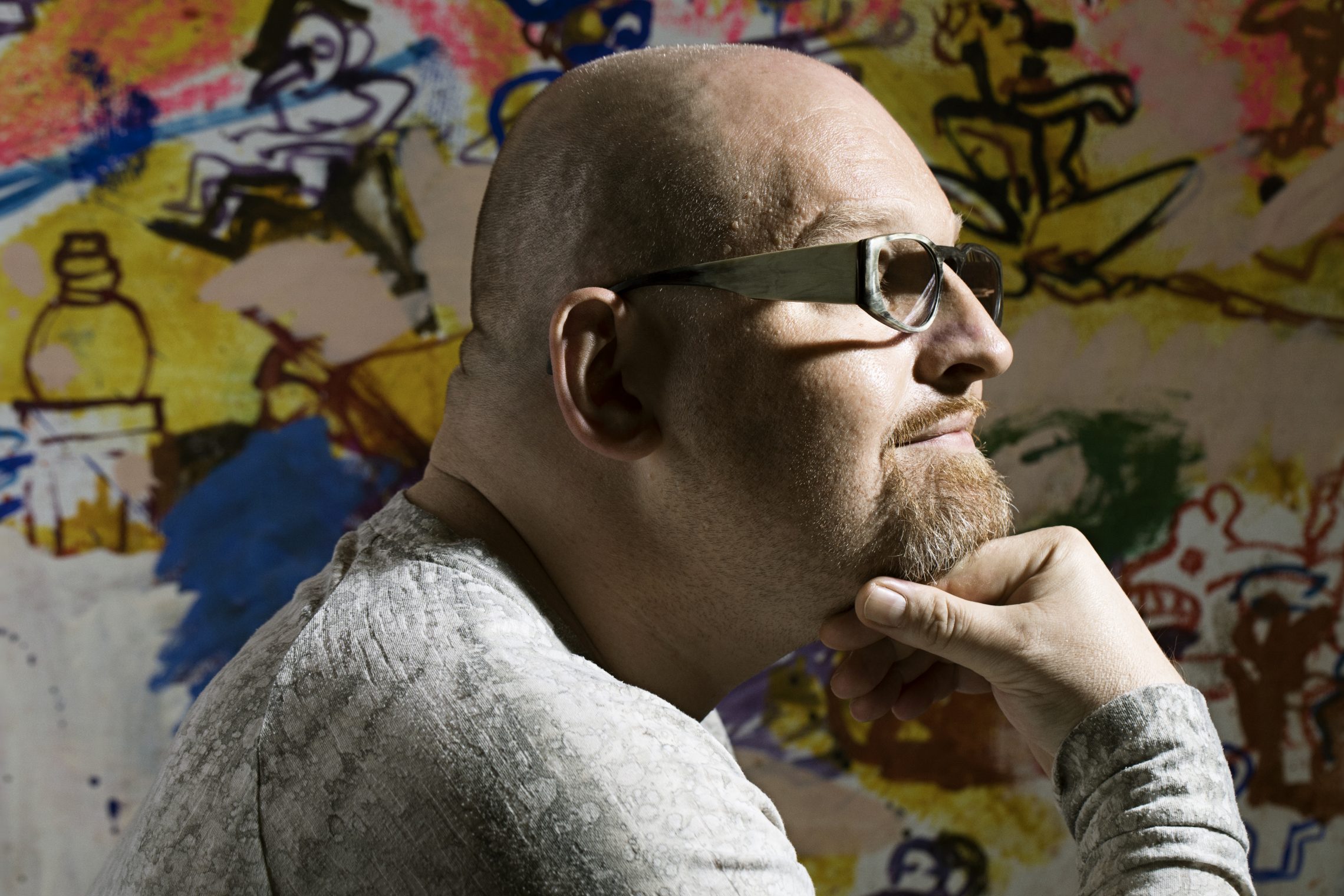
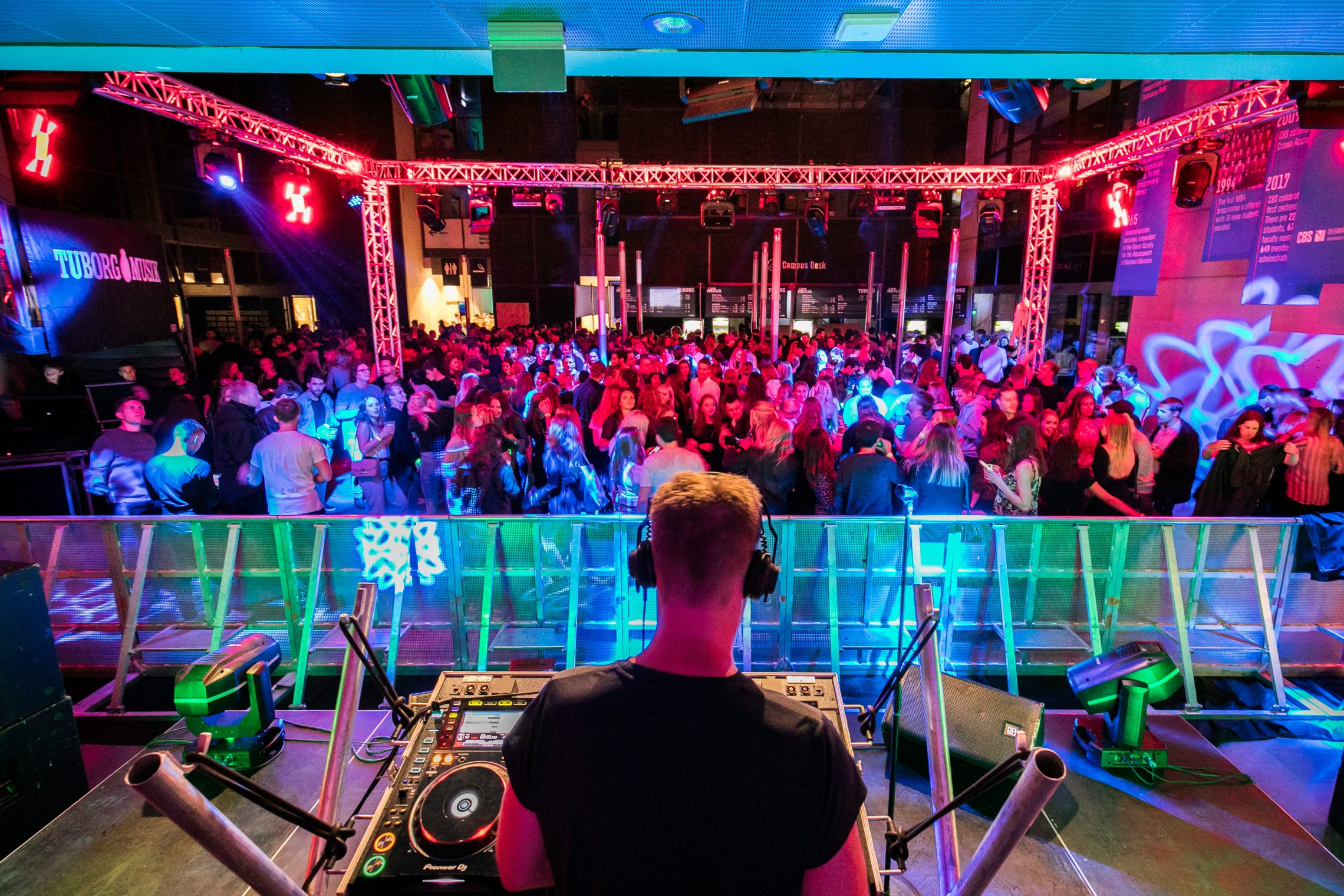
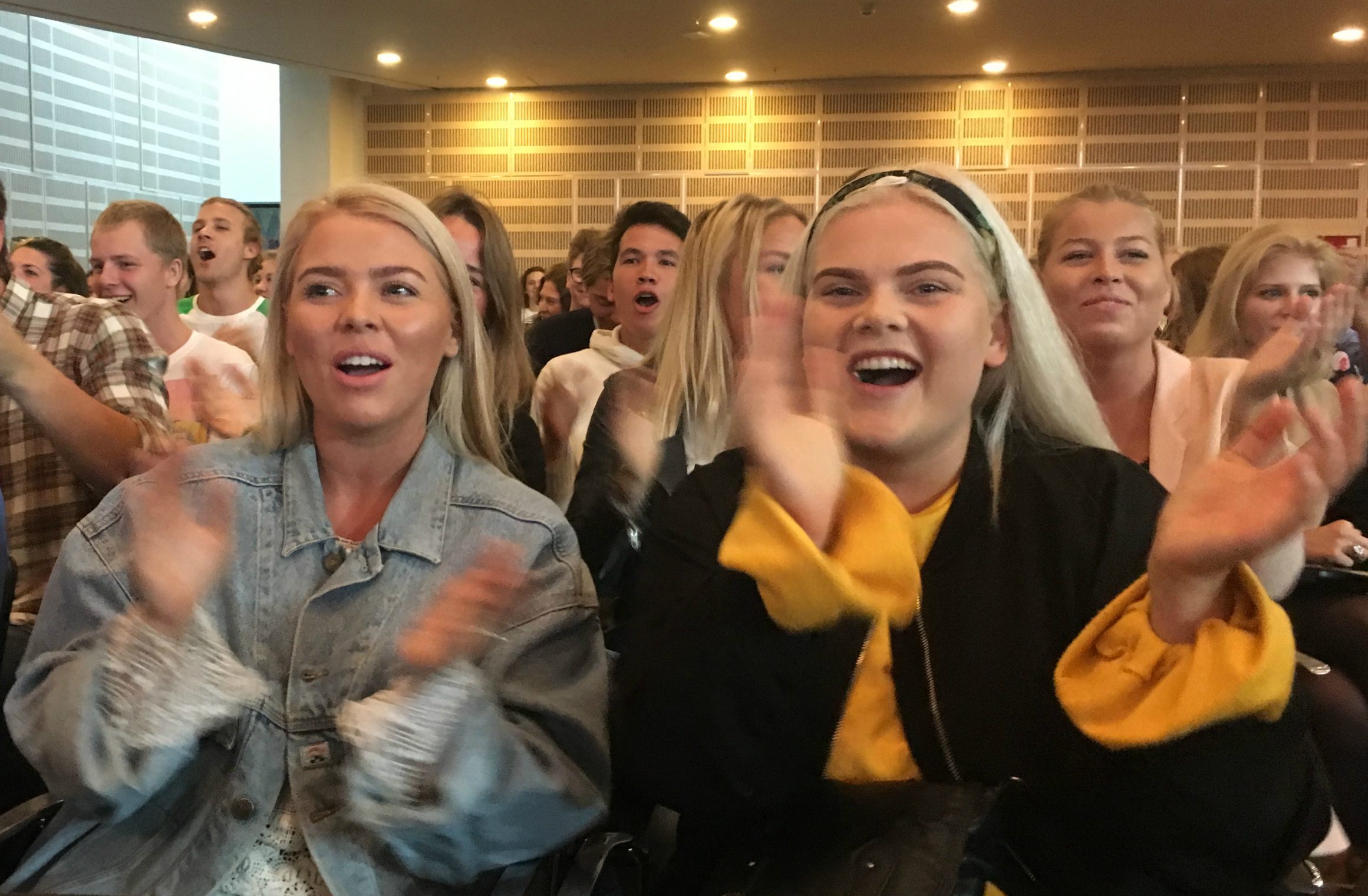
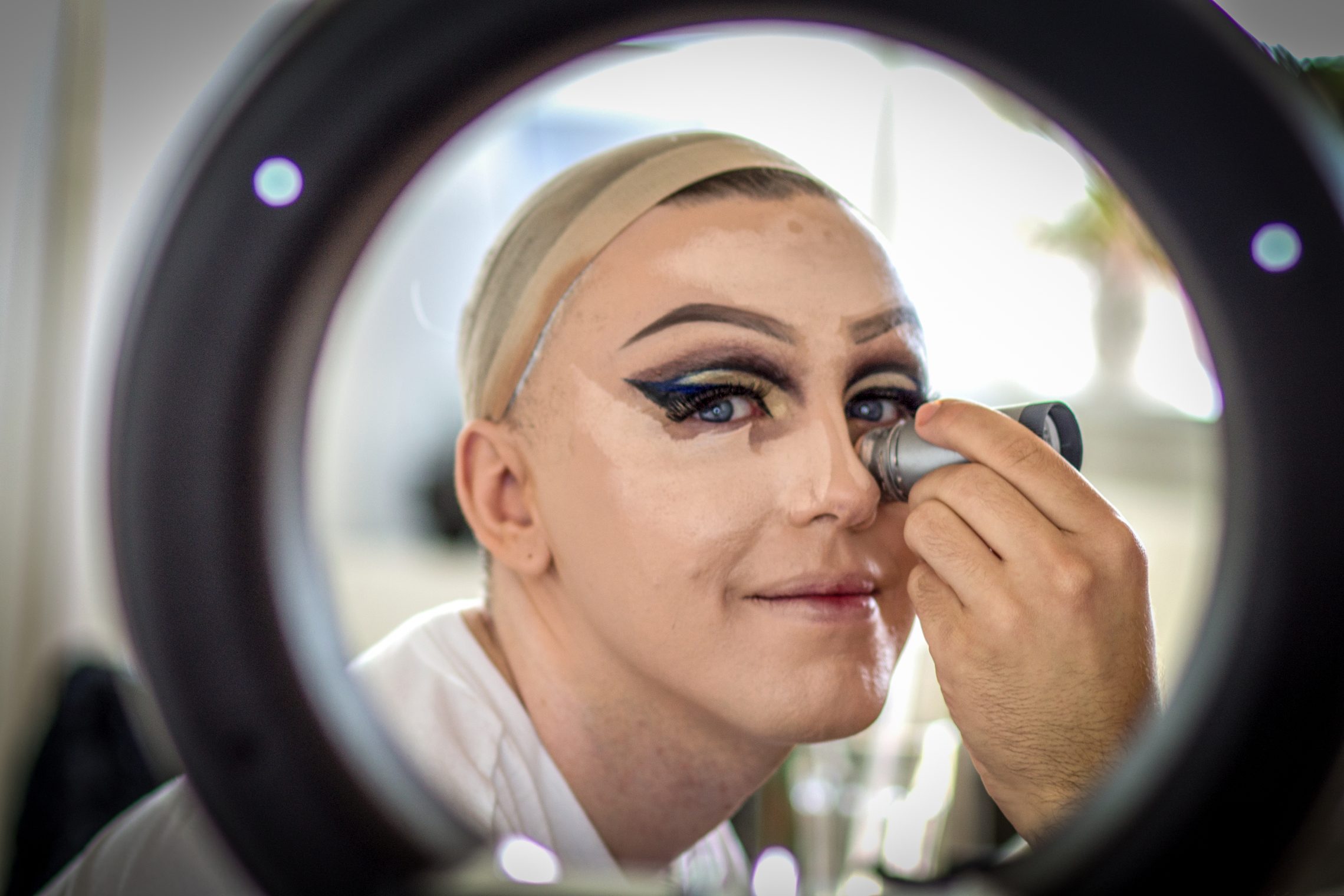
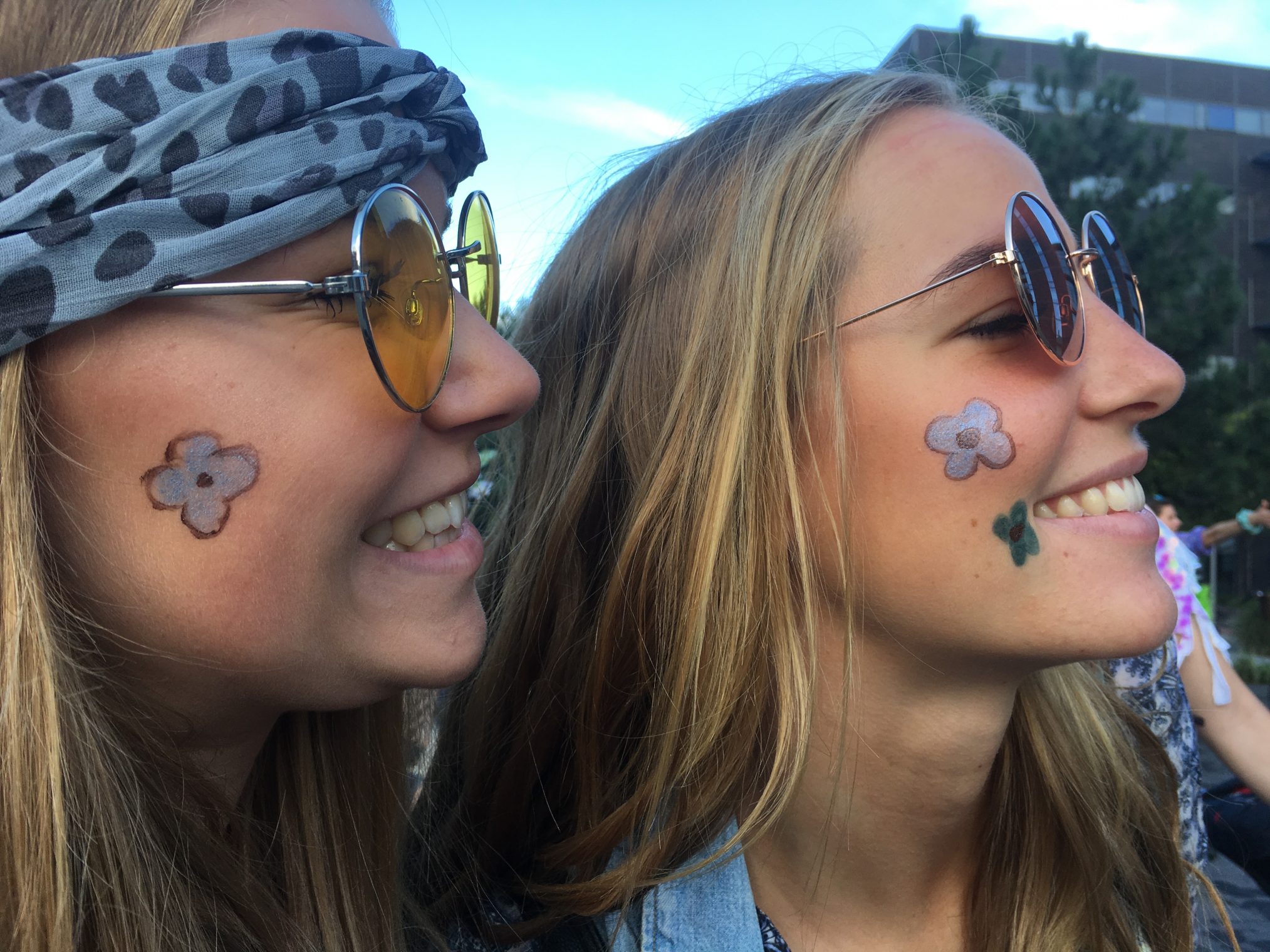
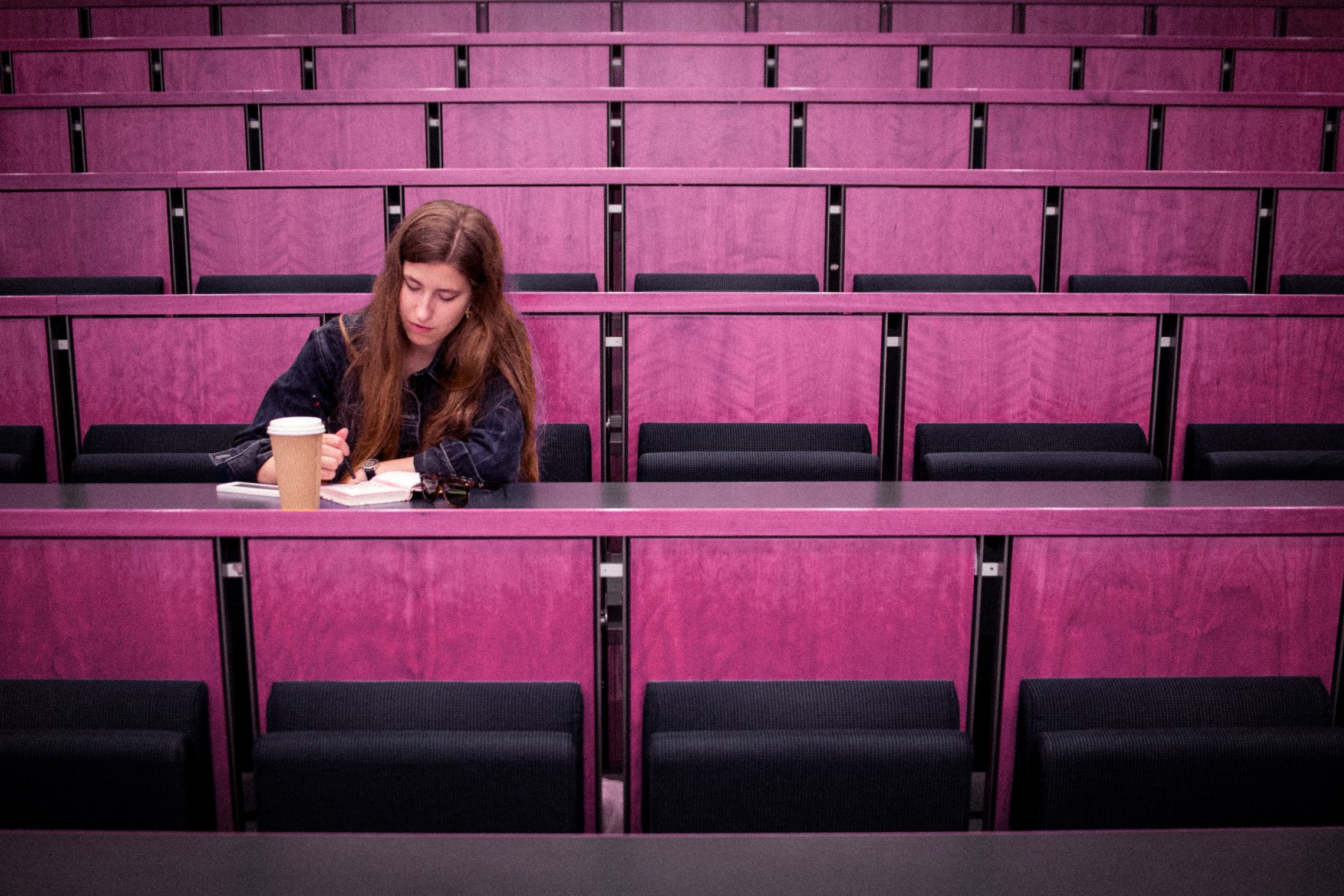
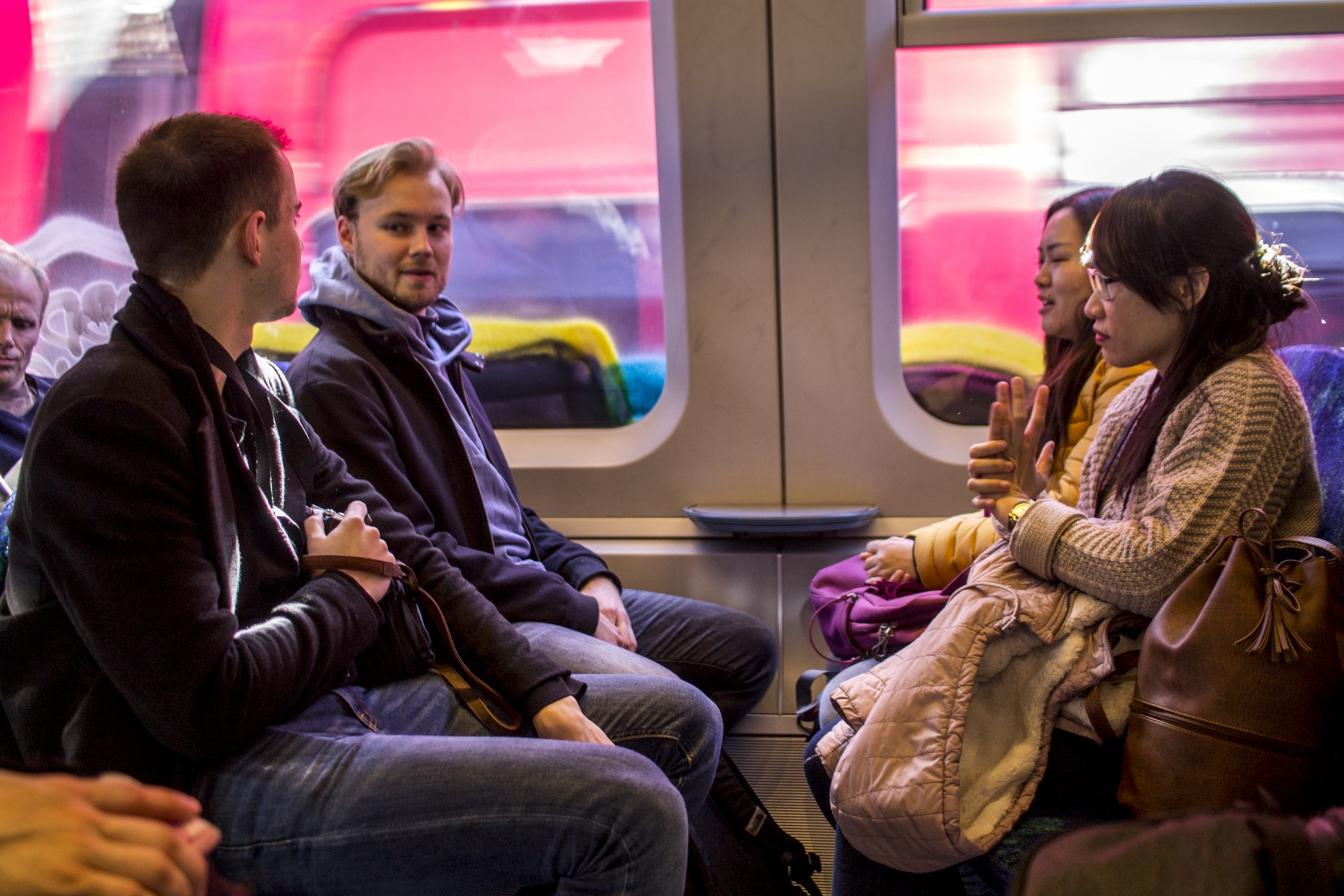
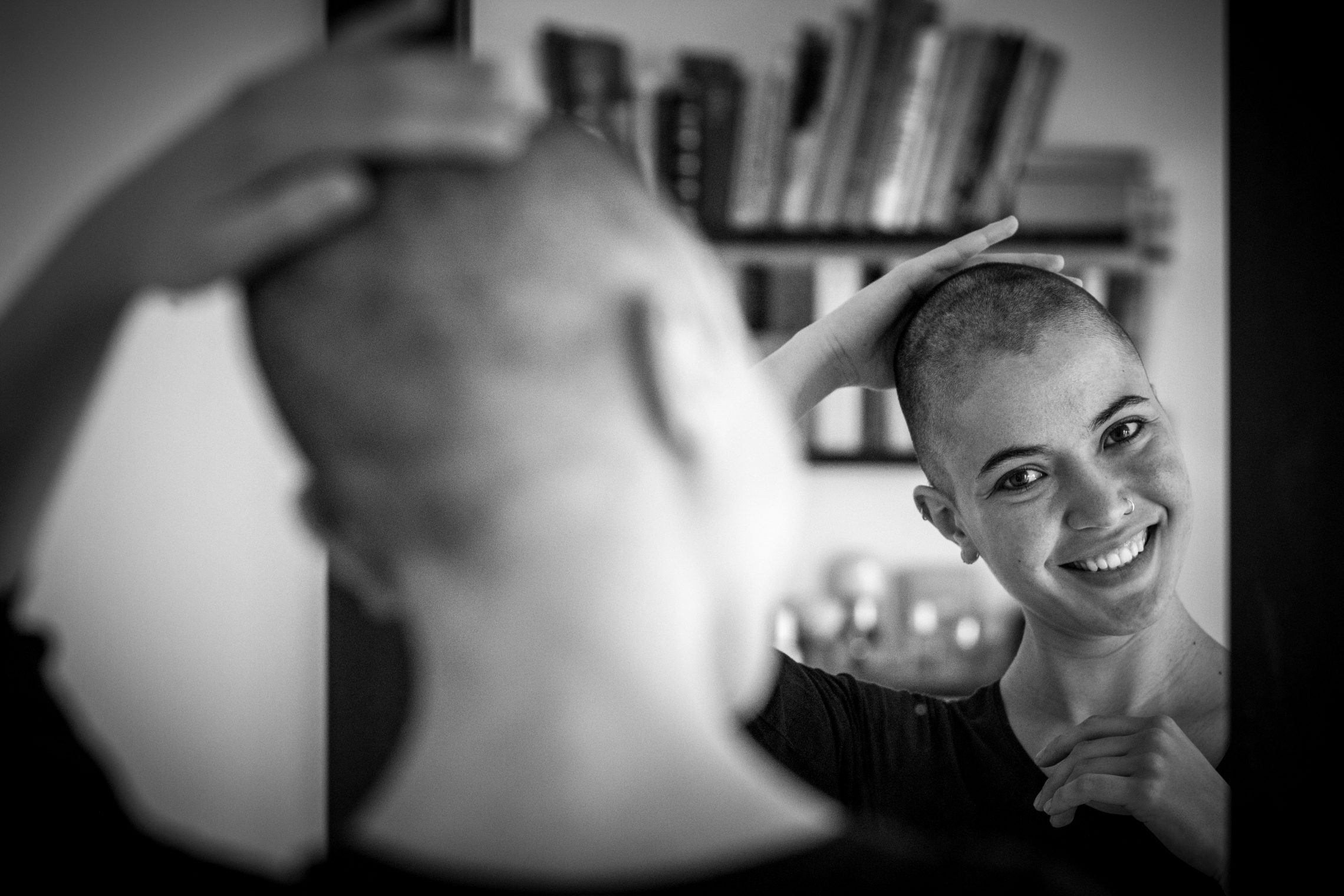
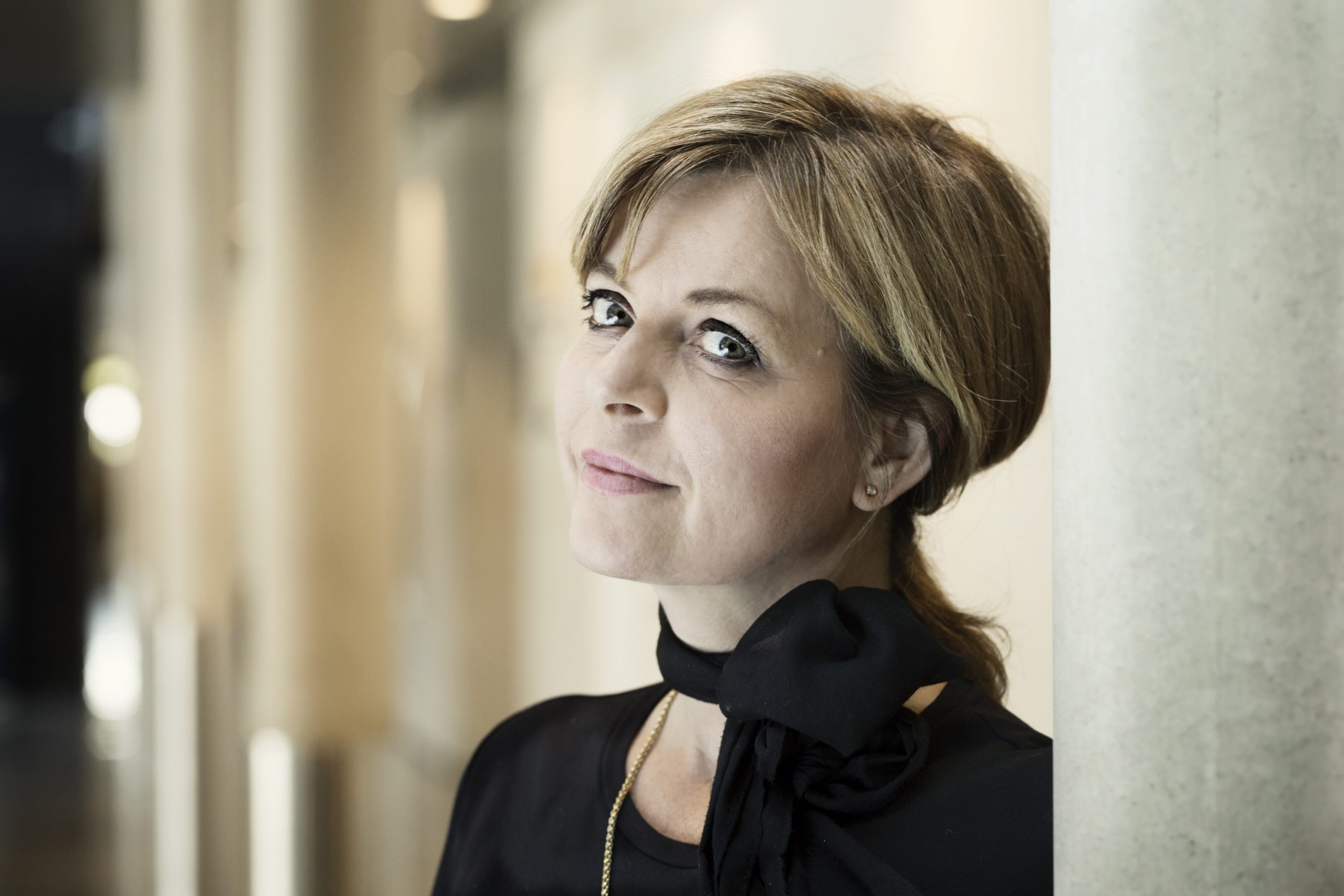
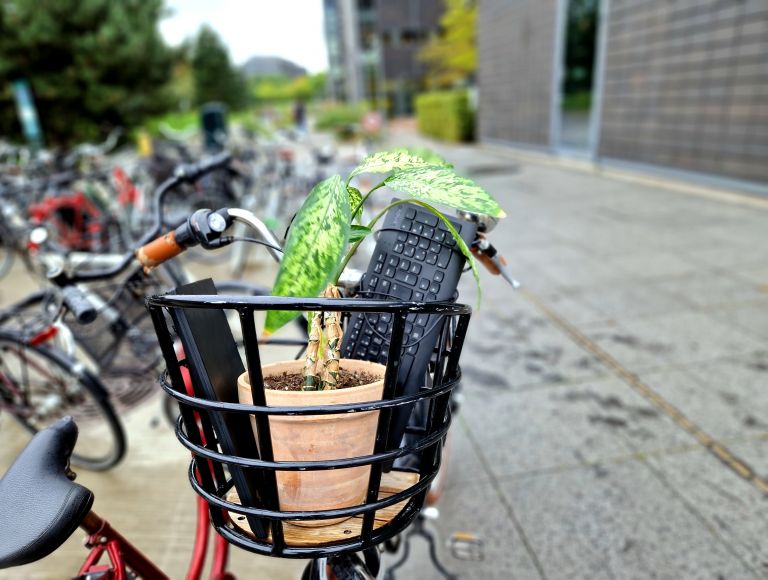
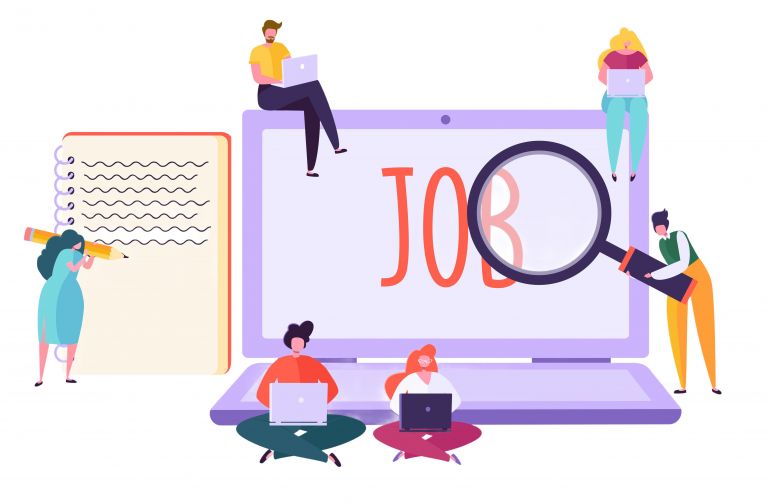
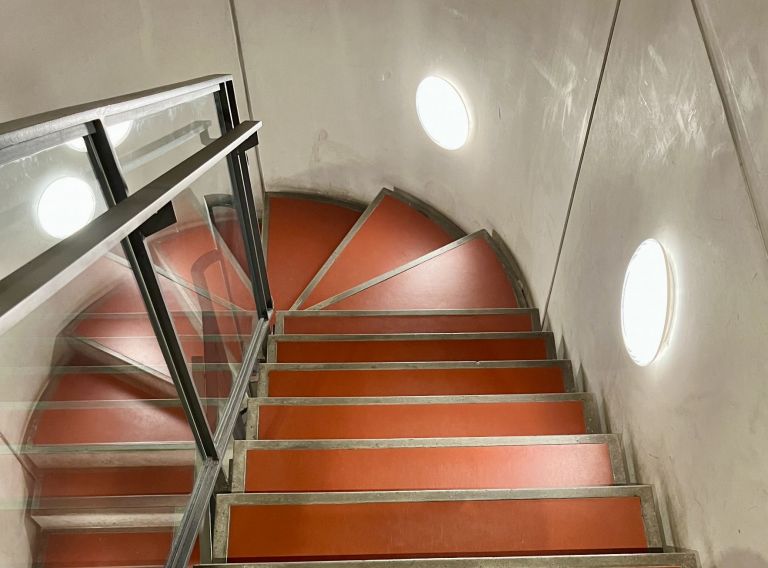
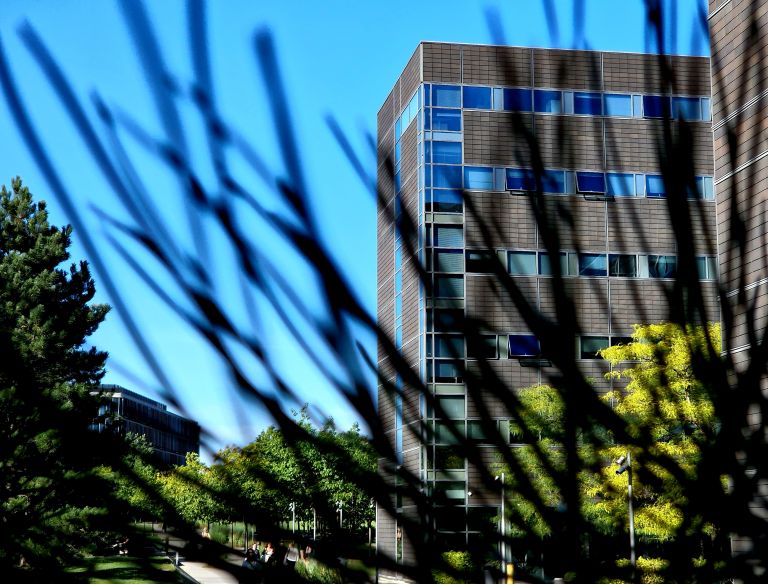
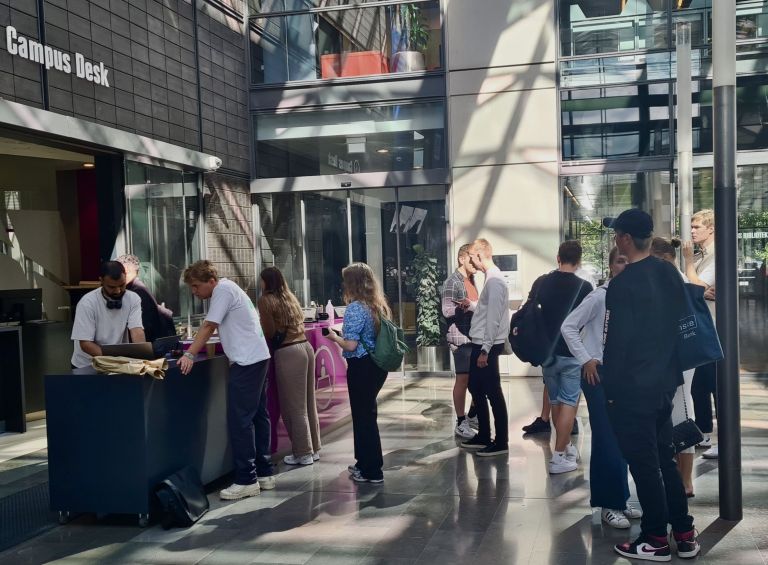
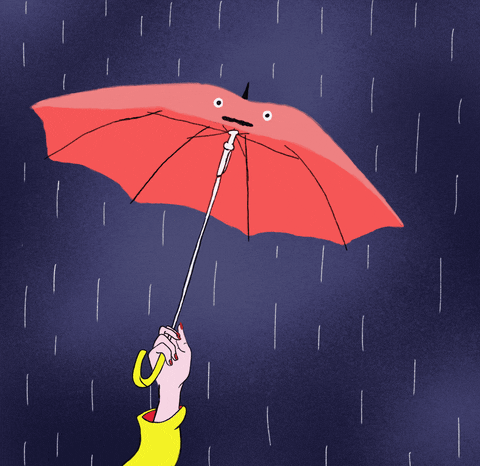
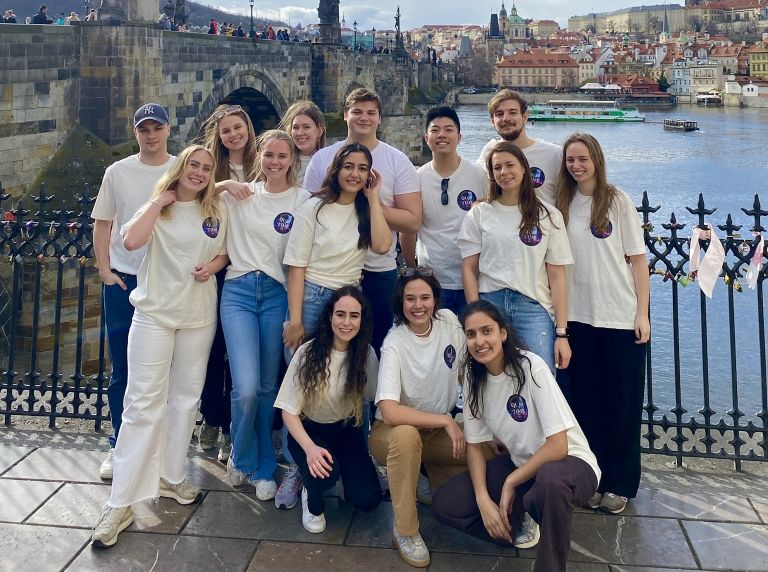
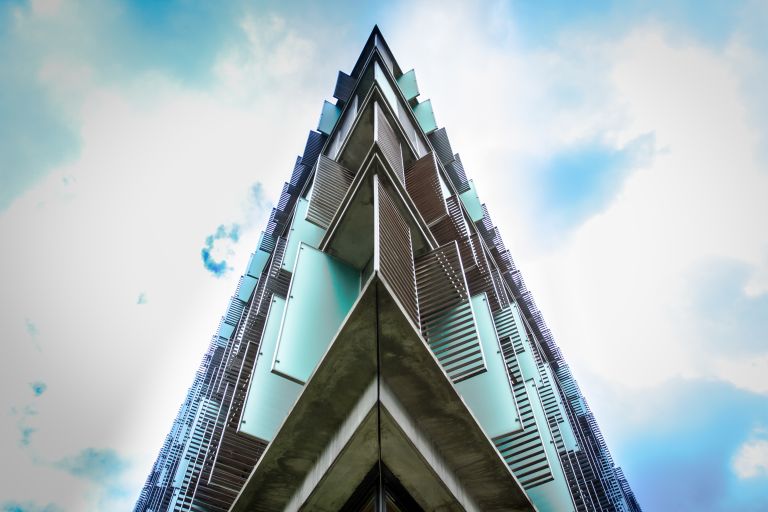
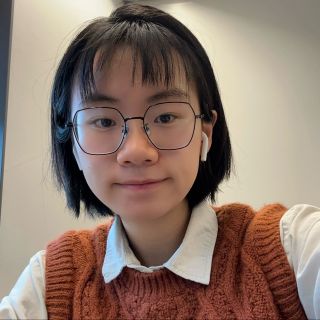
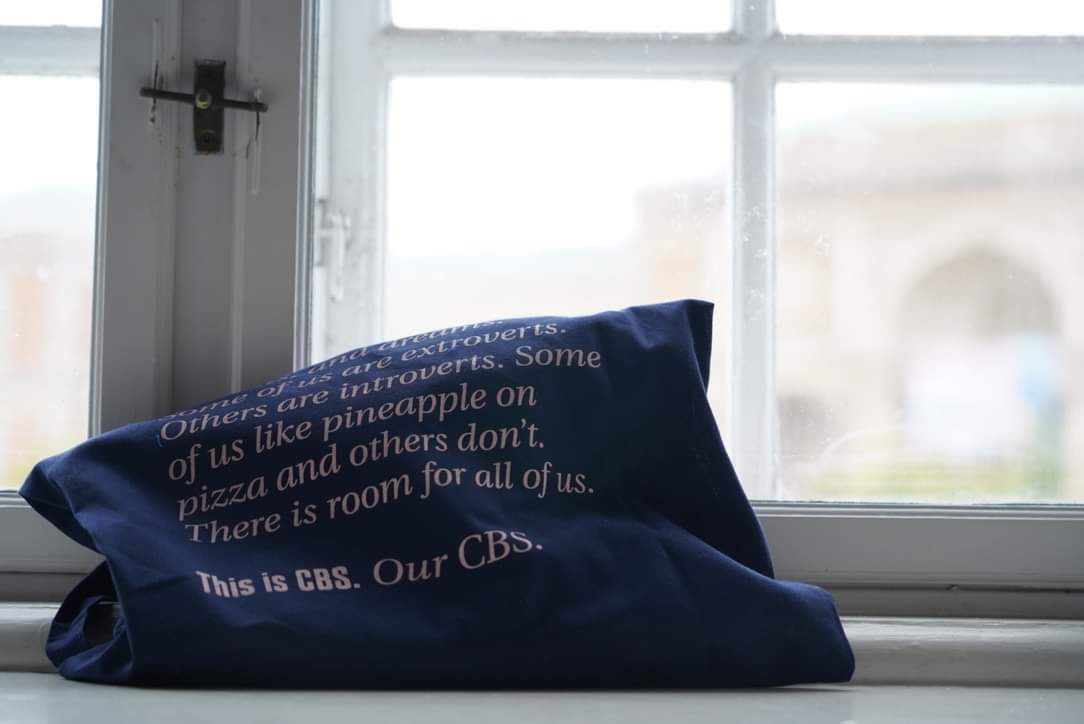

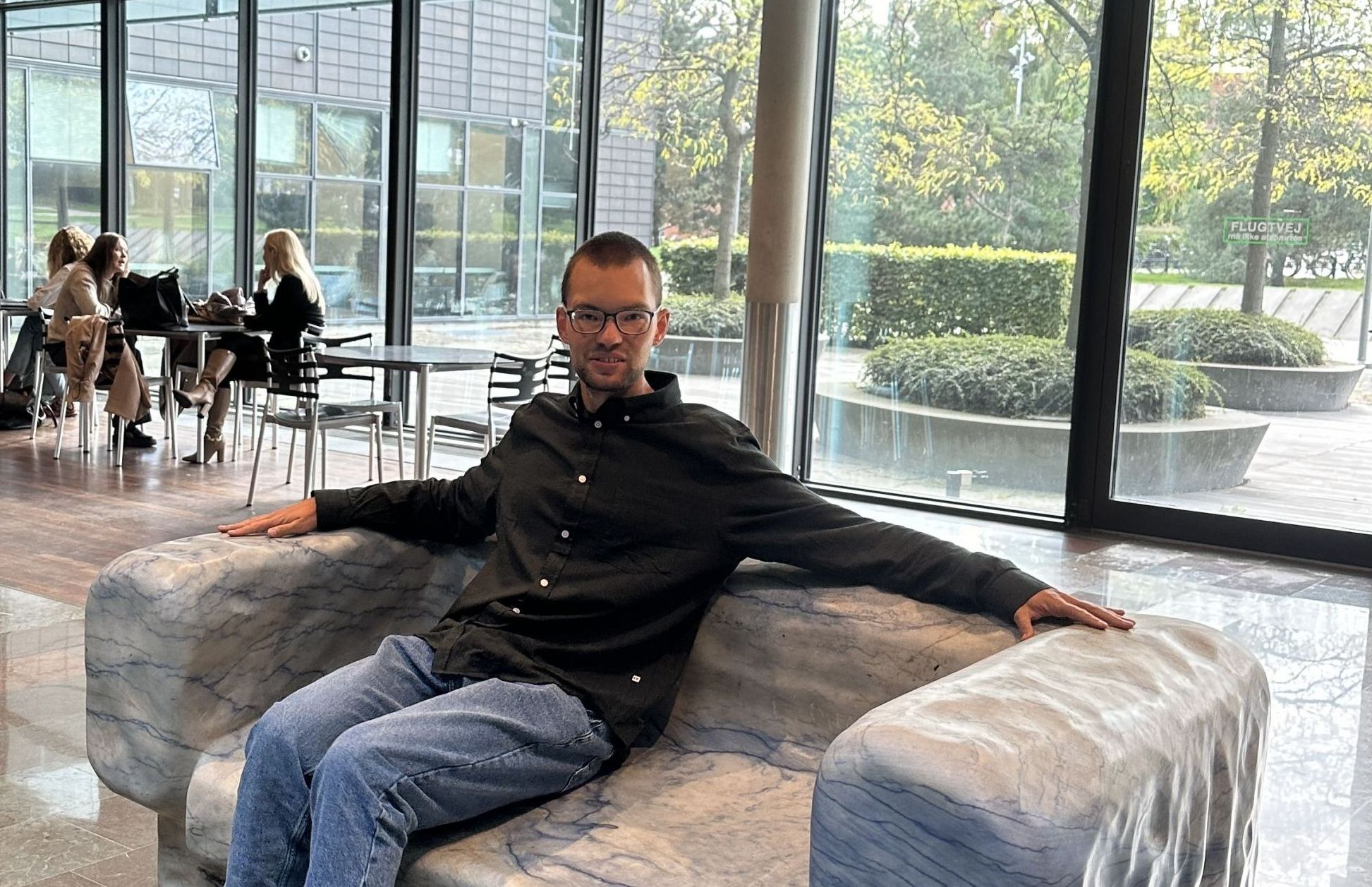
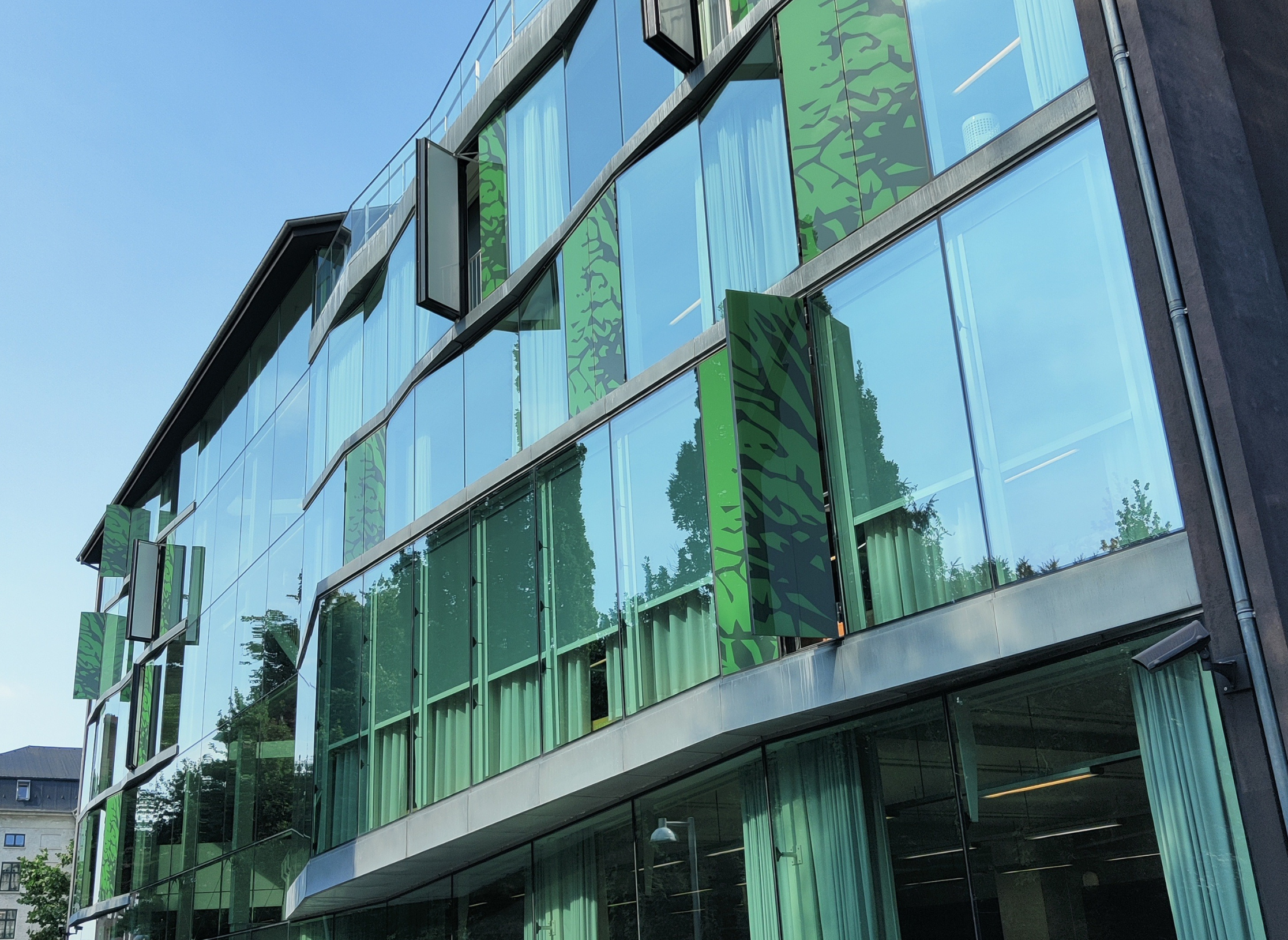


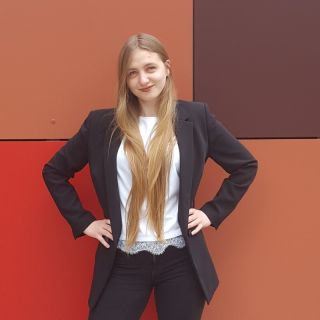
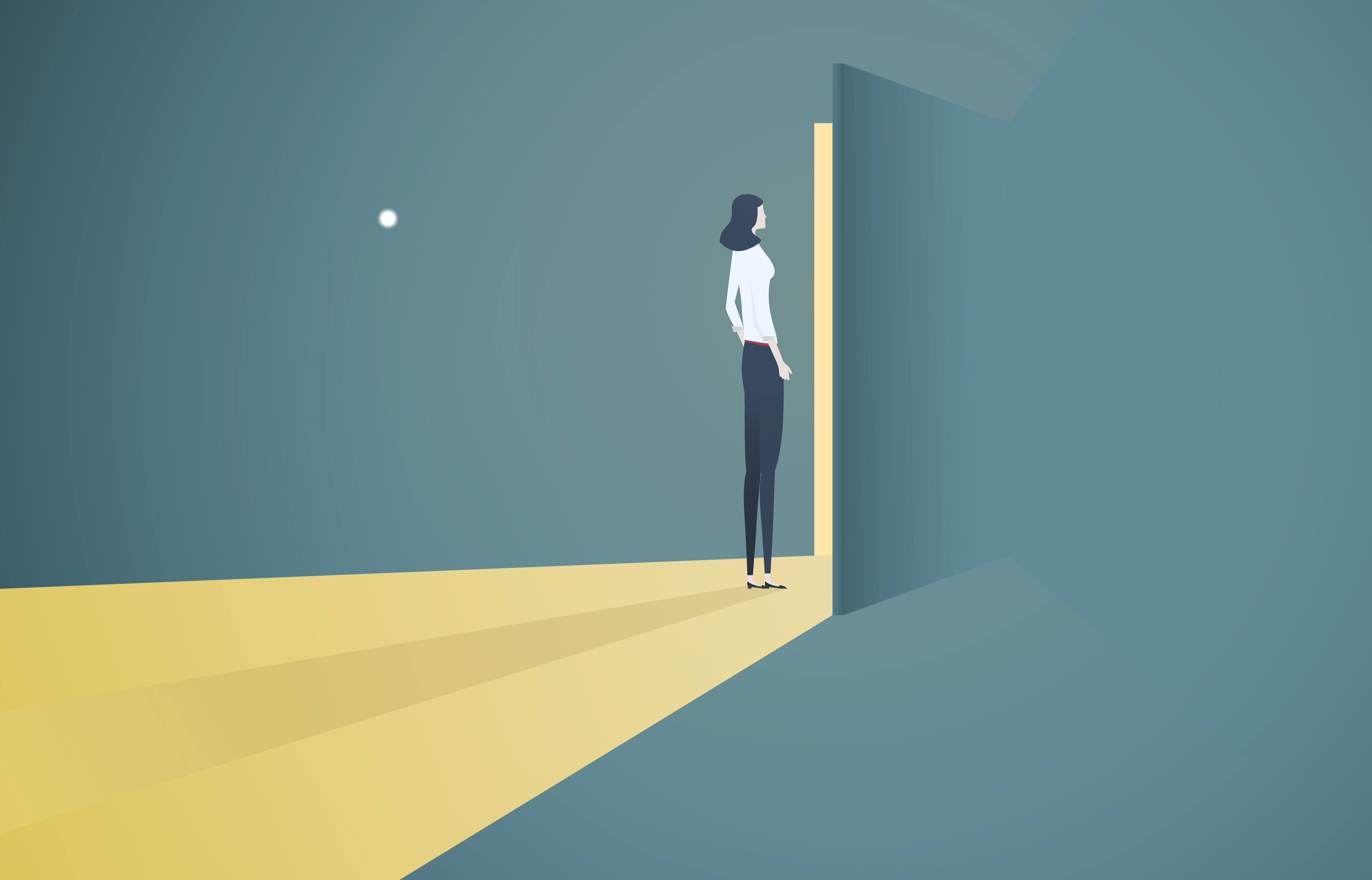
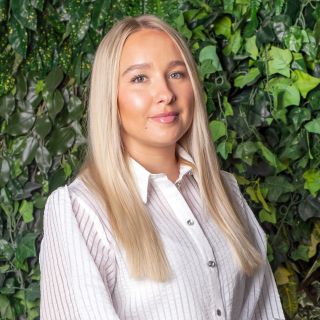

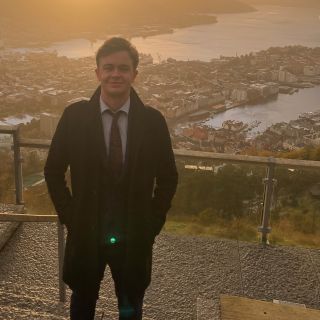
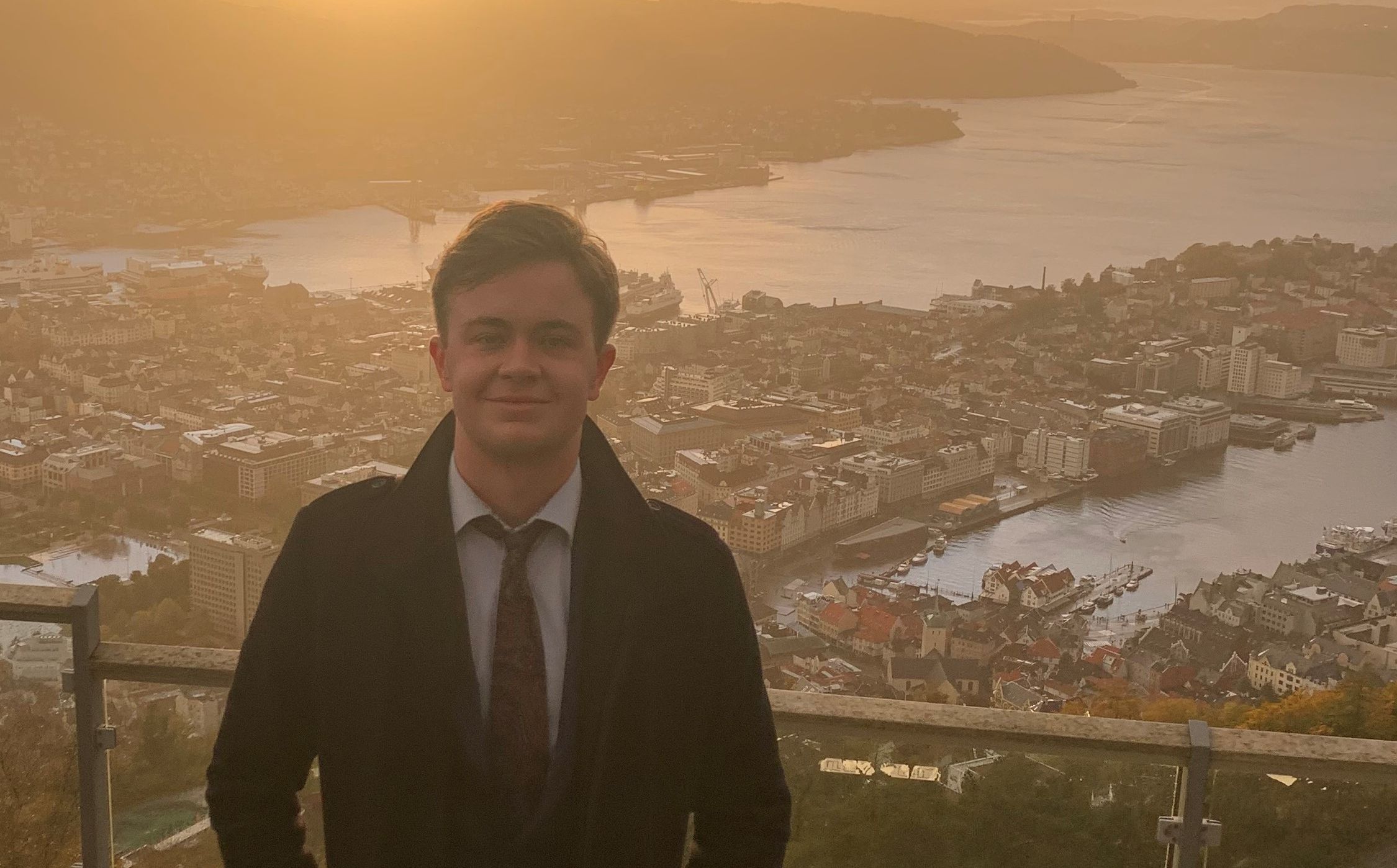

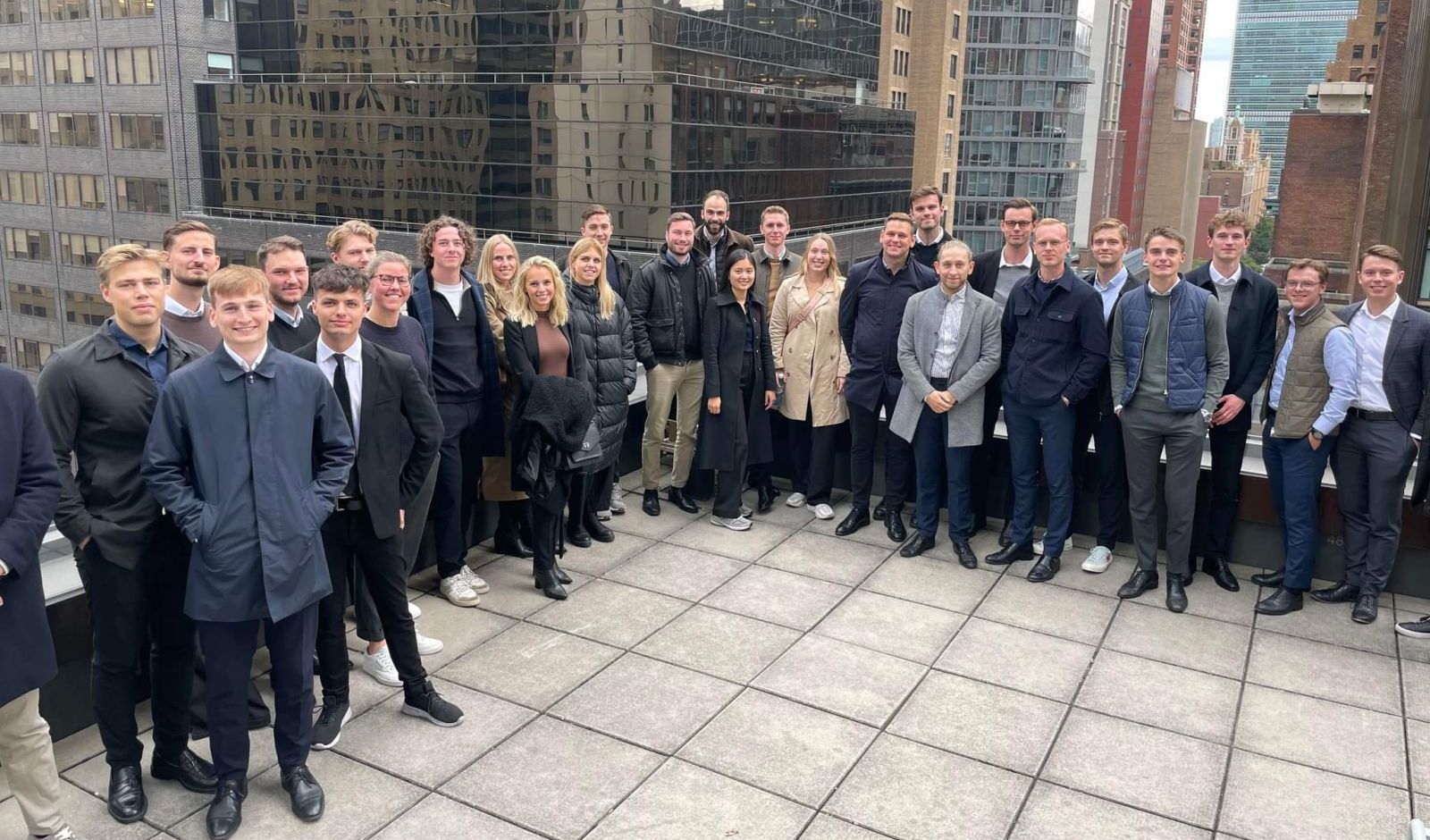
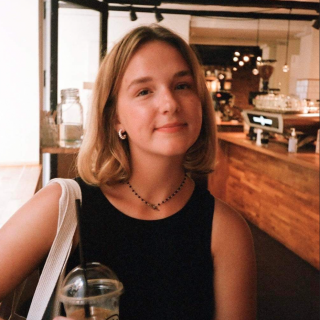
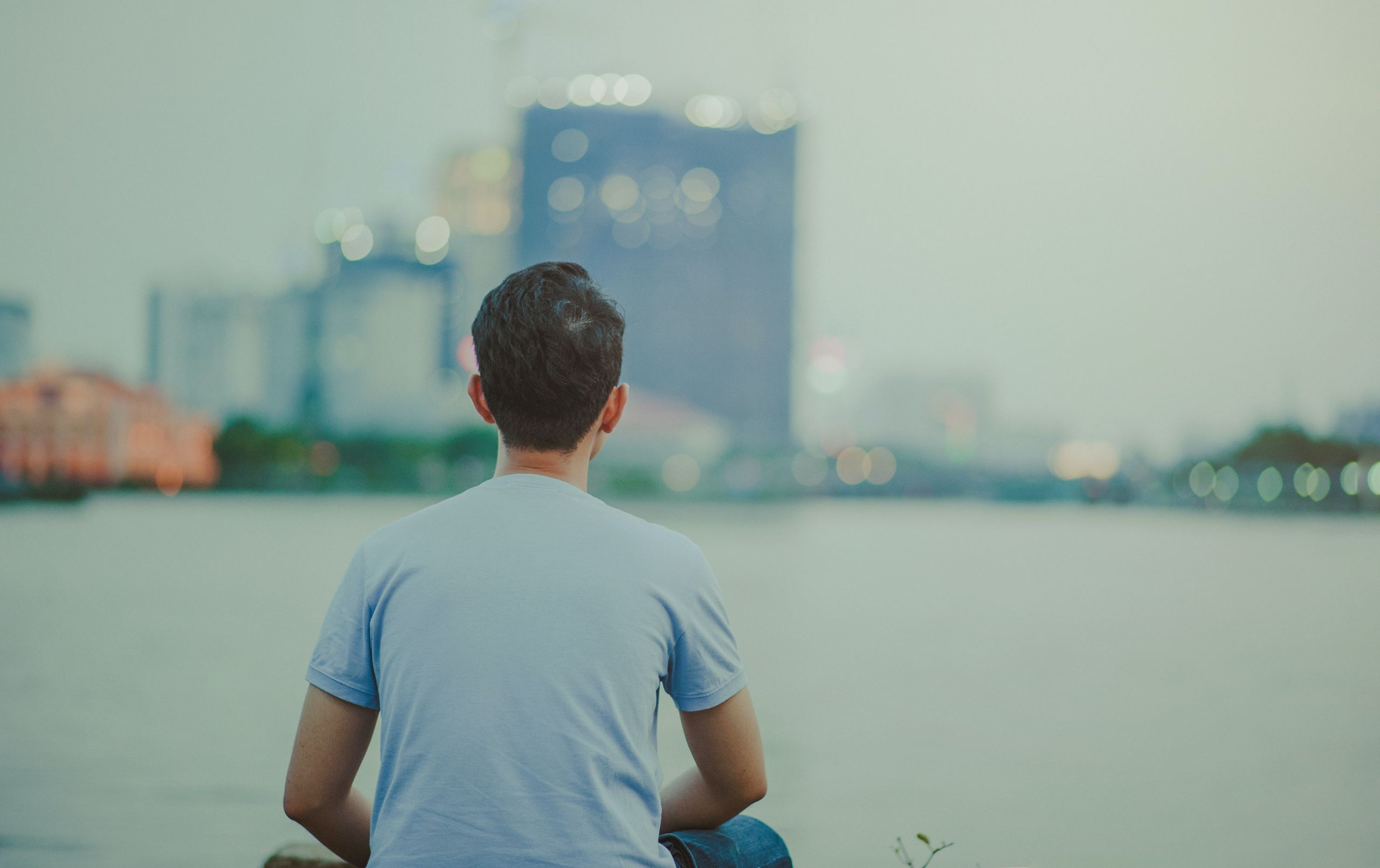
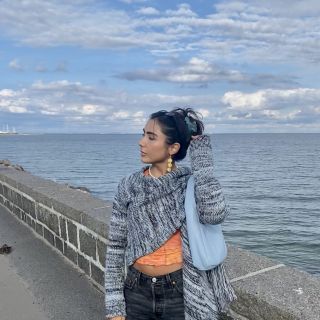
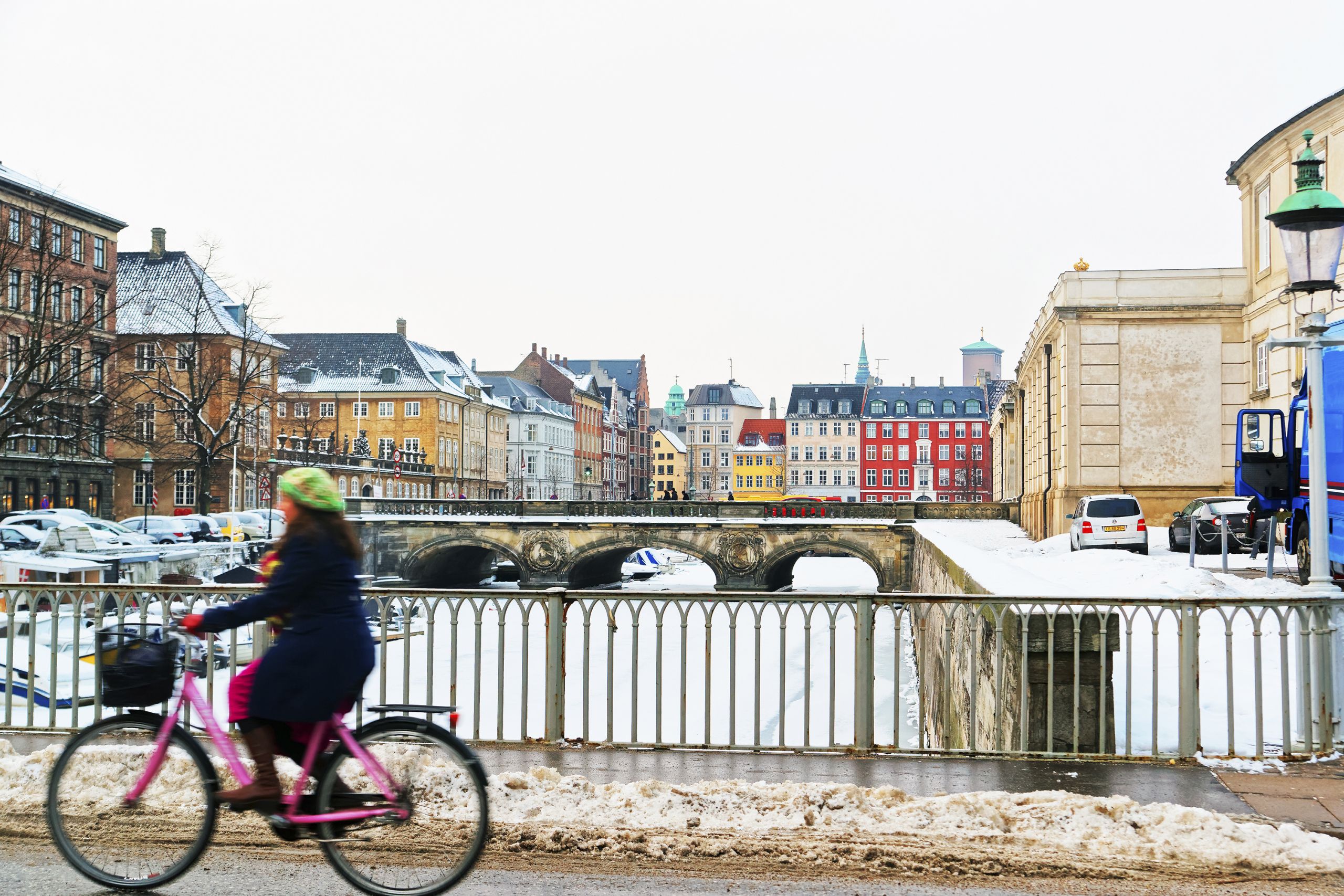
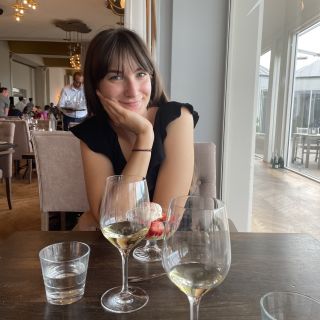
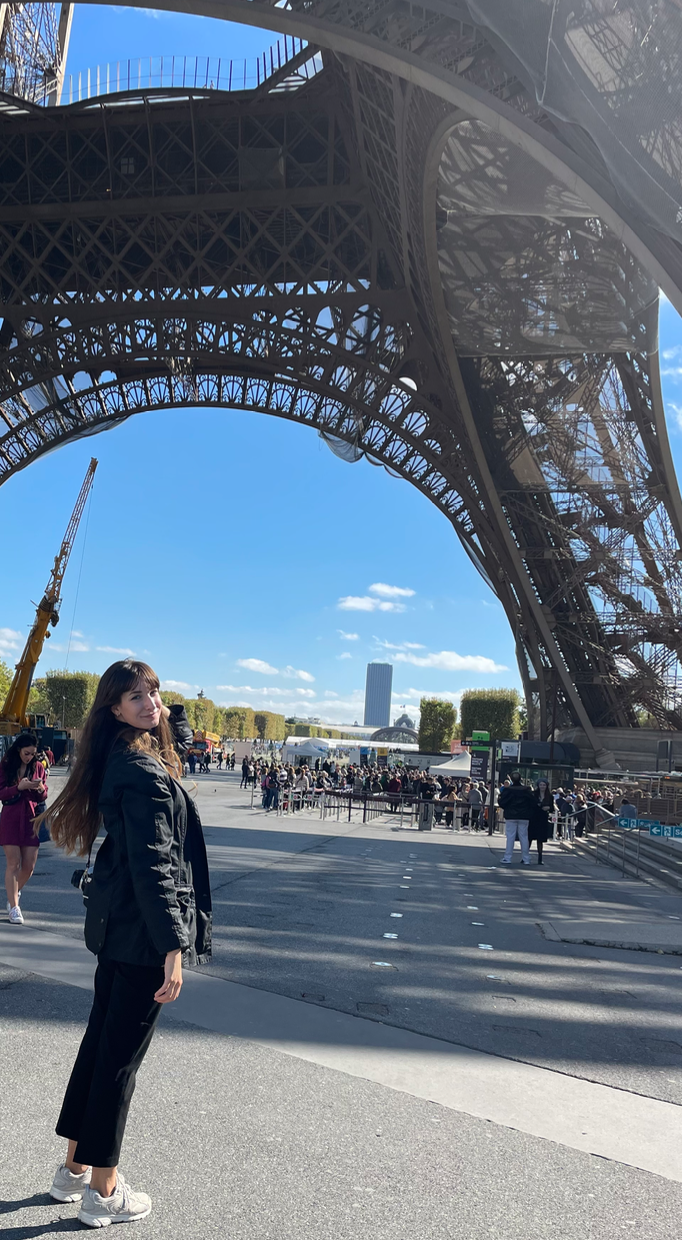
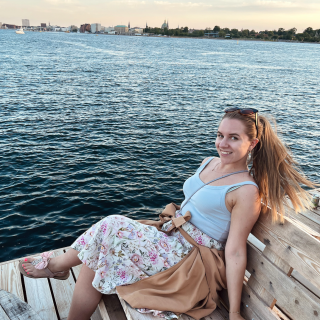

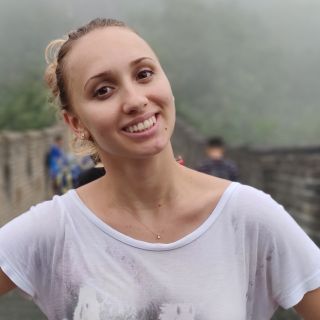
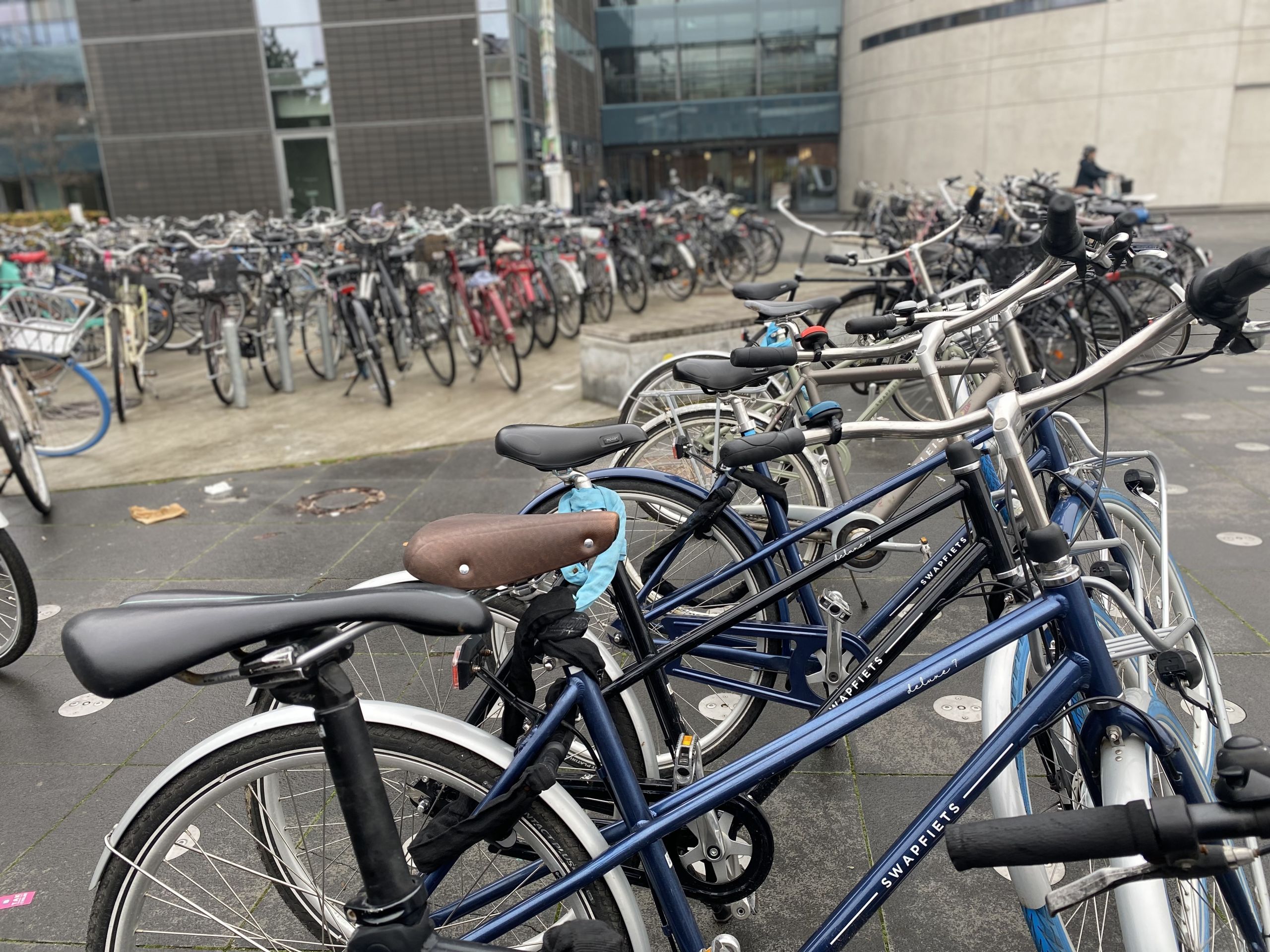
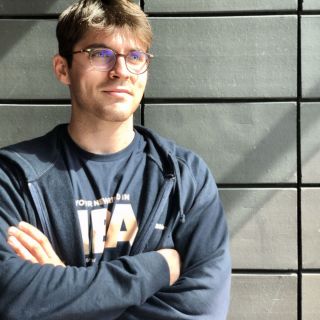
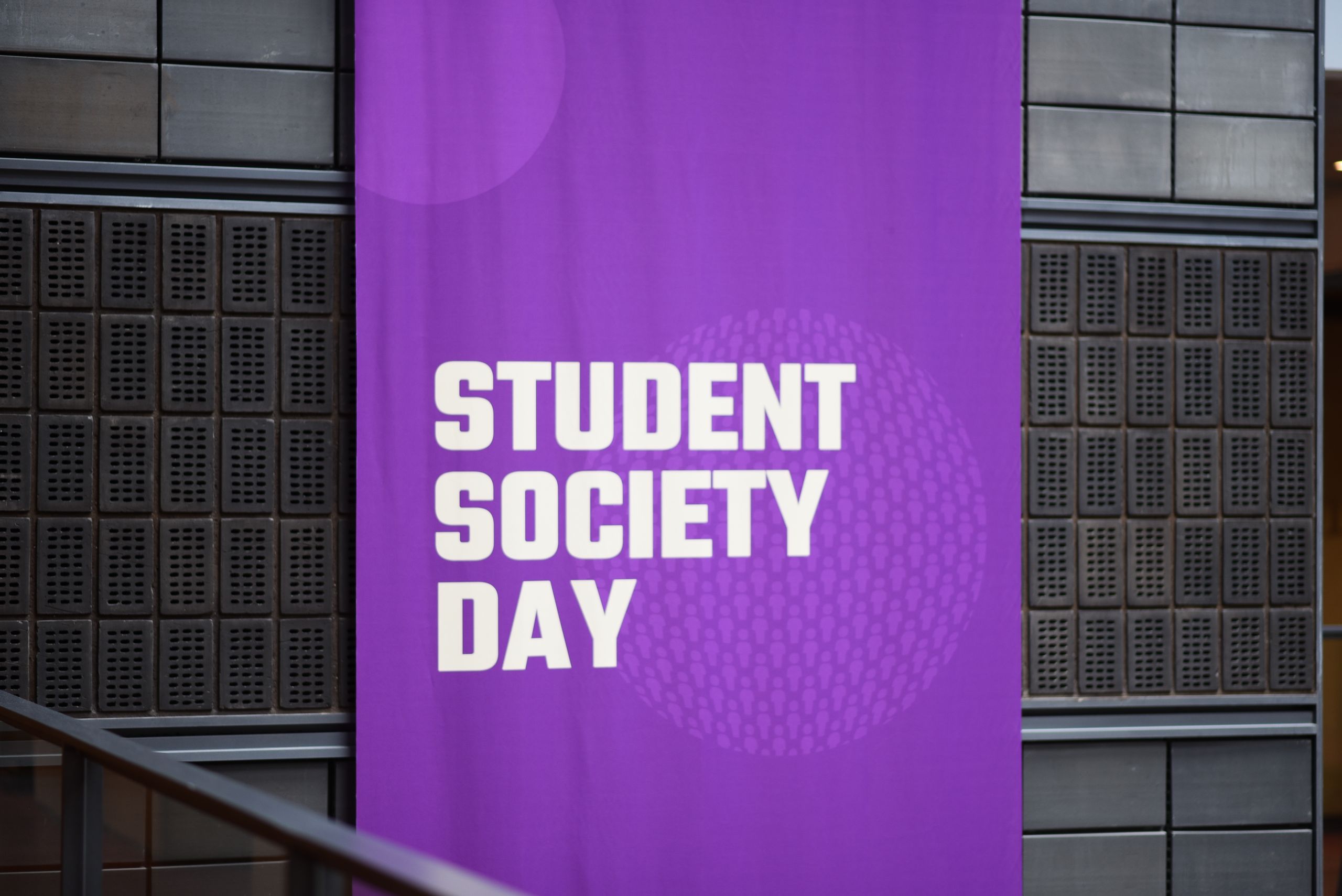
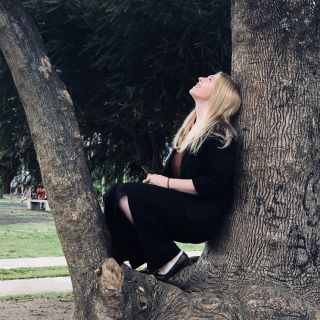
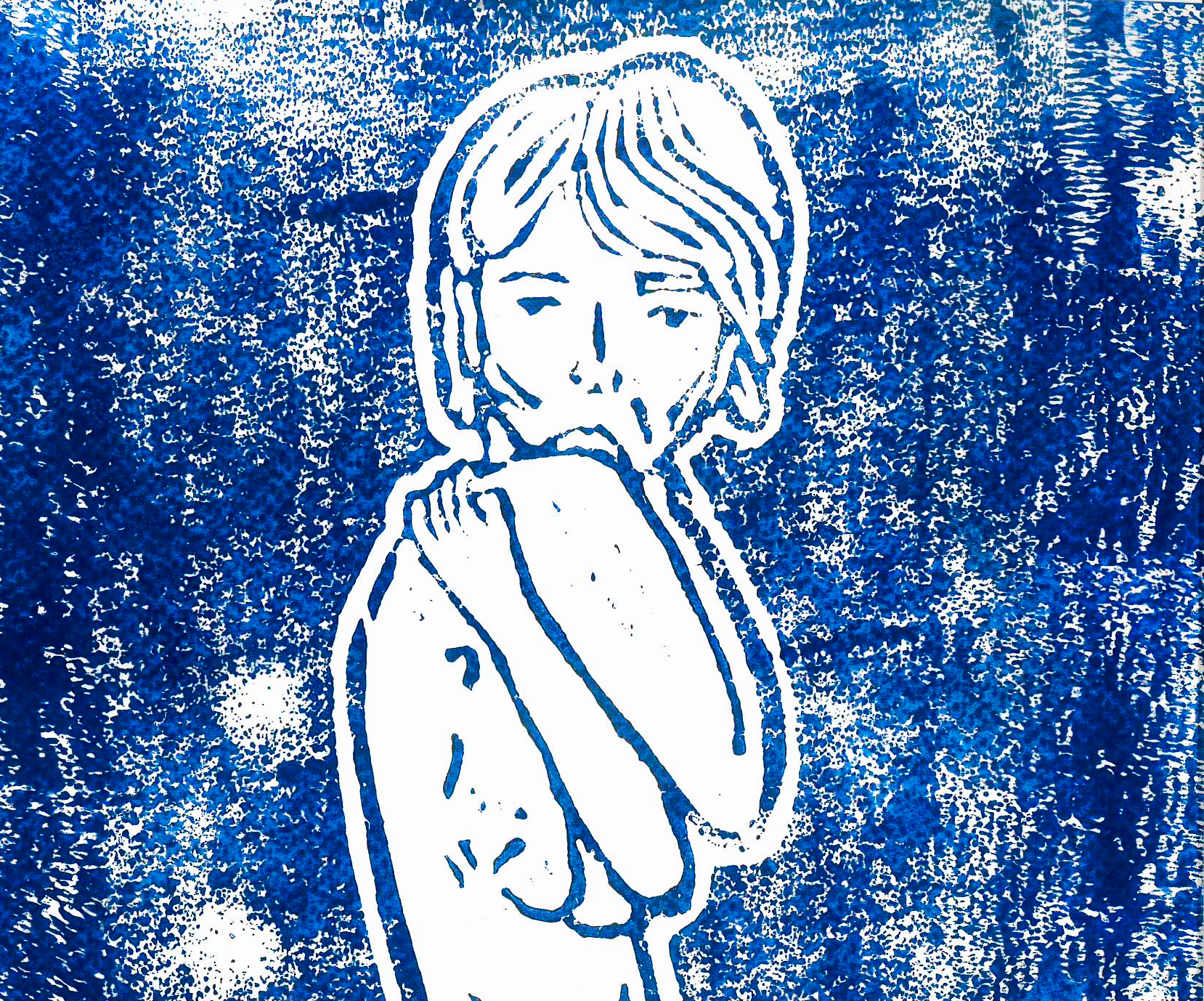

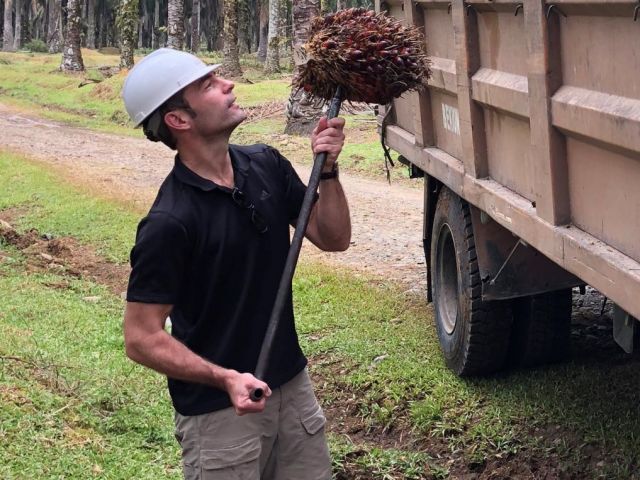
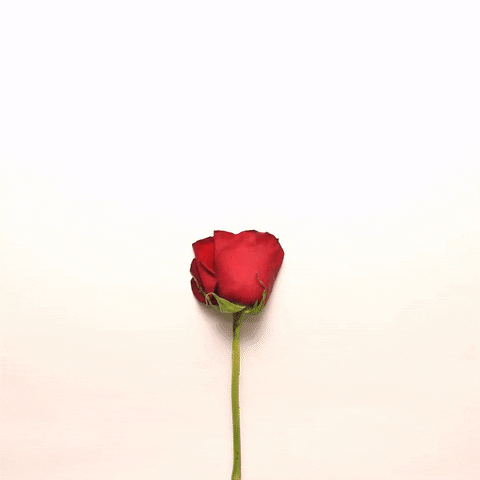
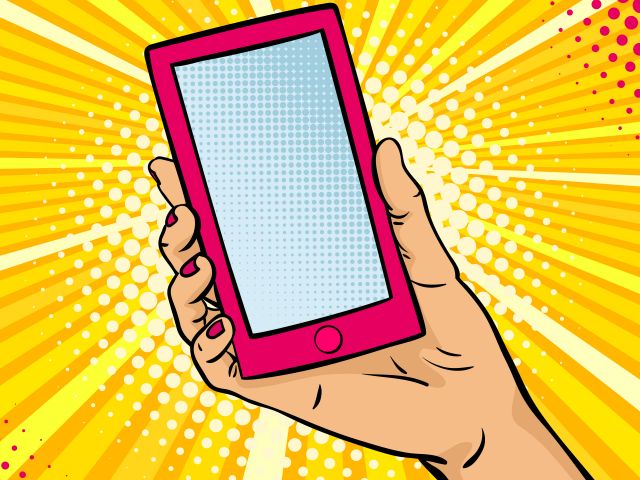
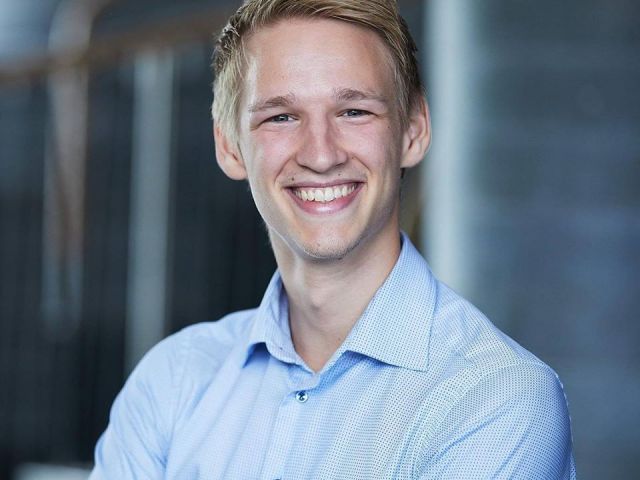
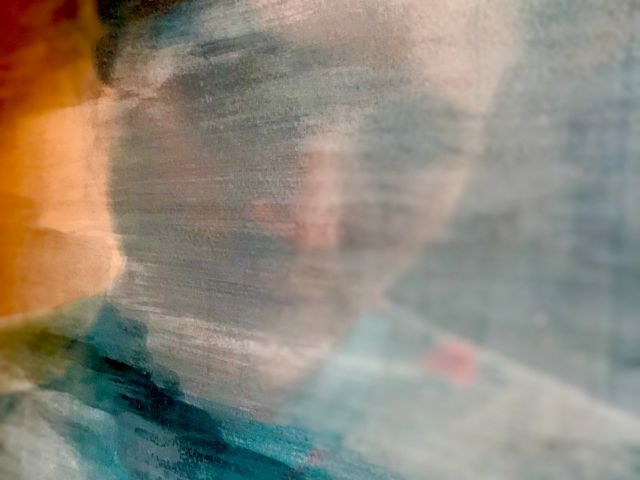
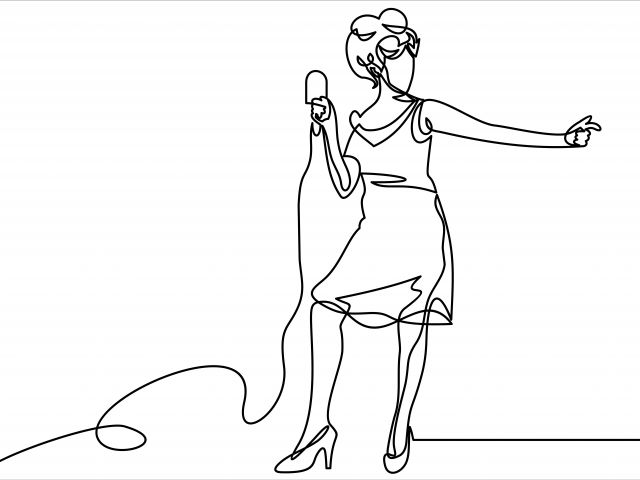
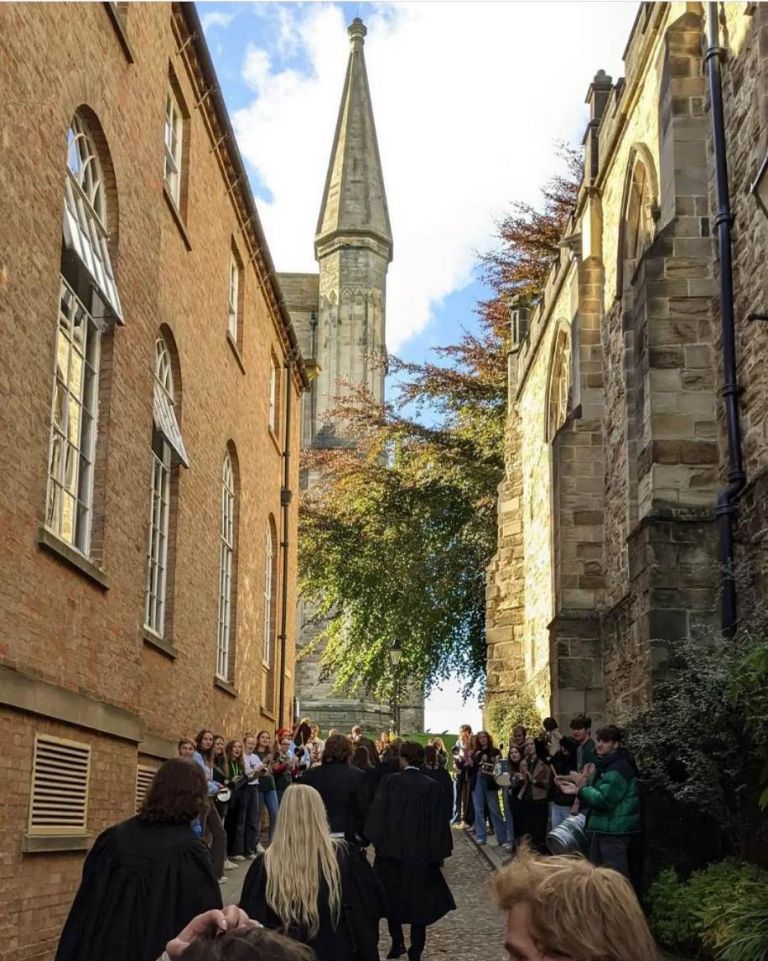
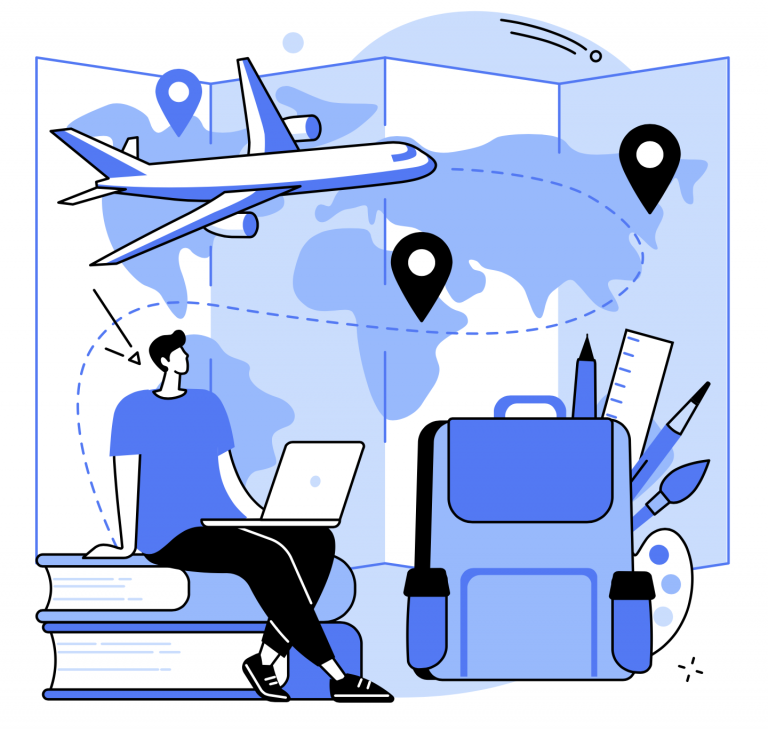
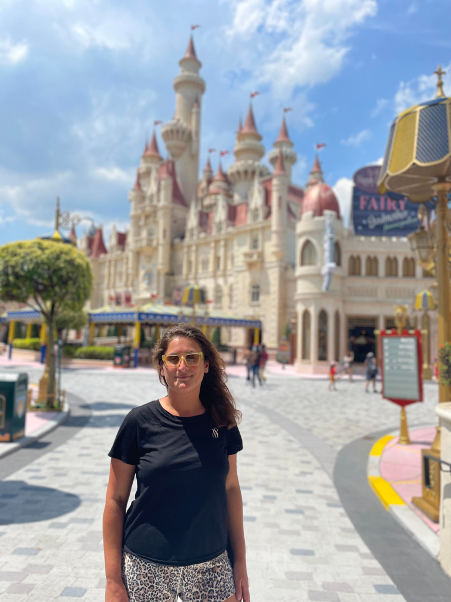
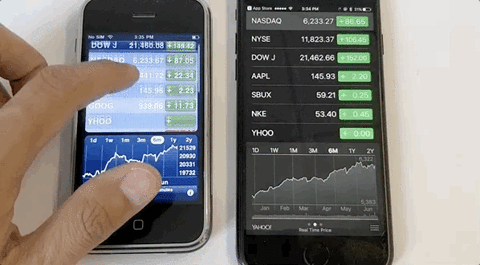
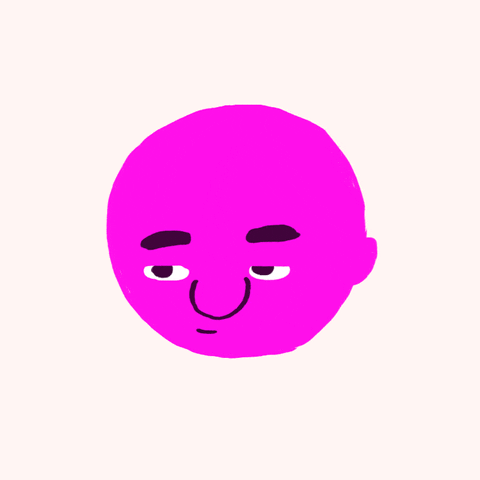
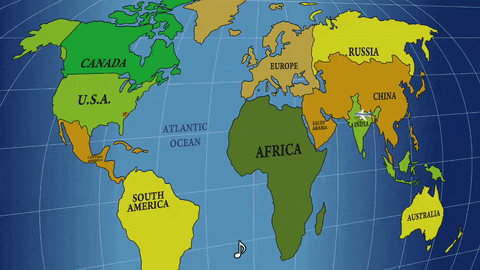

Comments